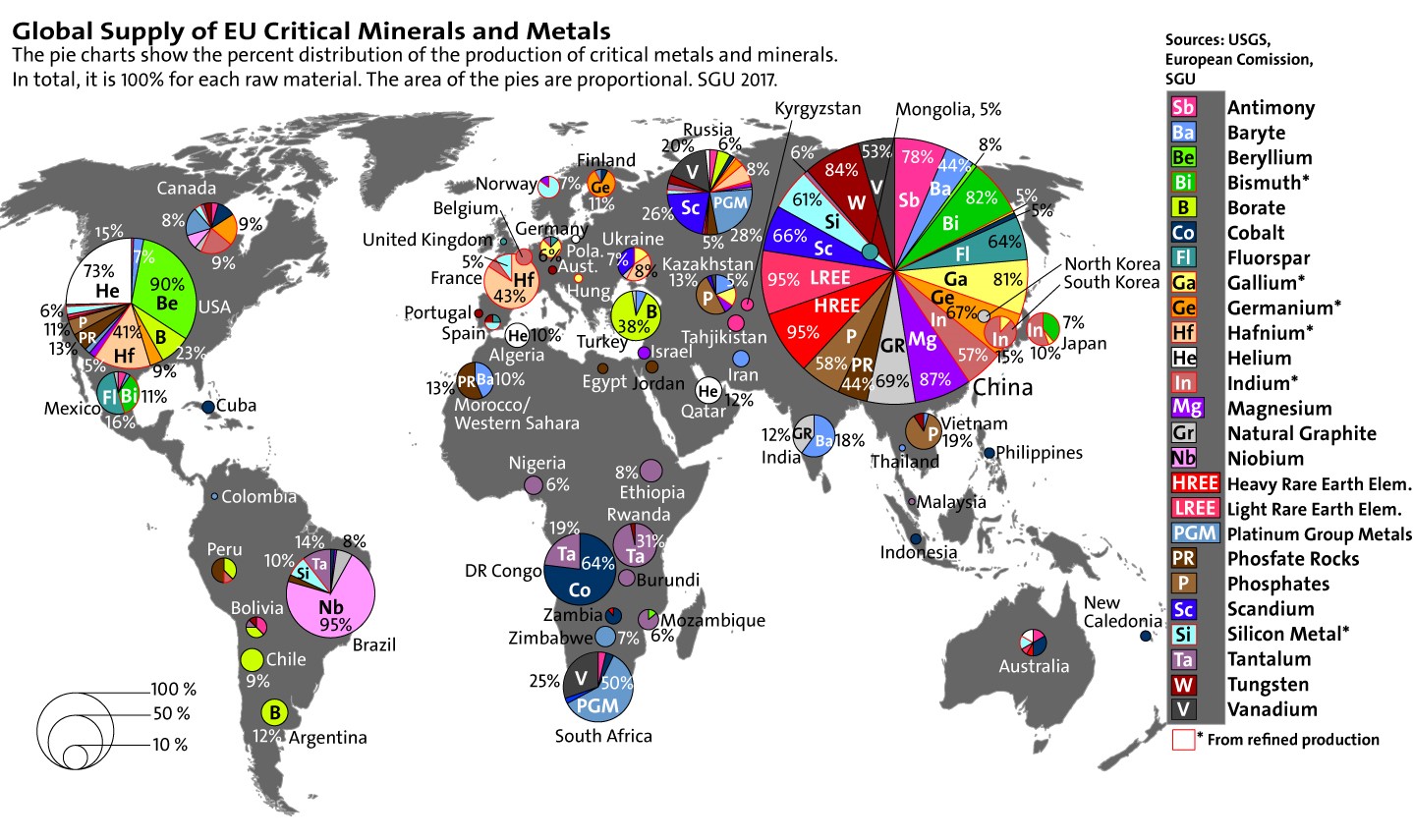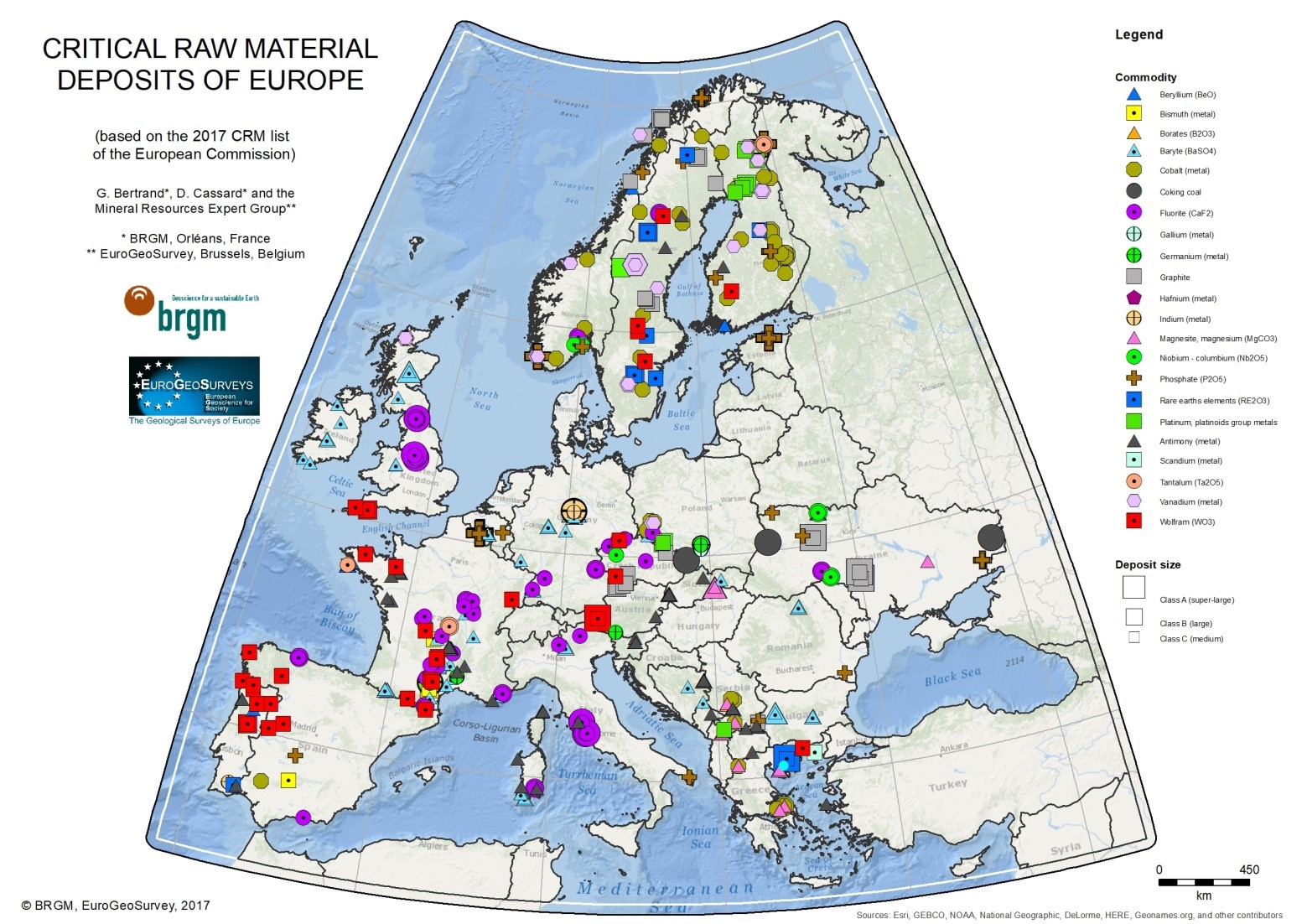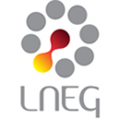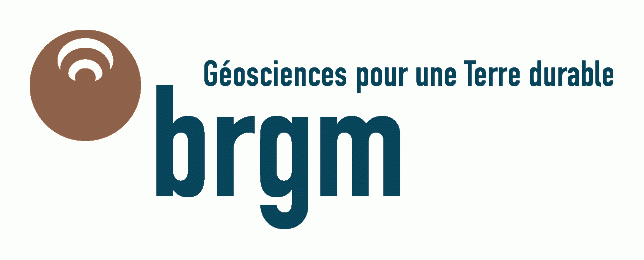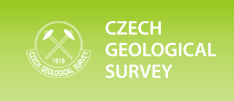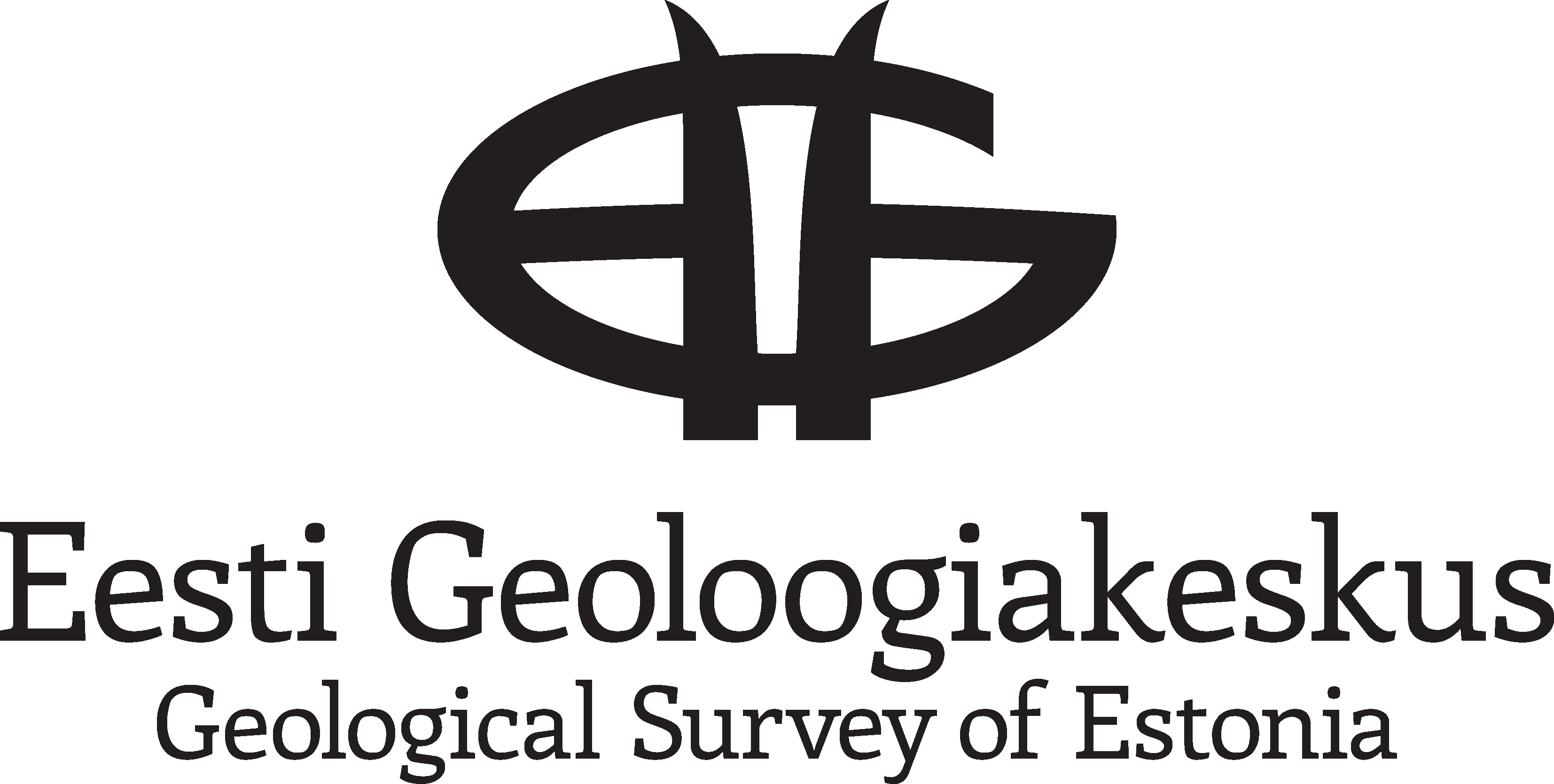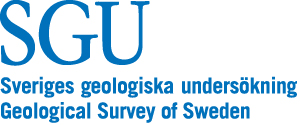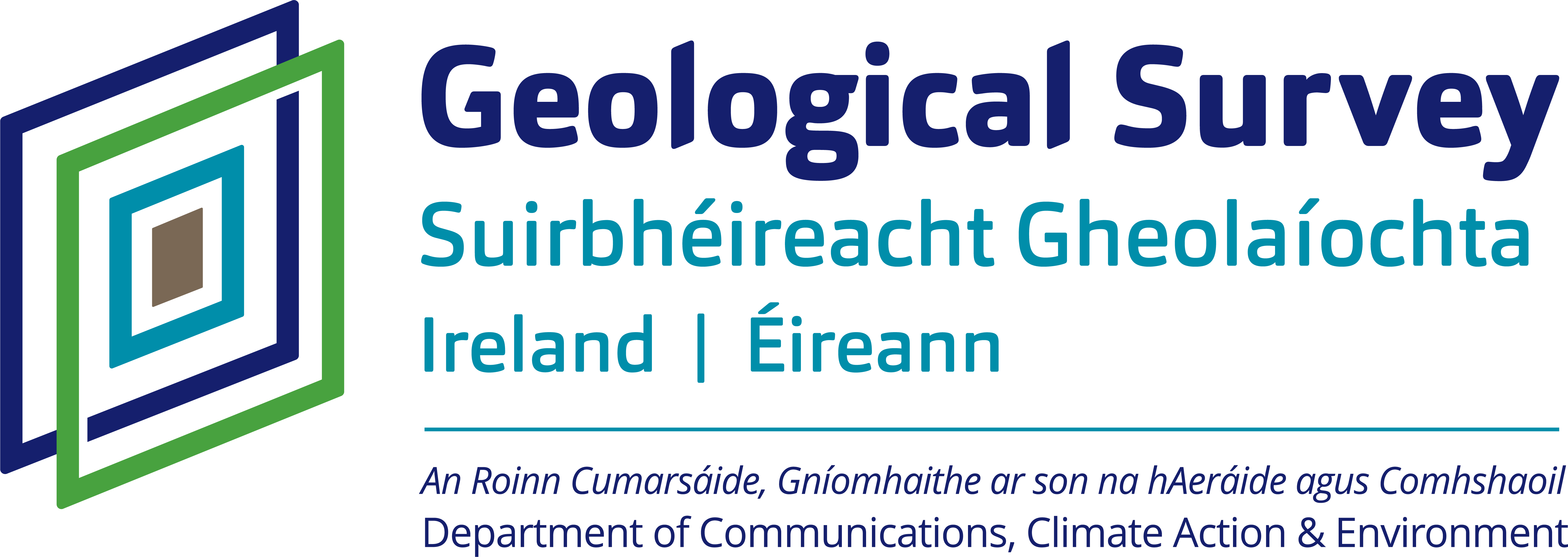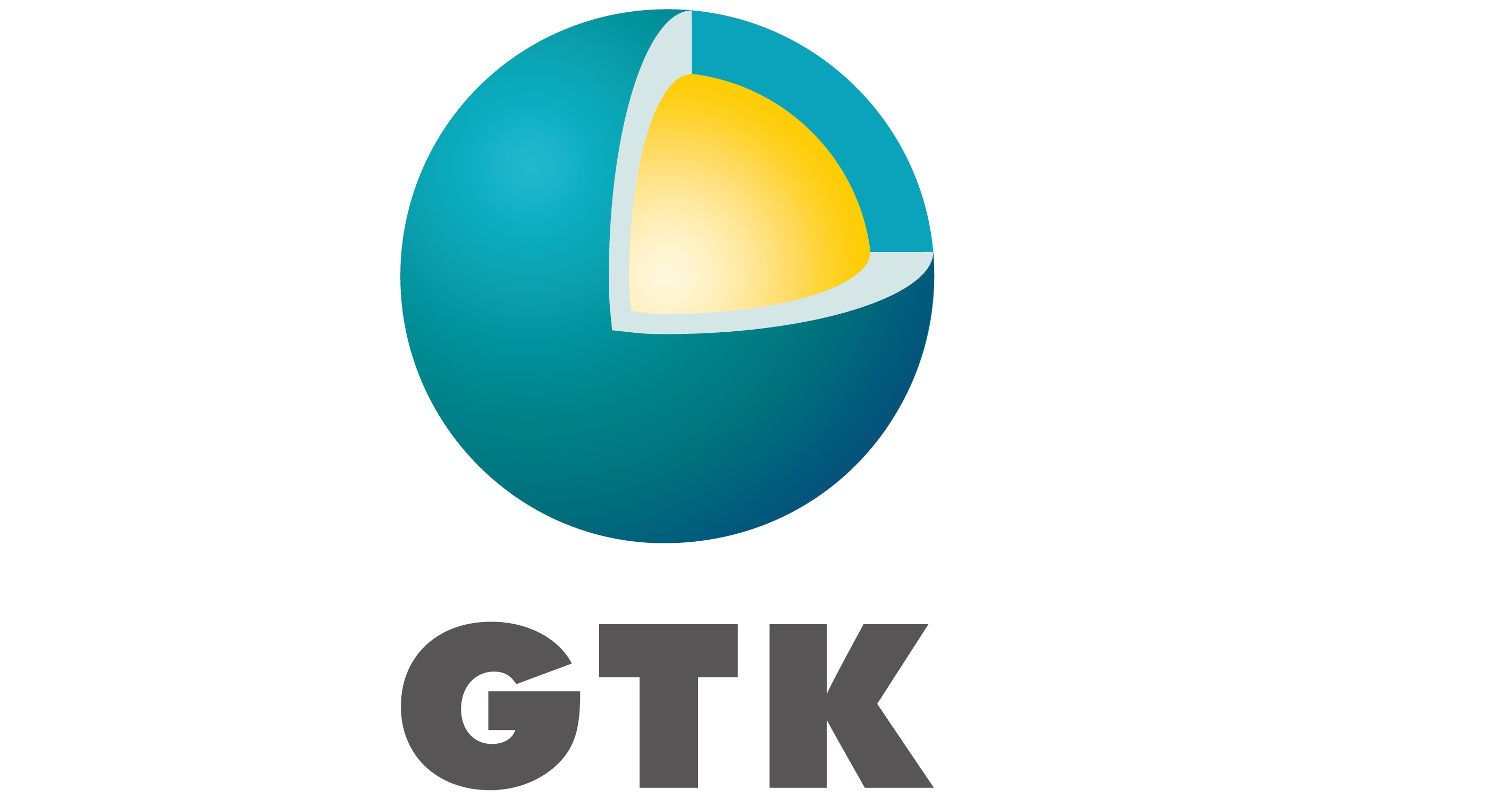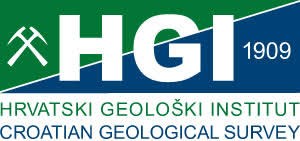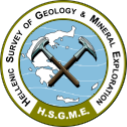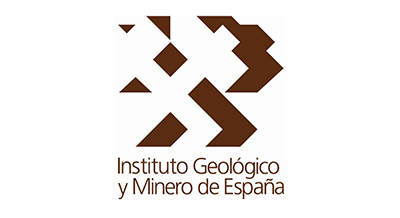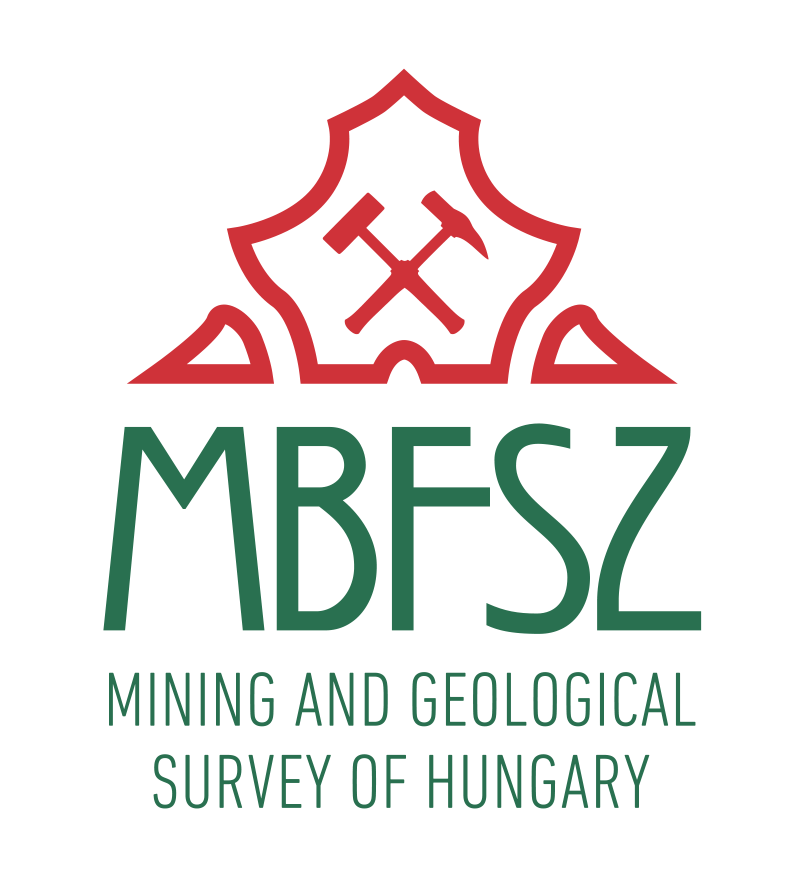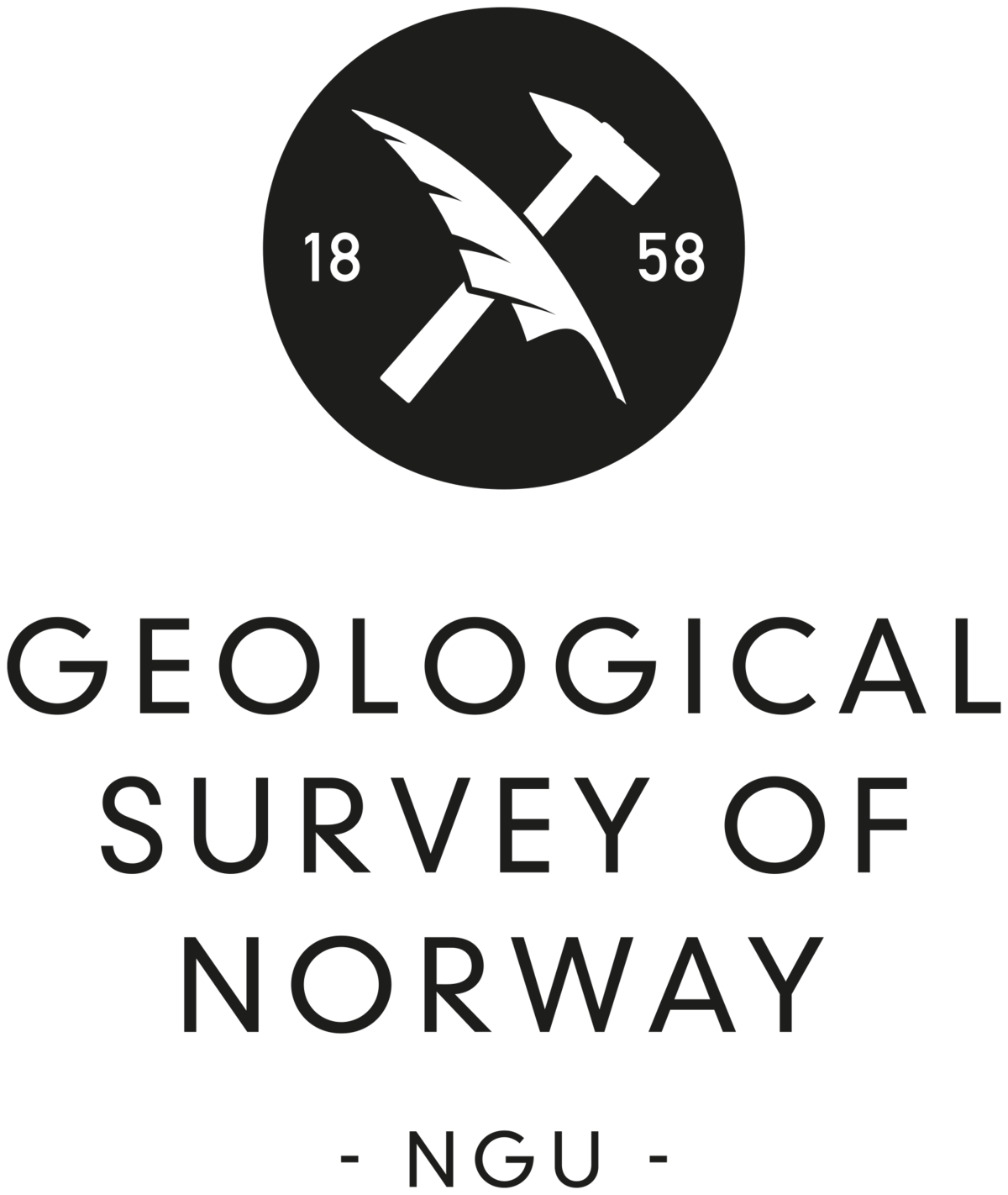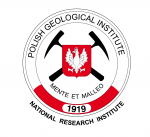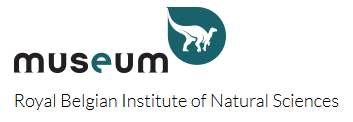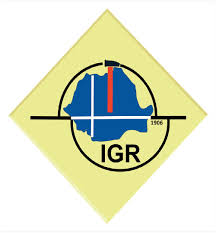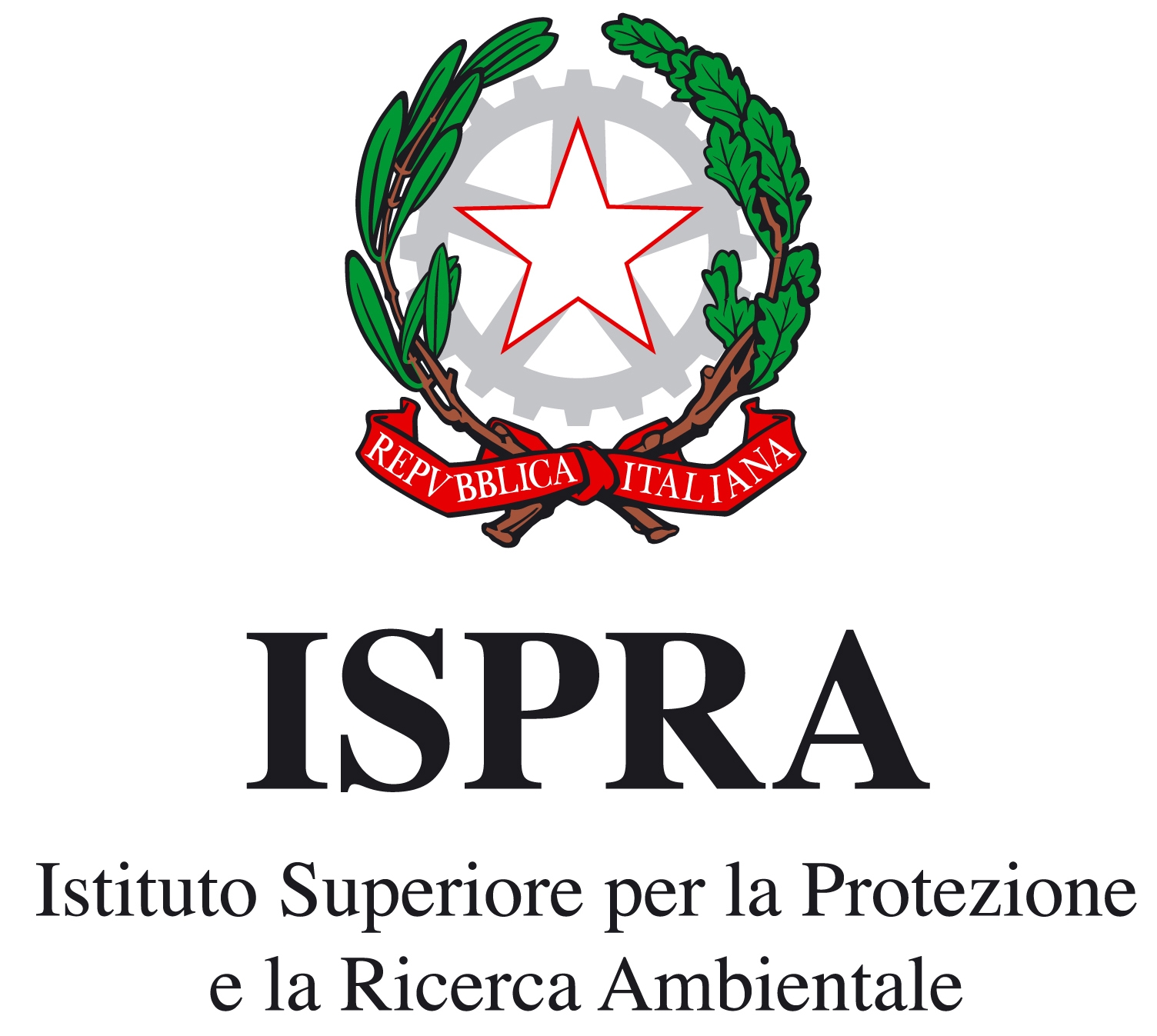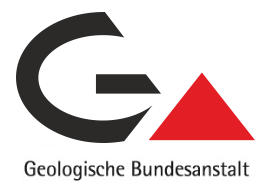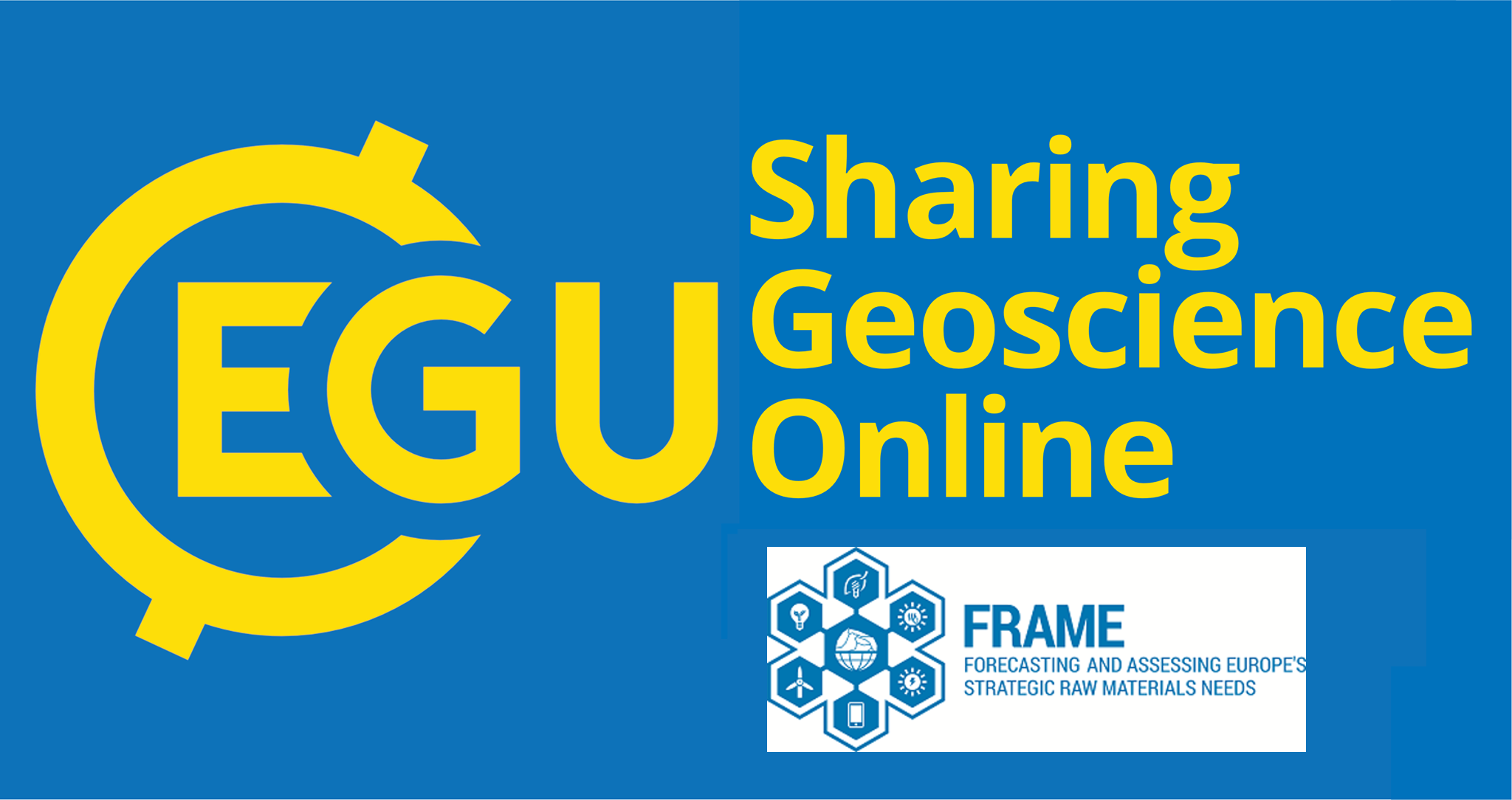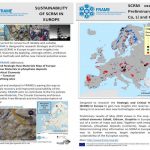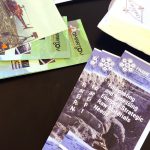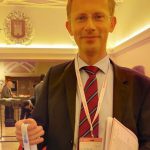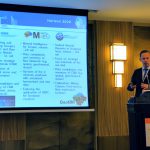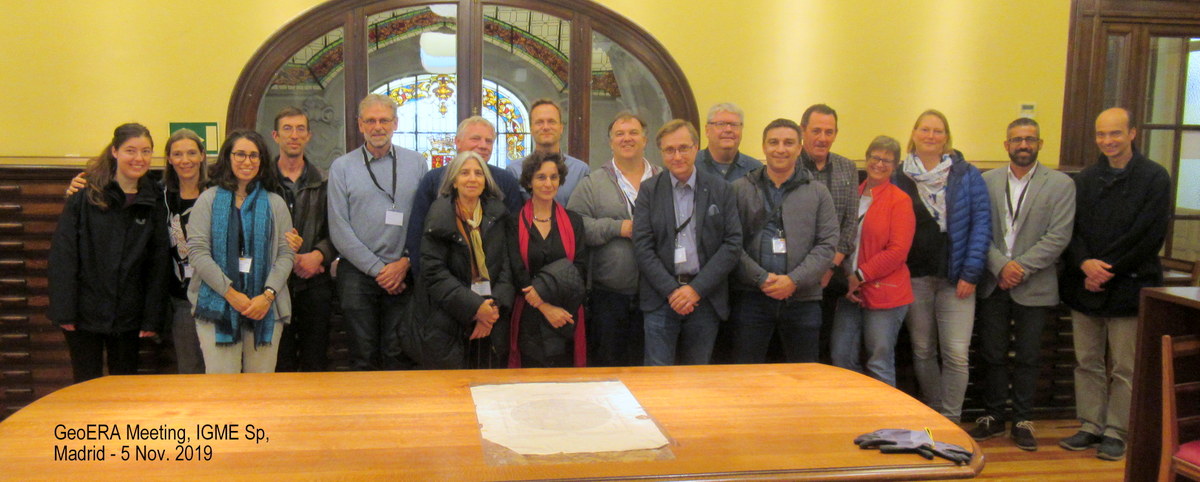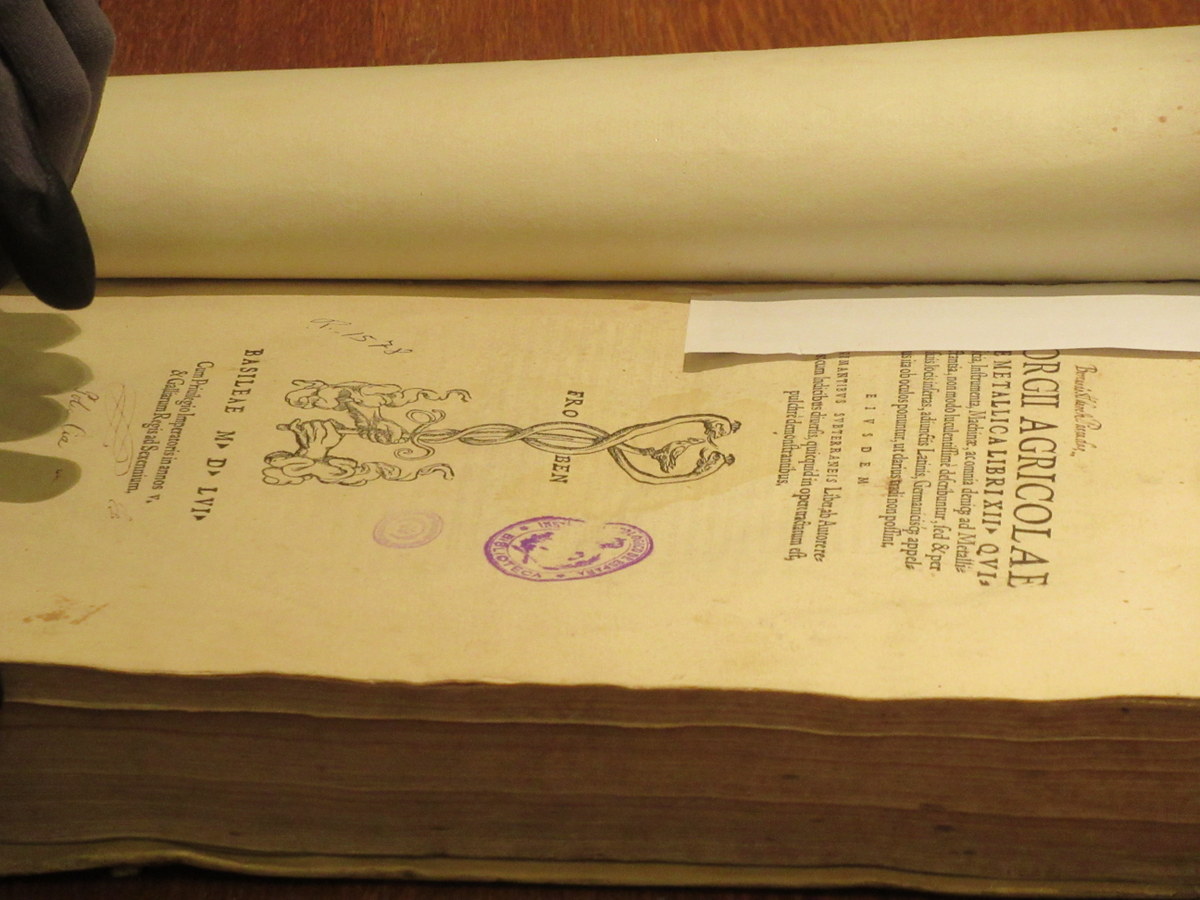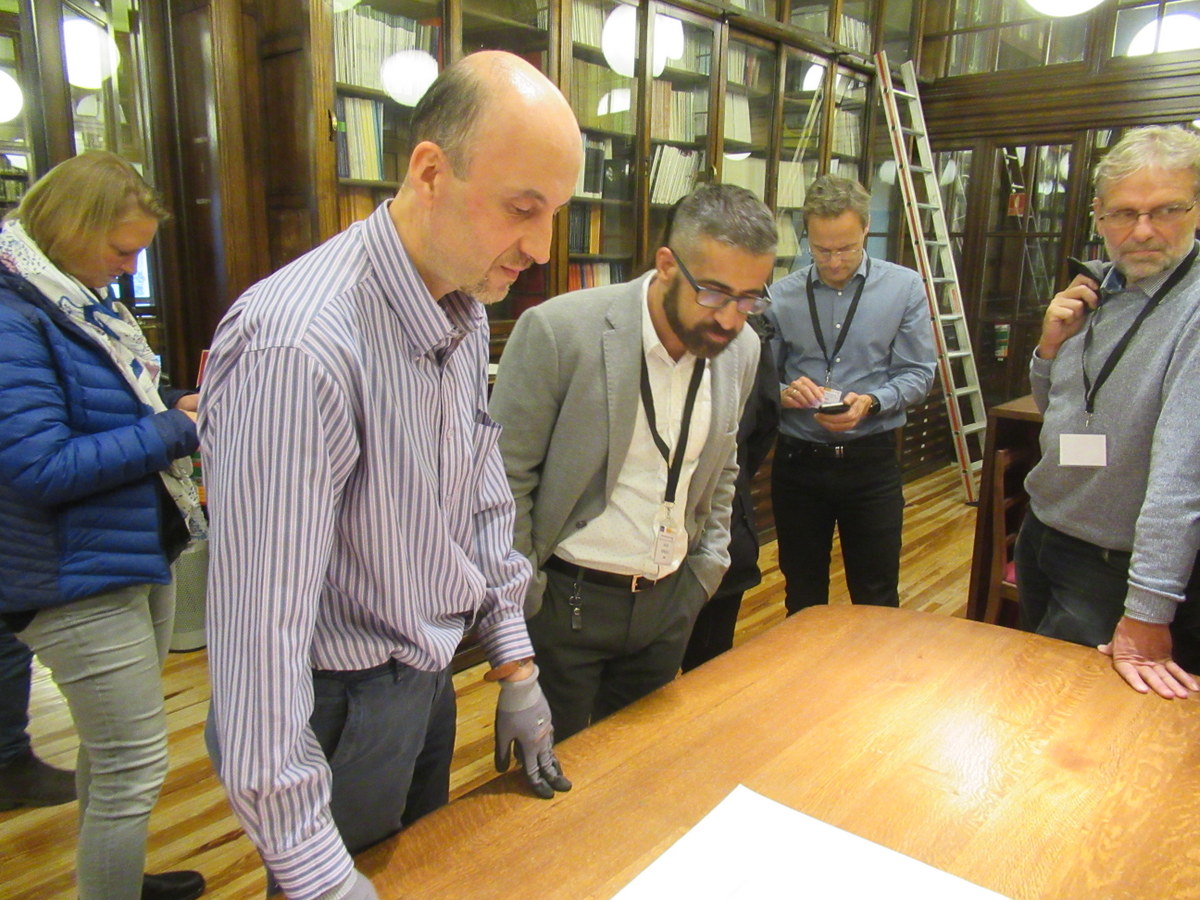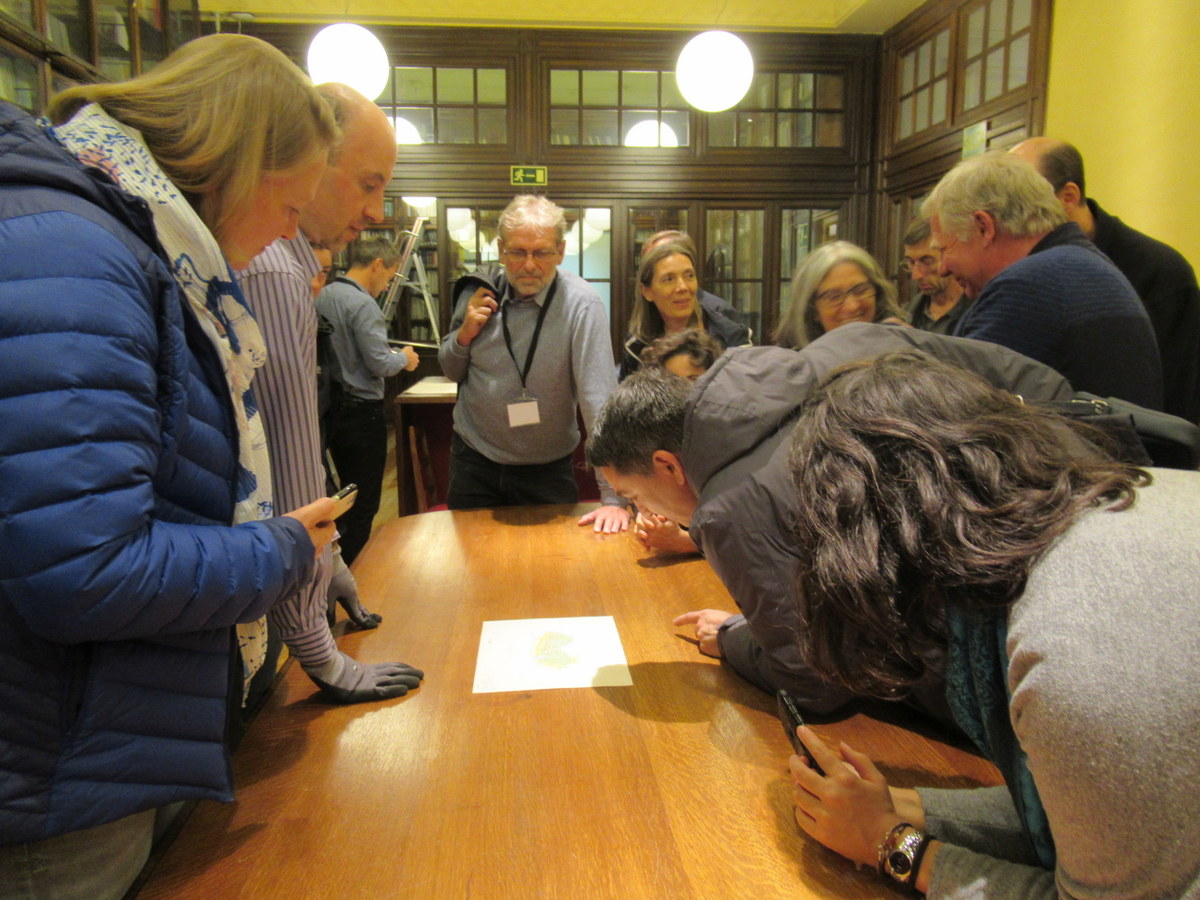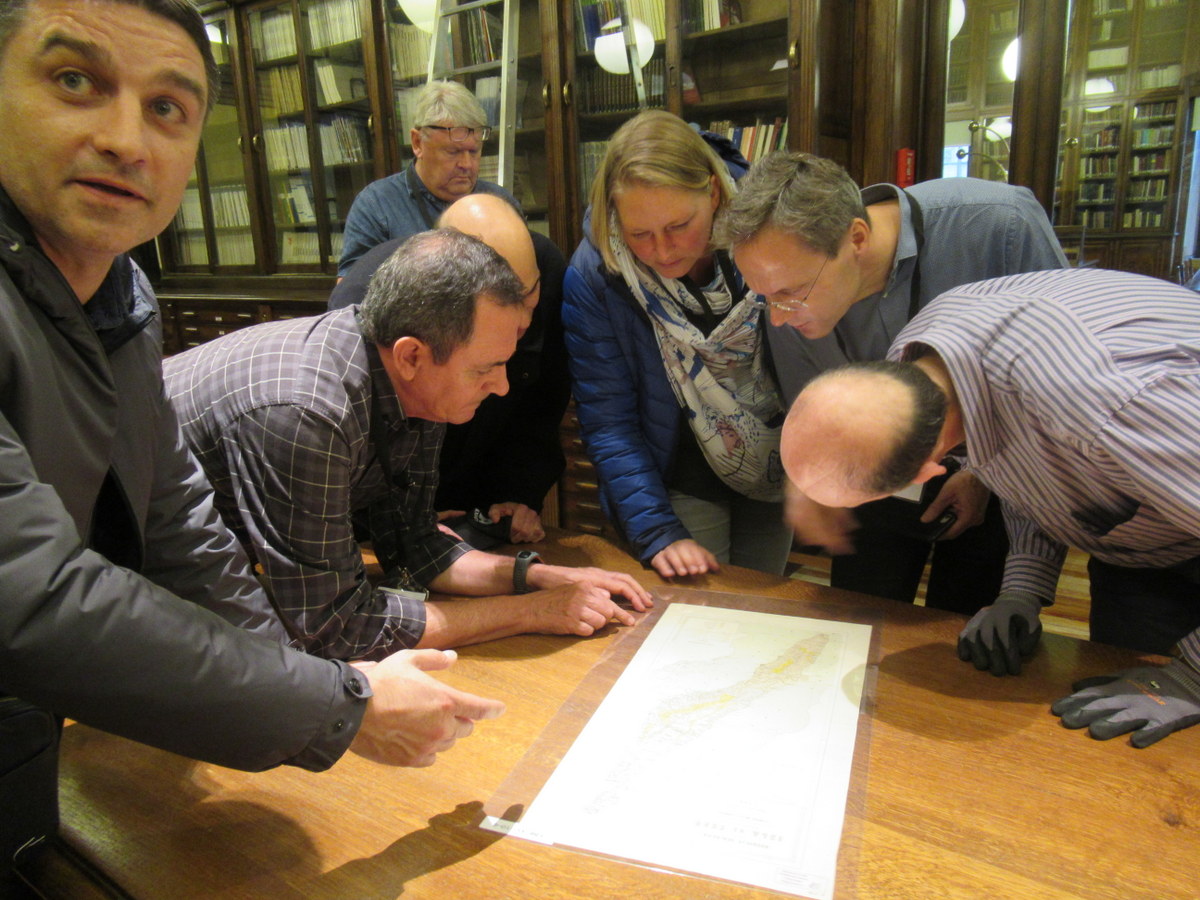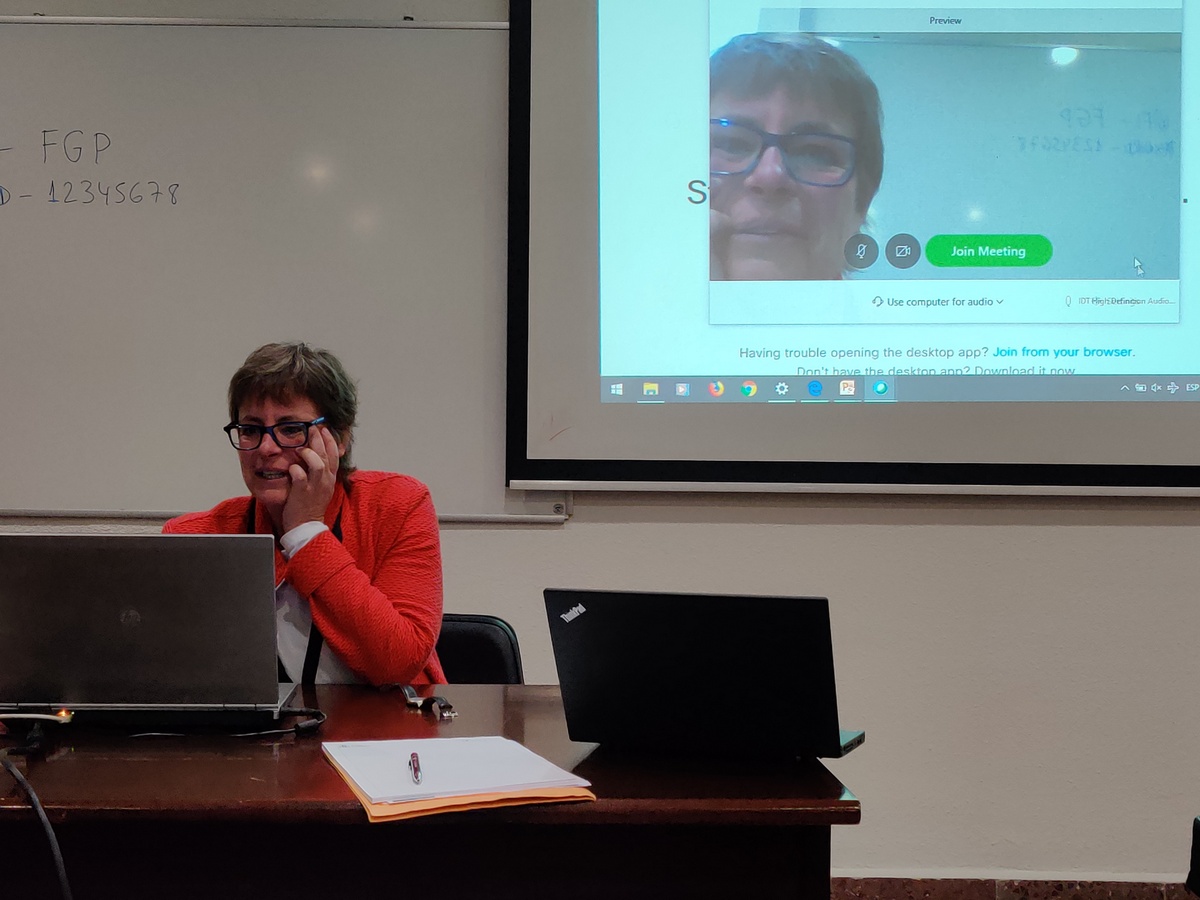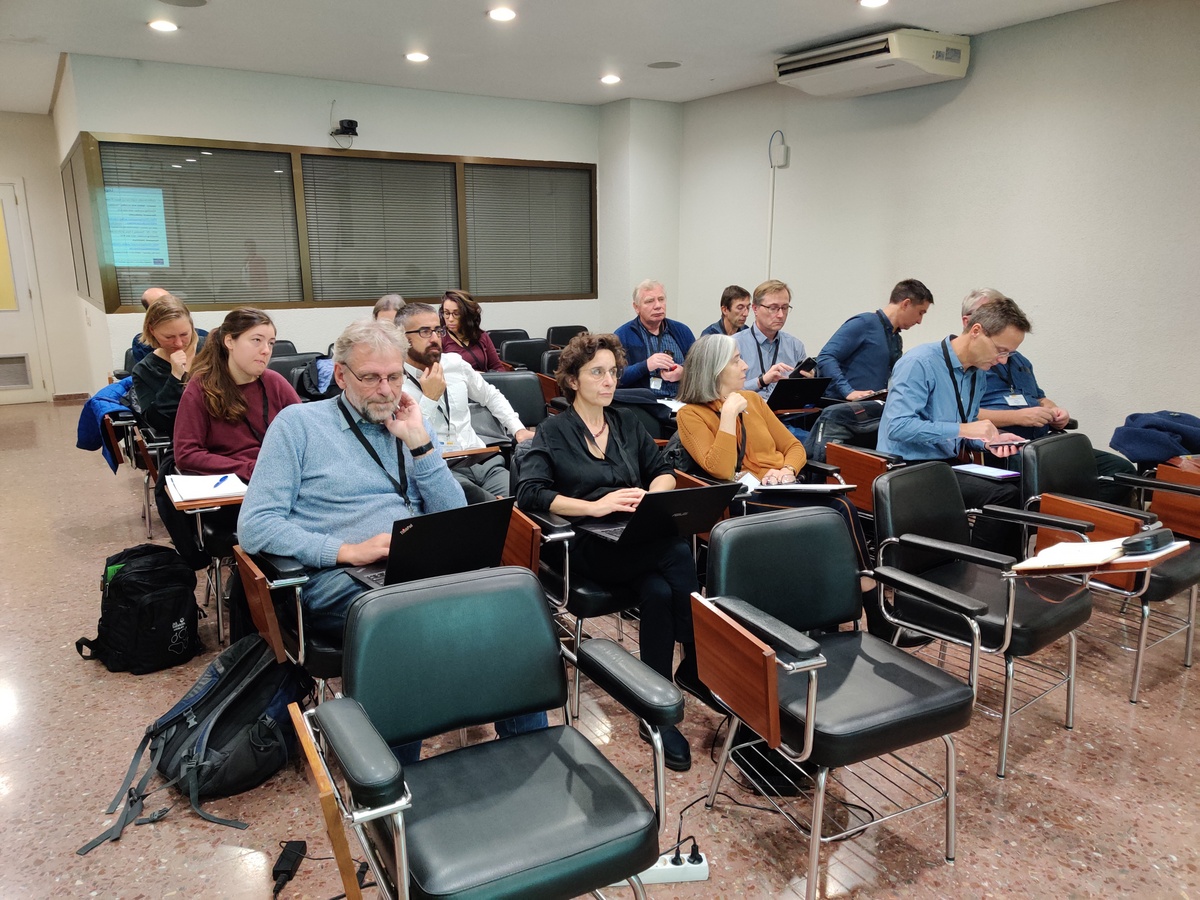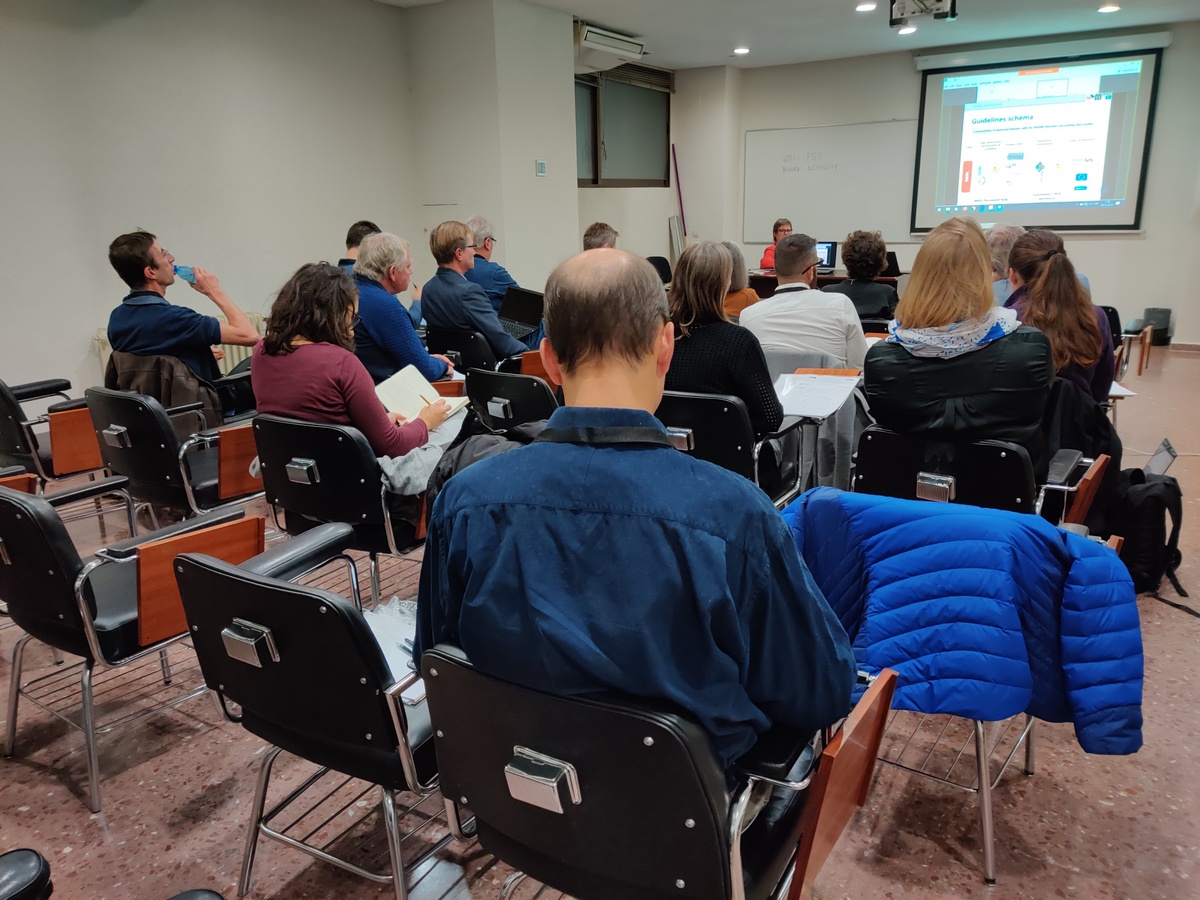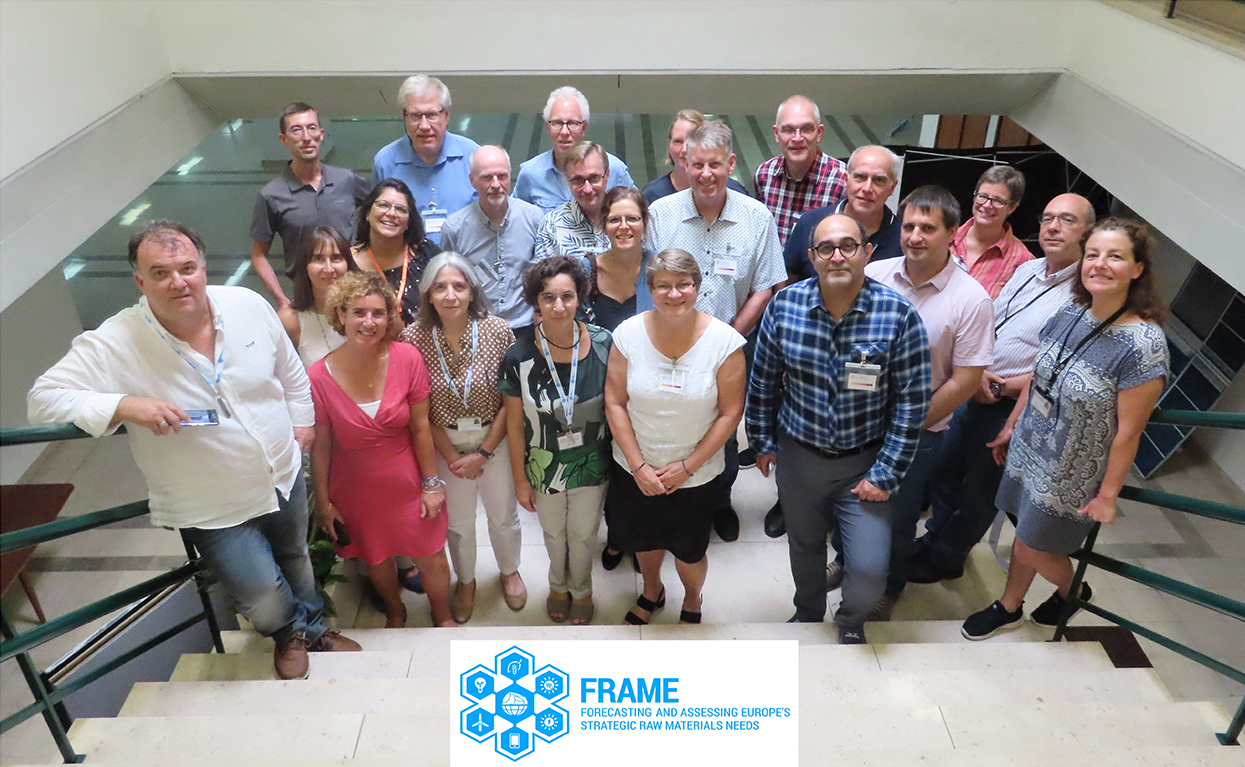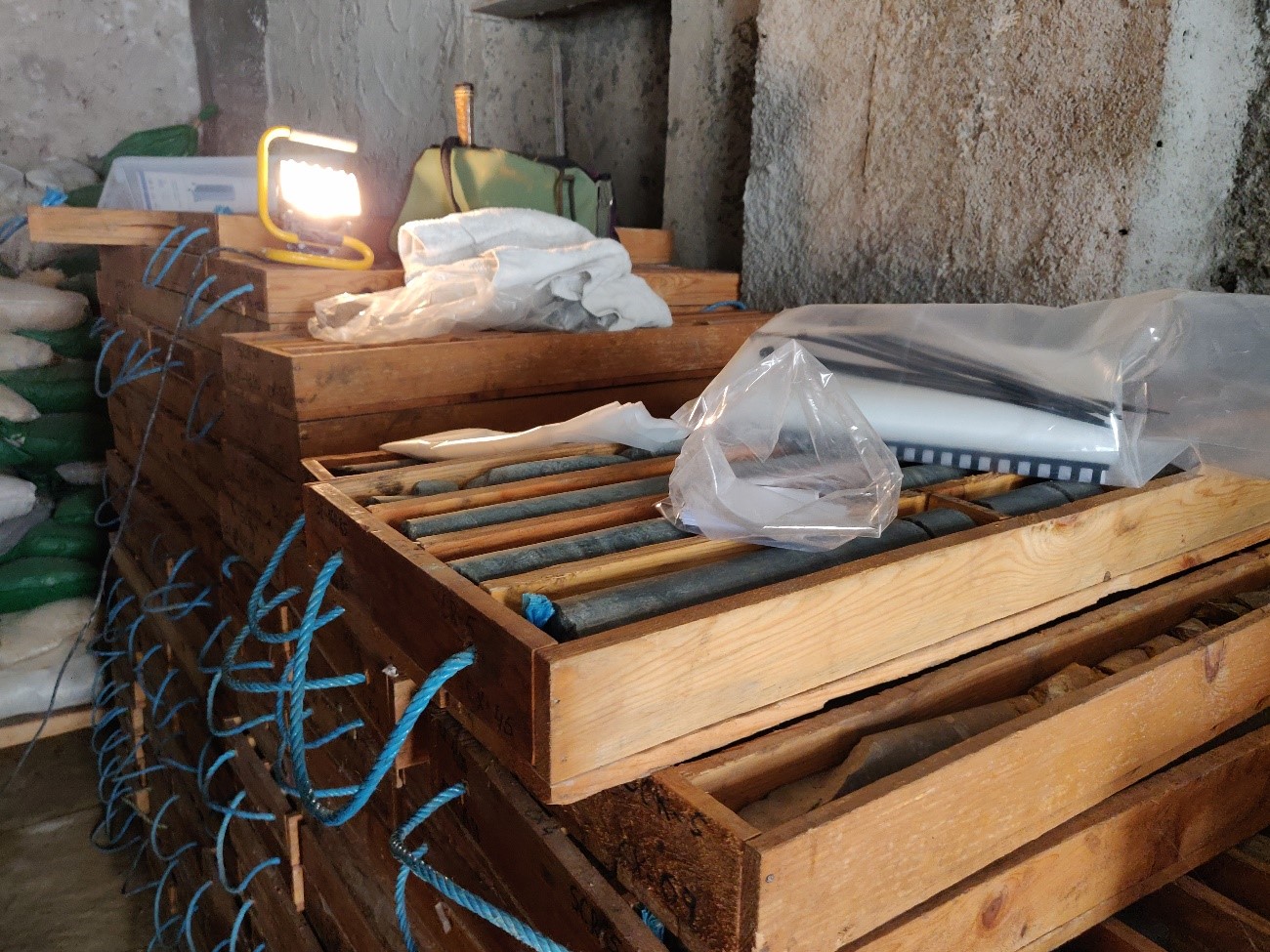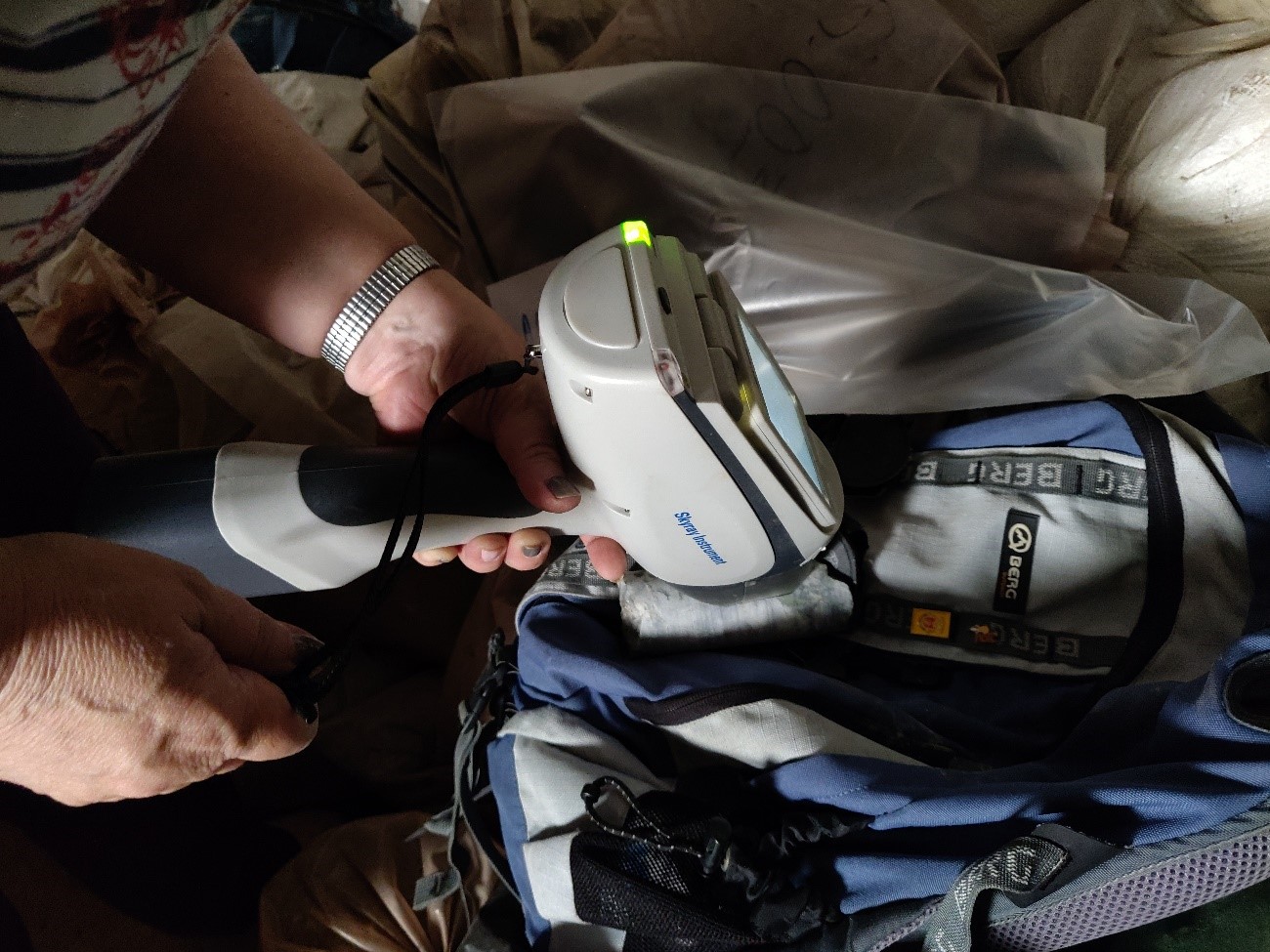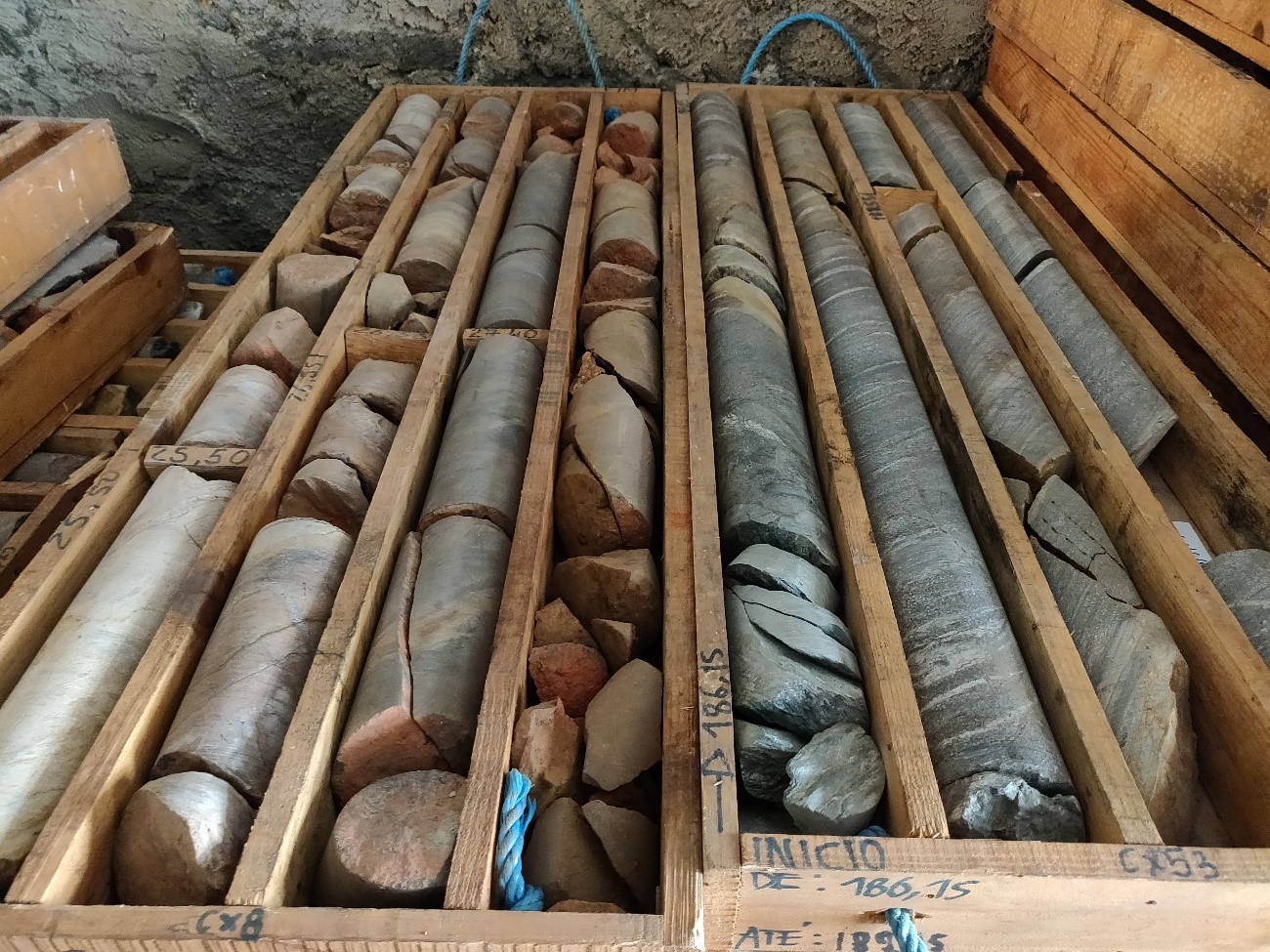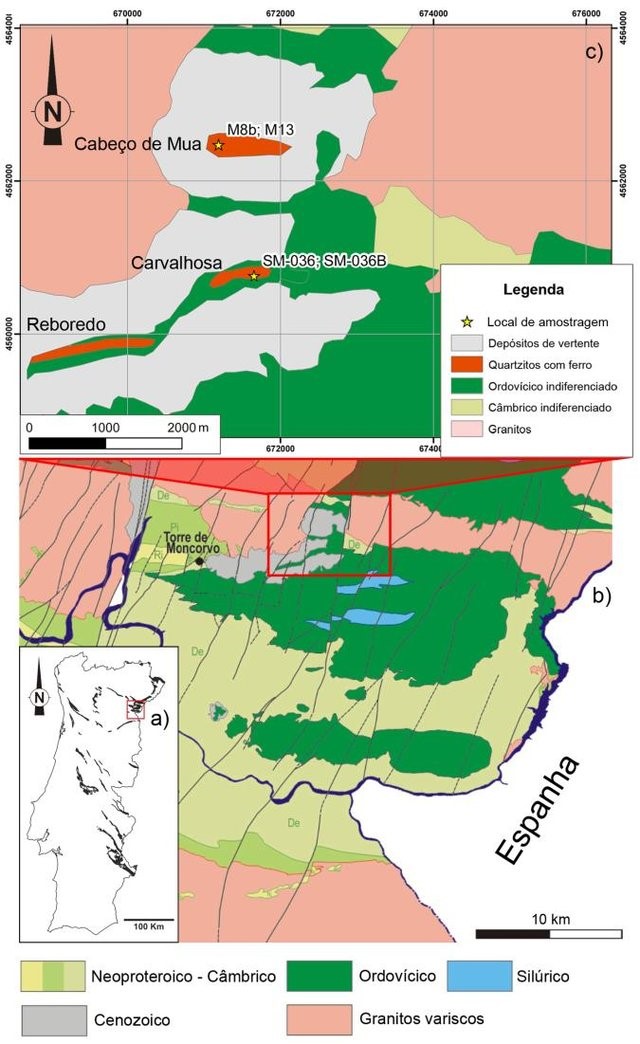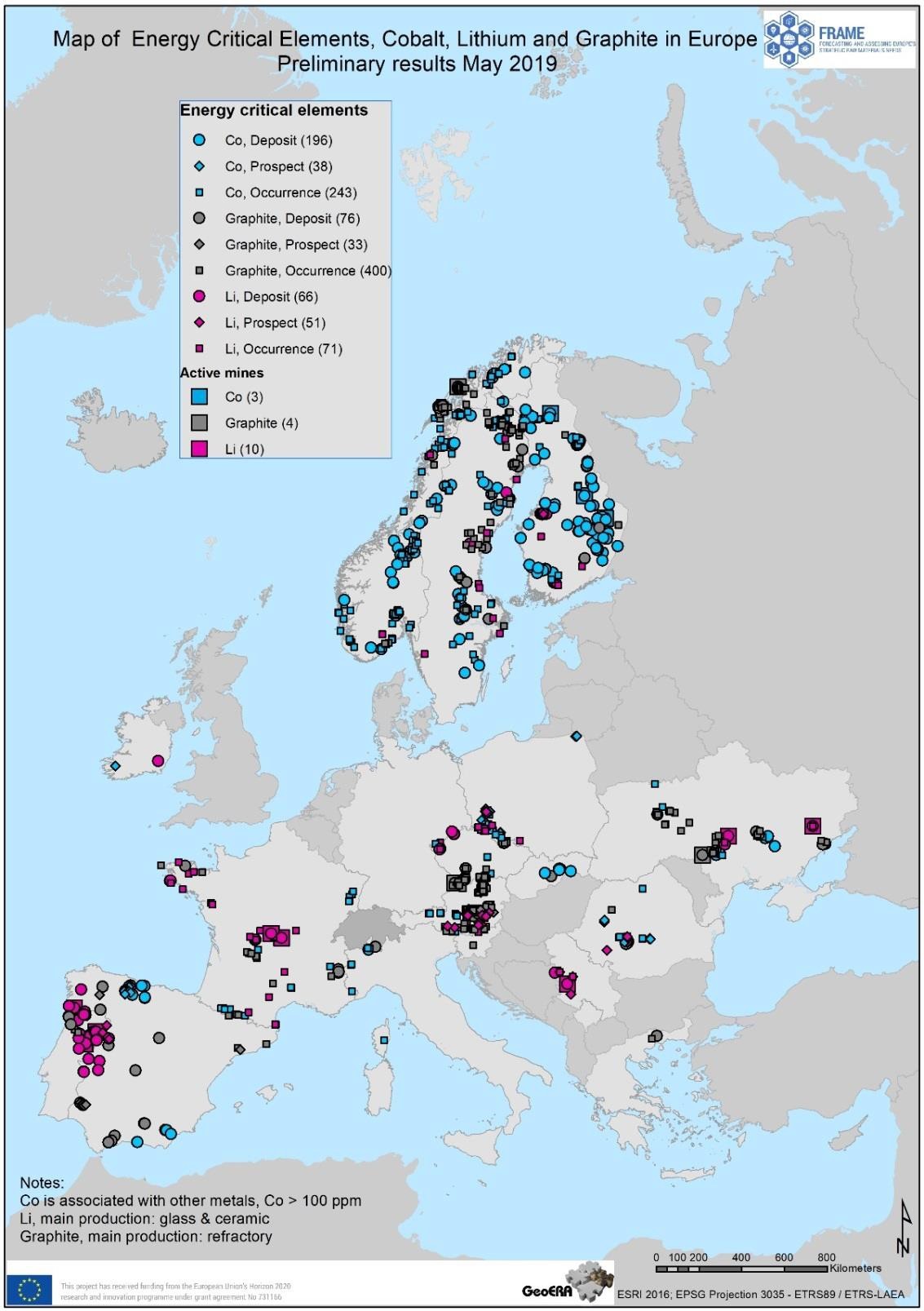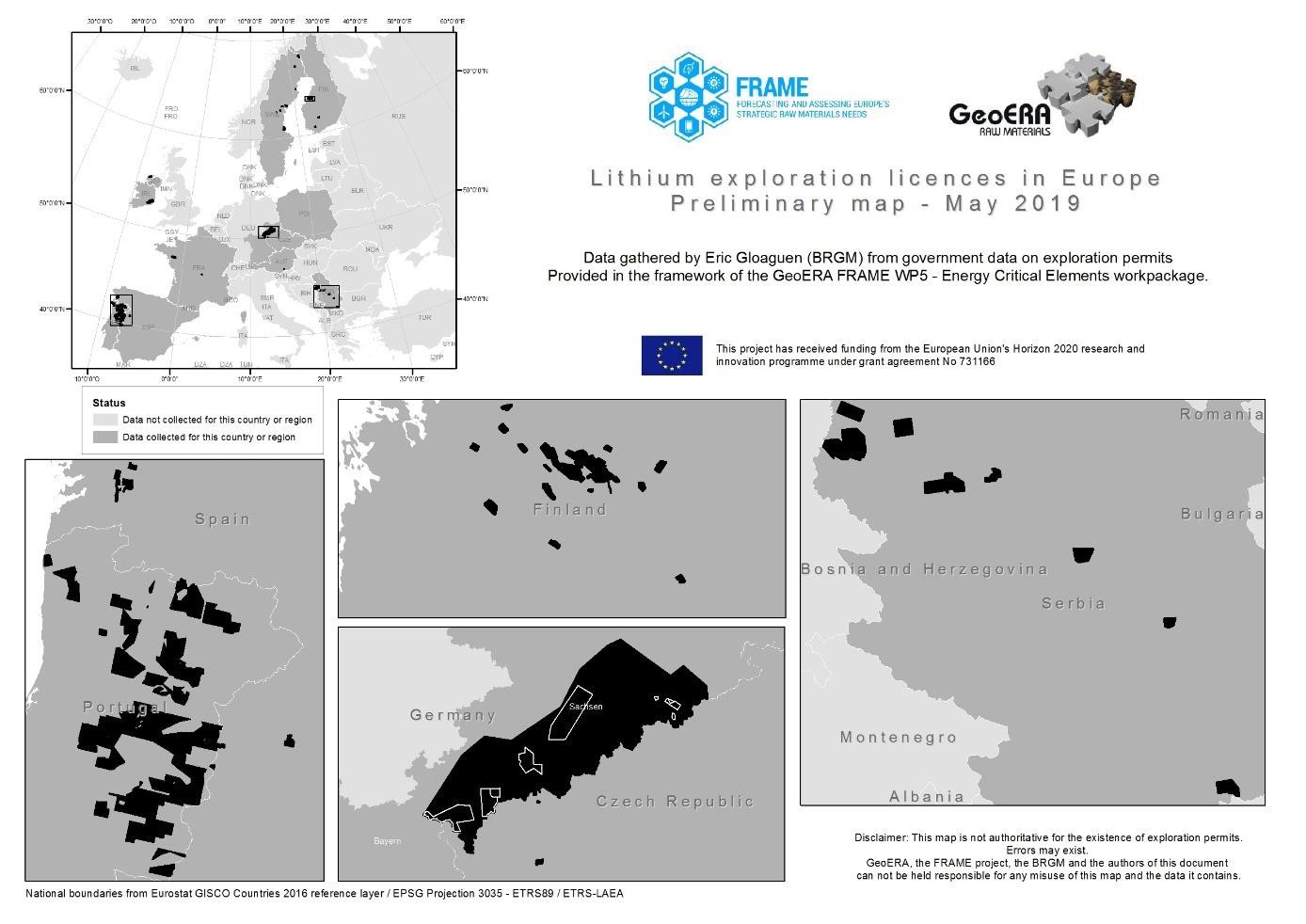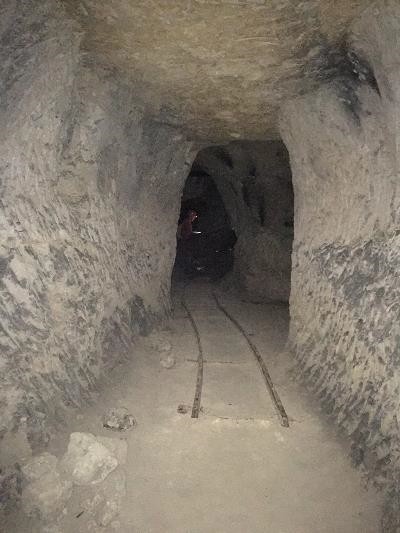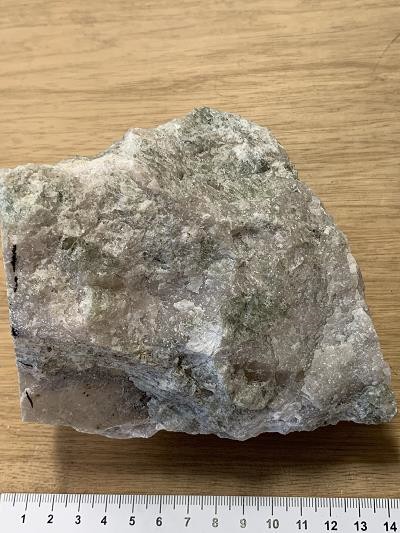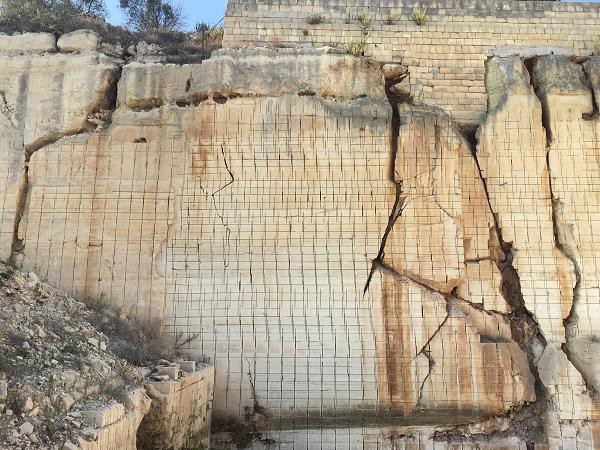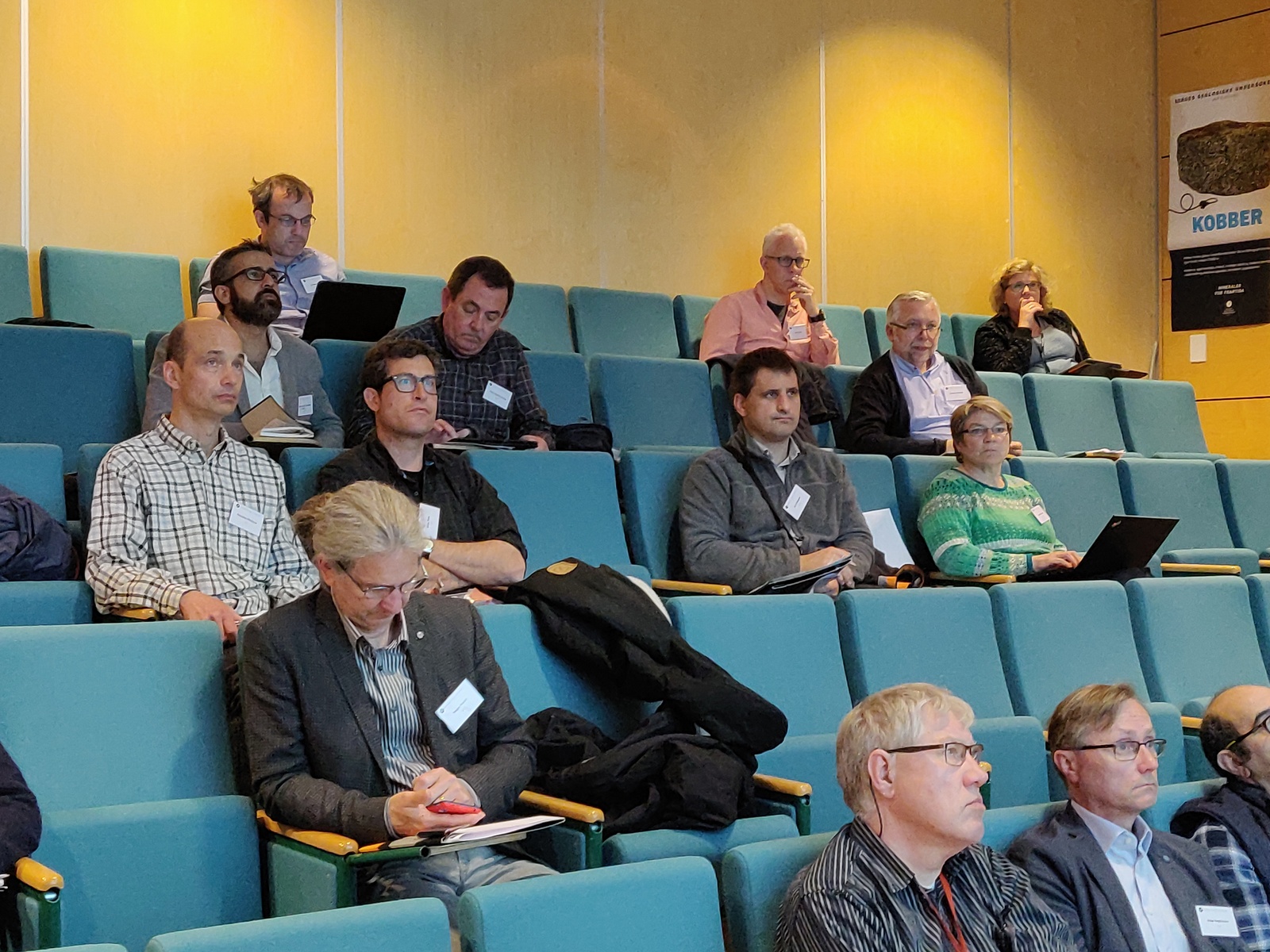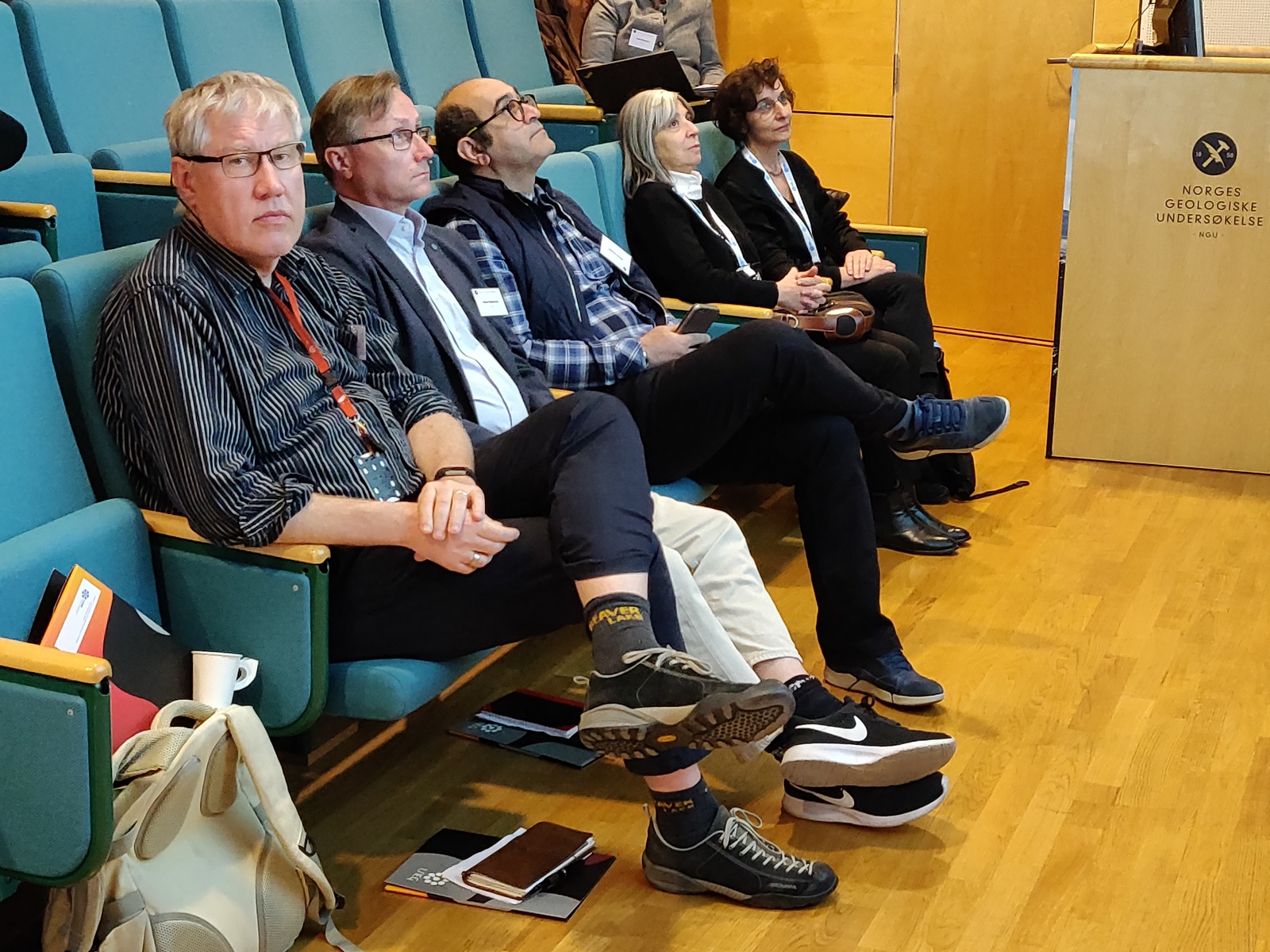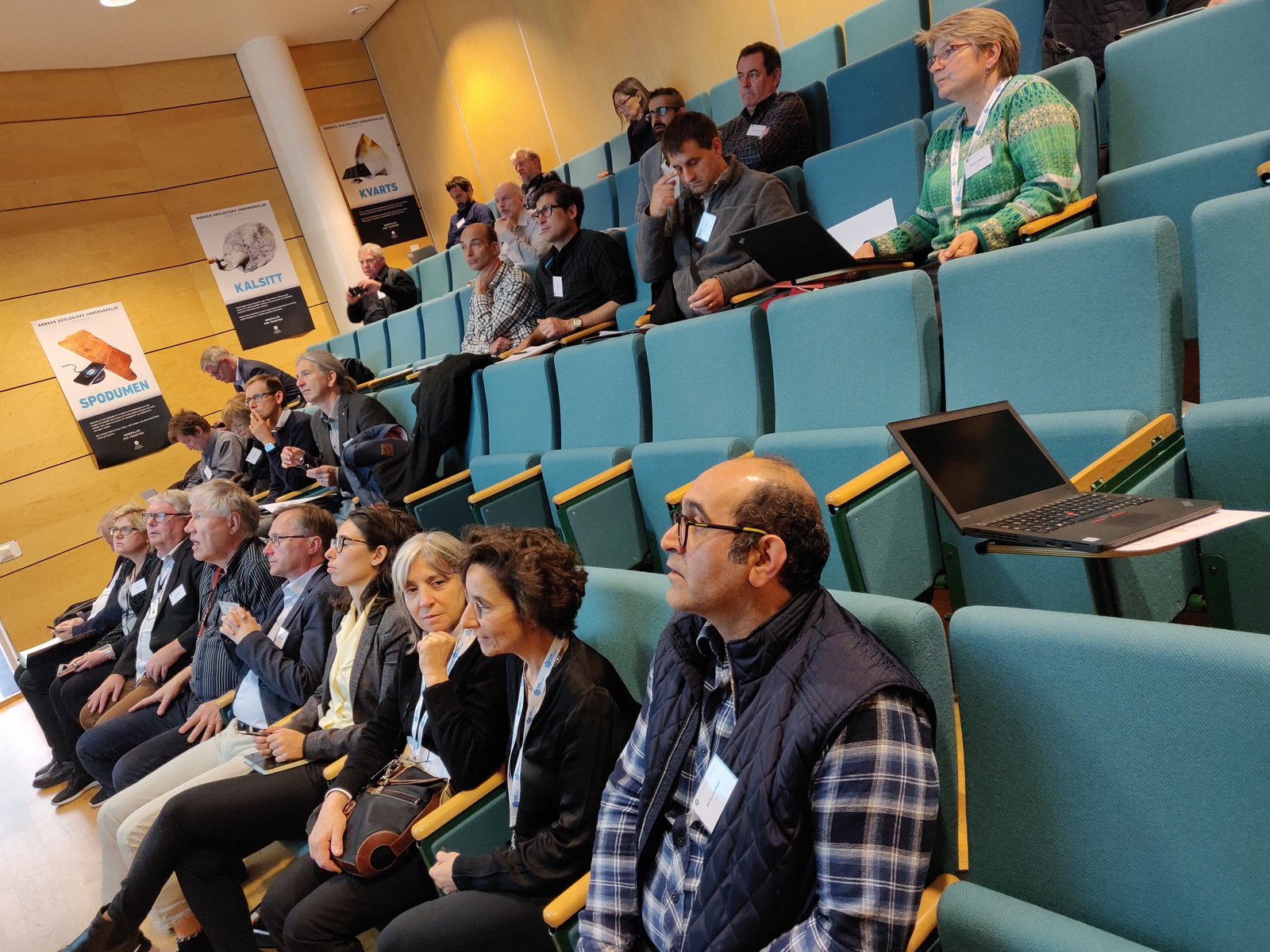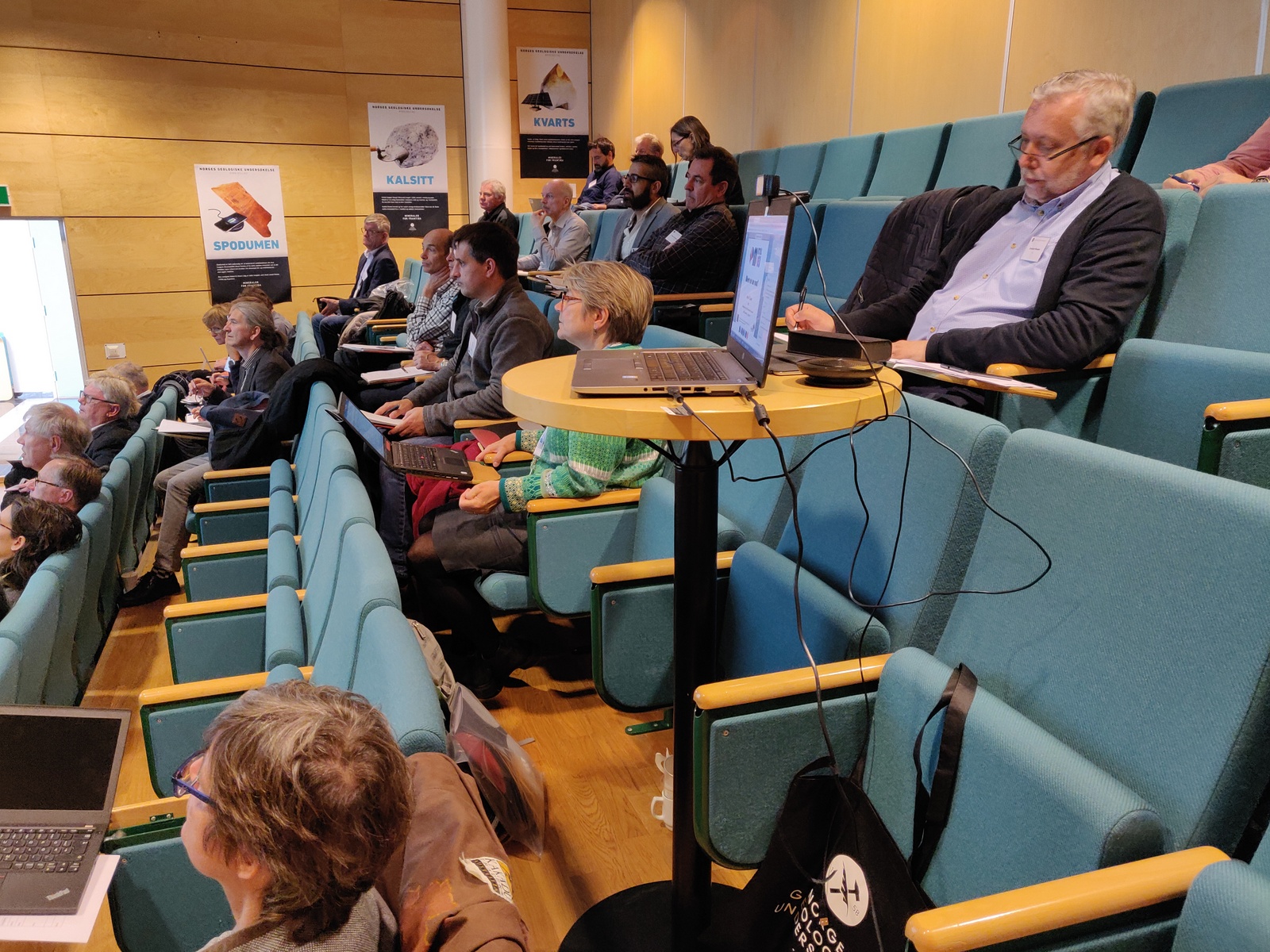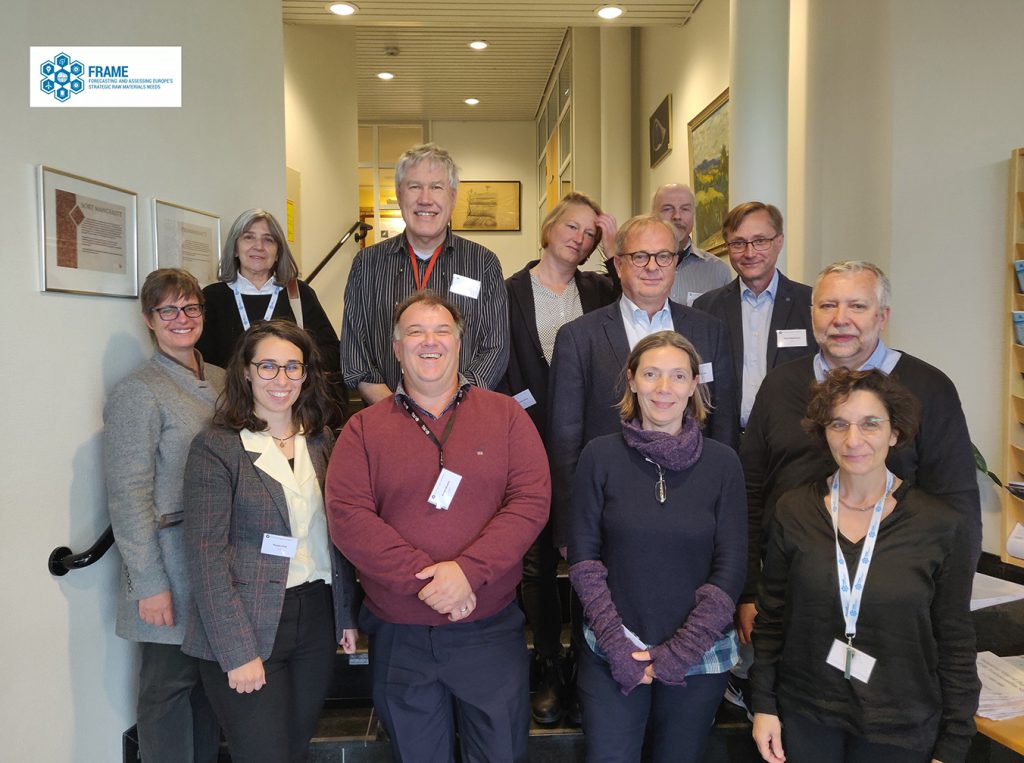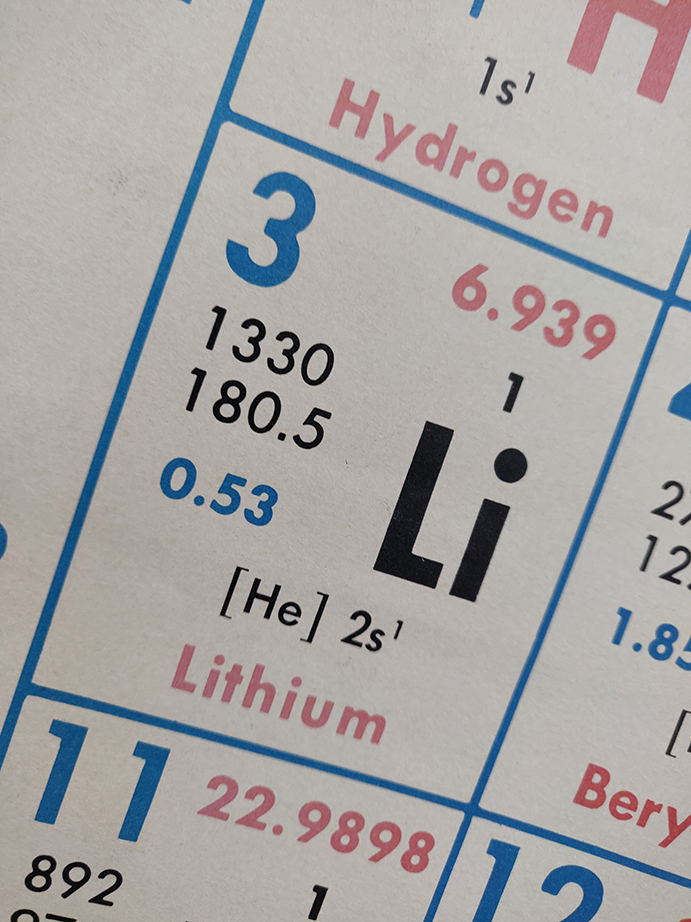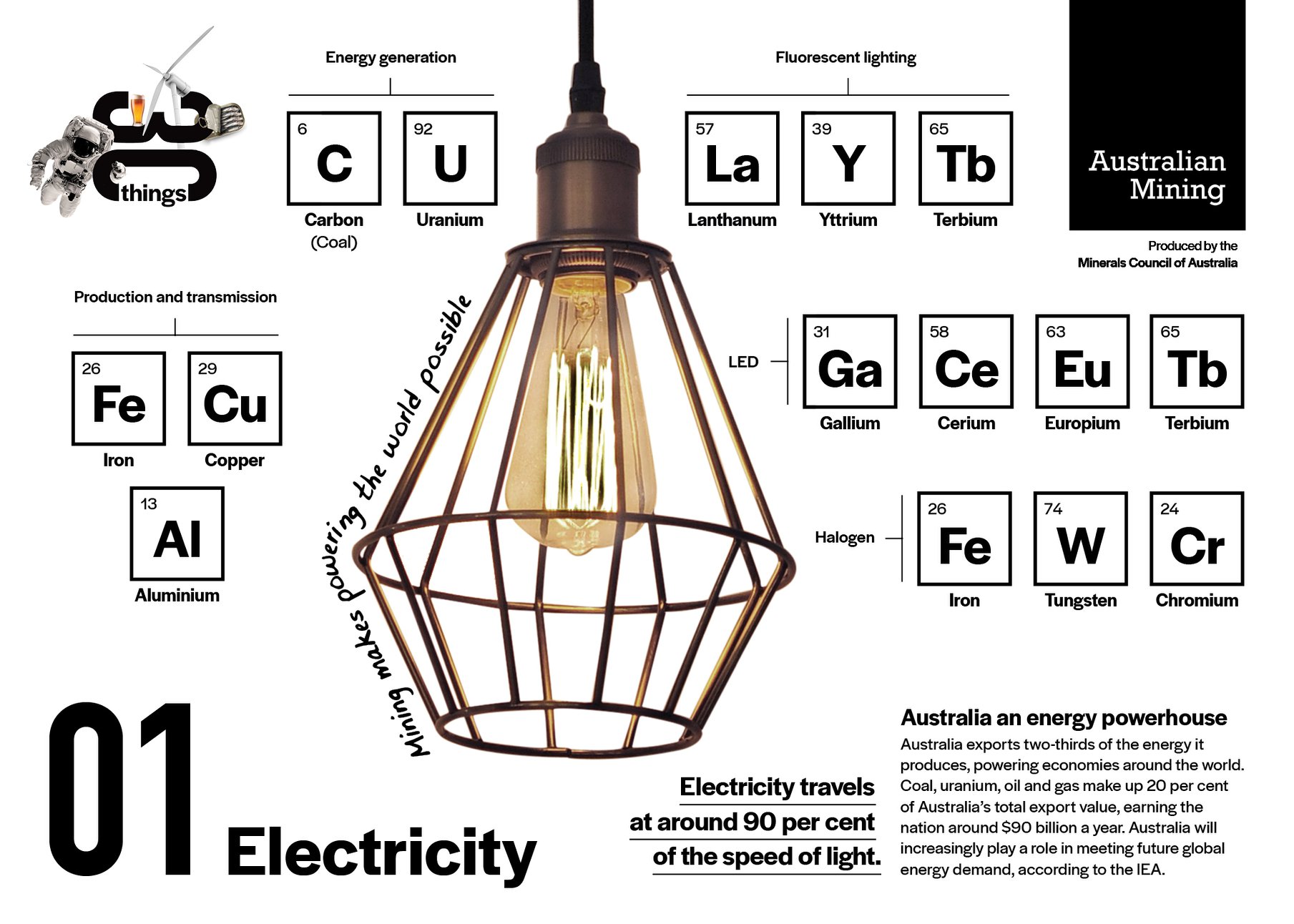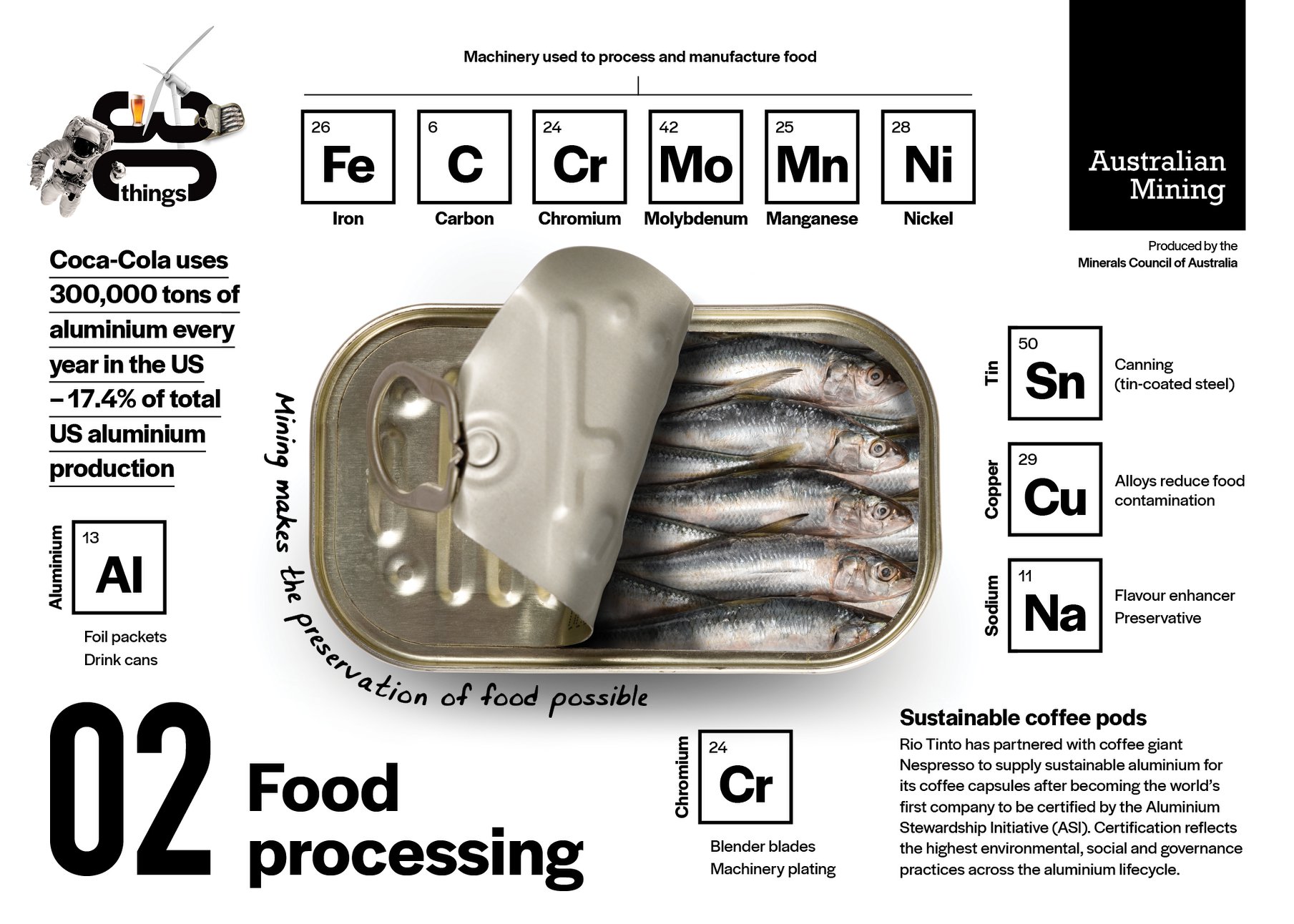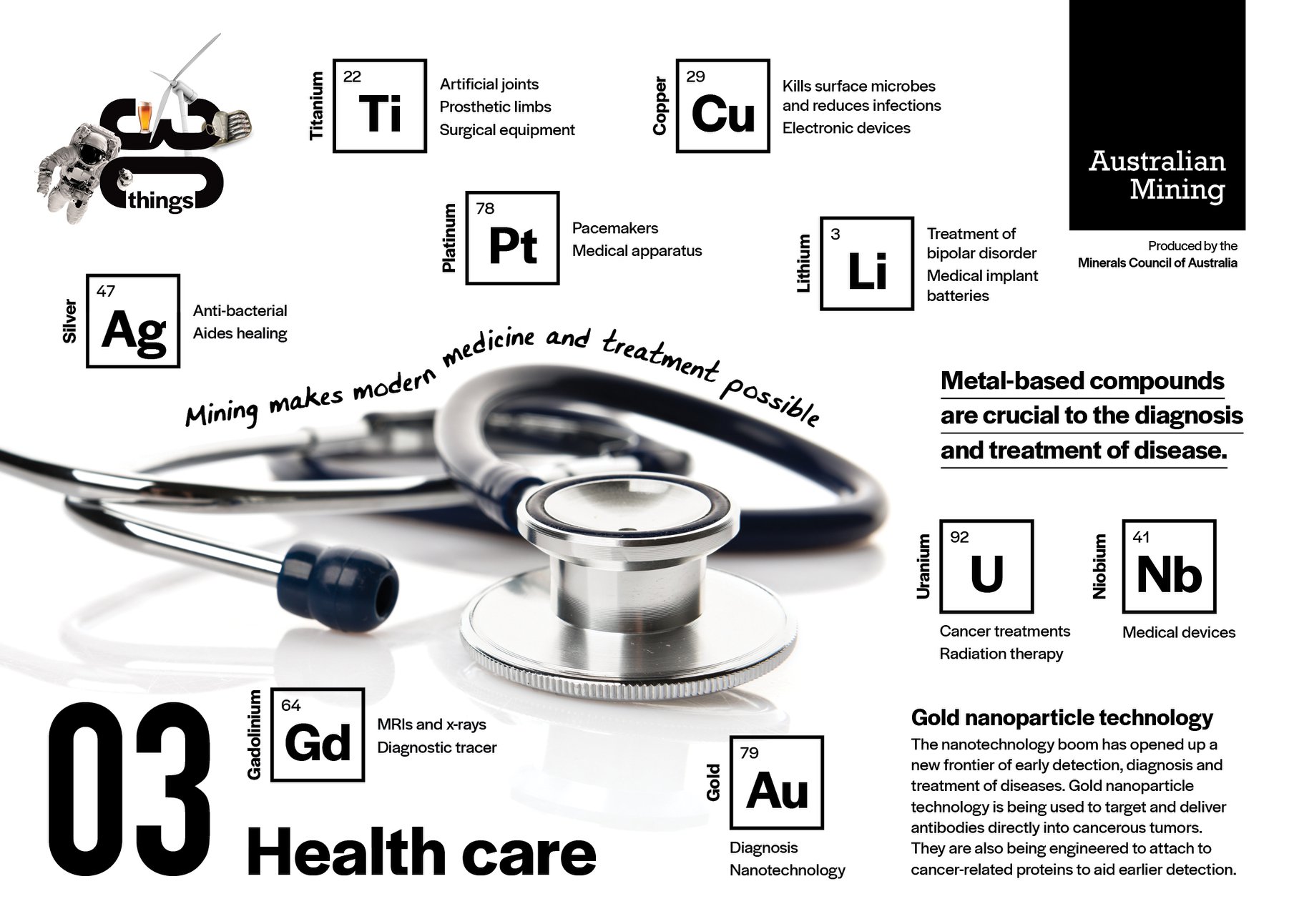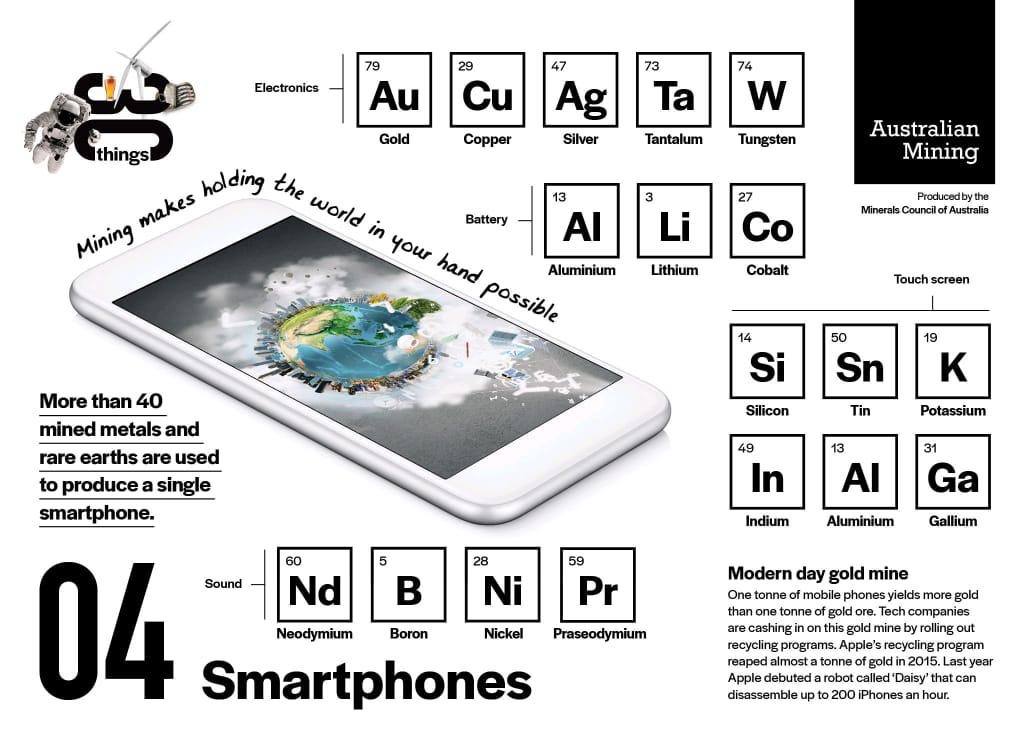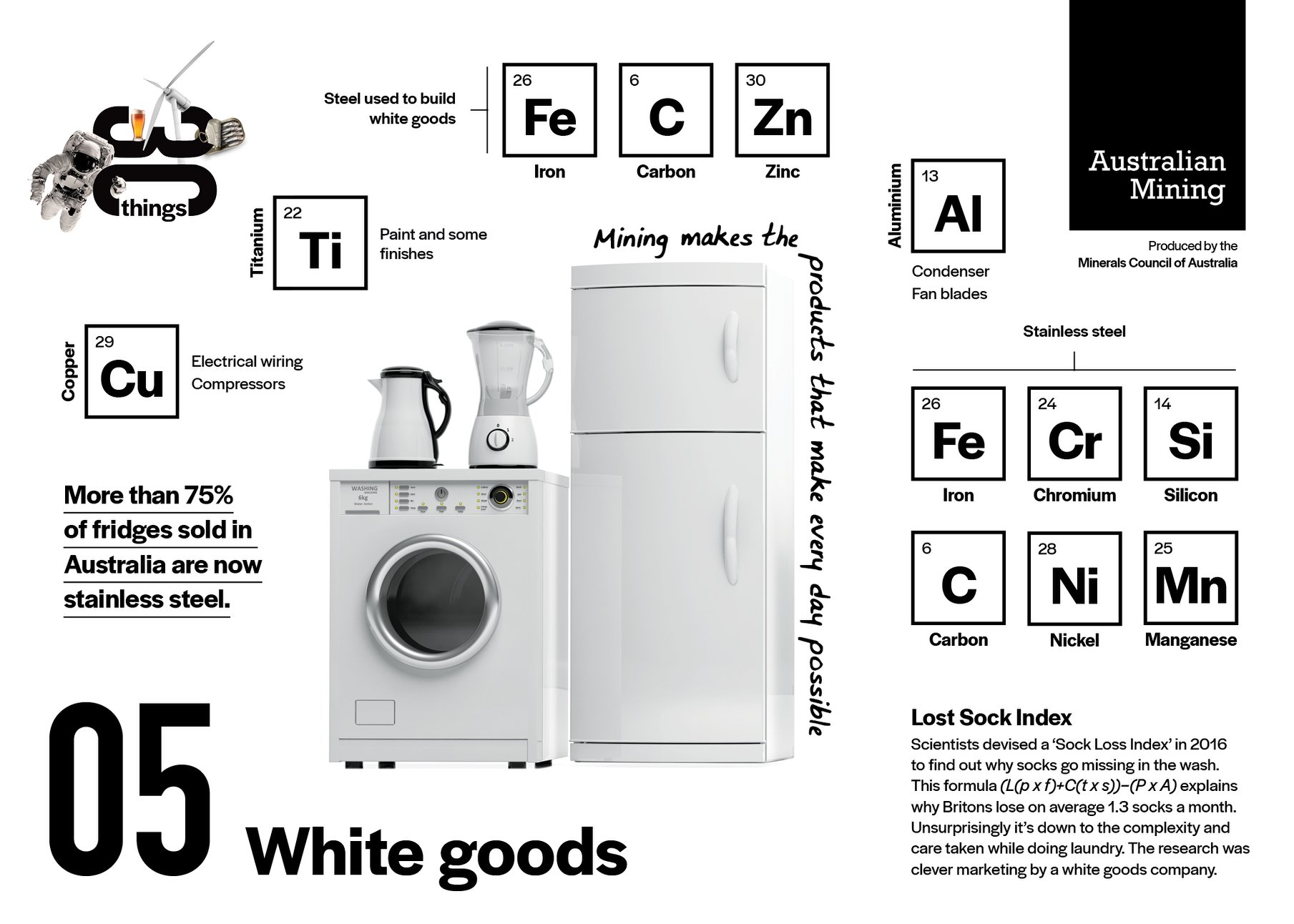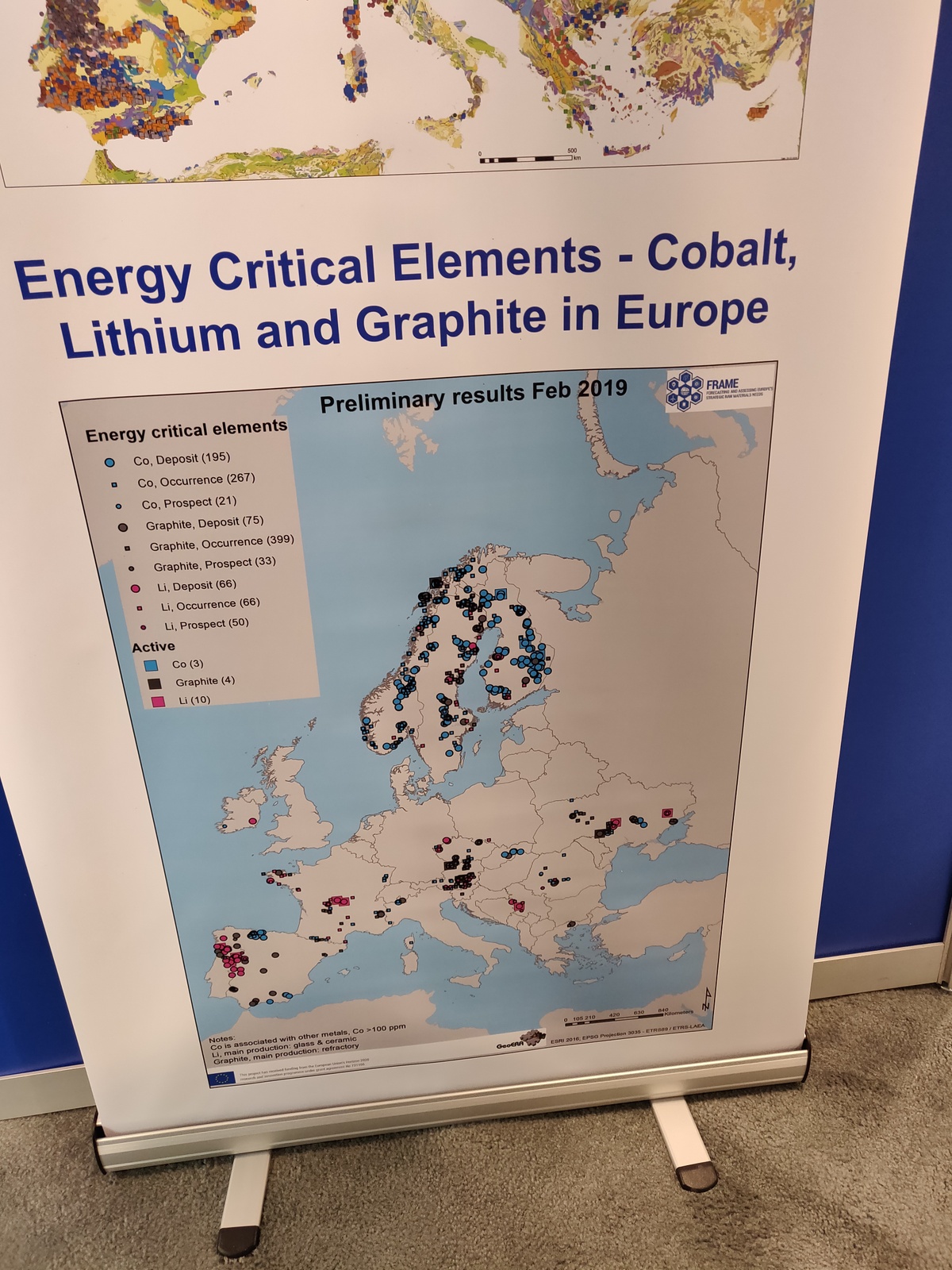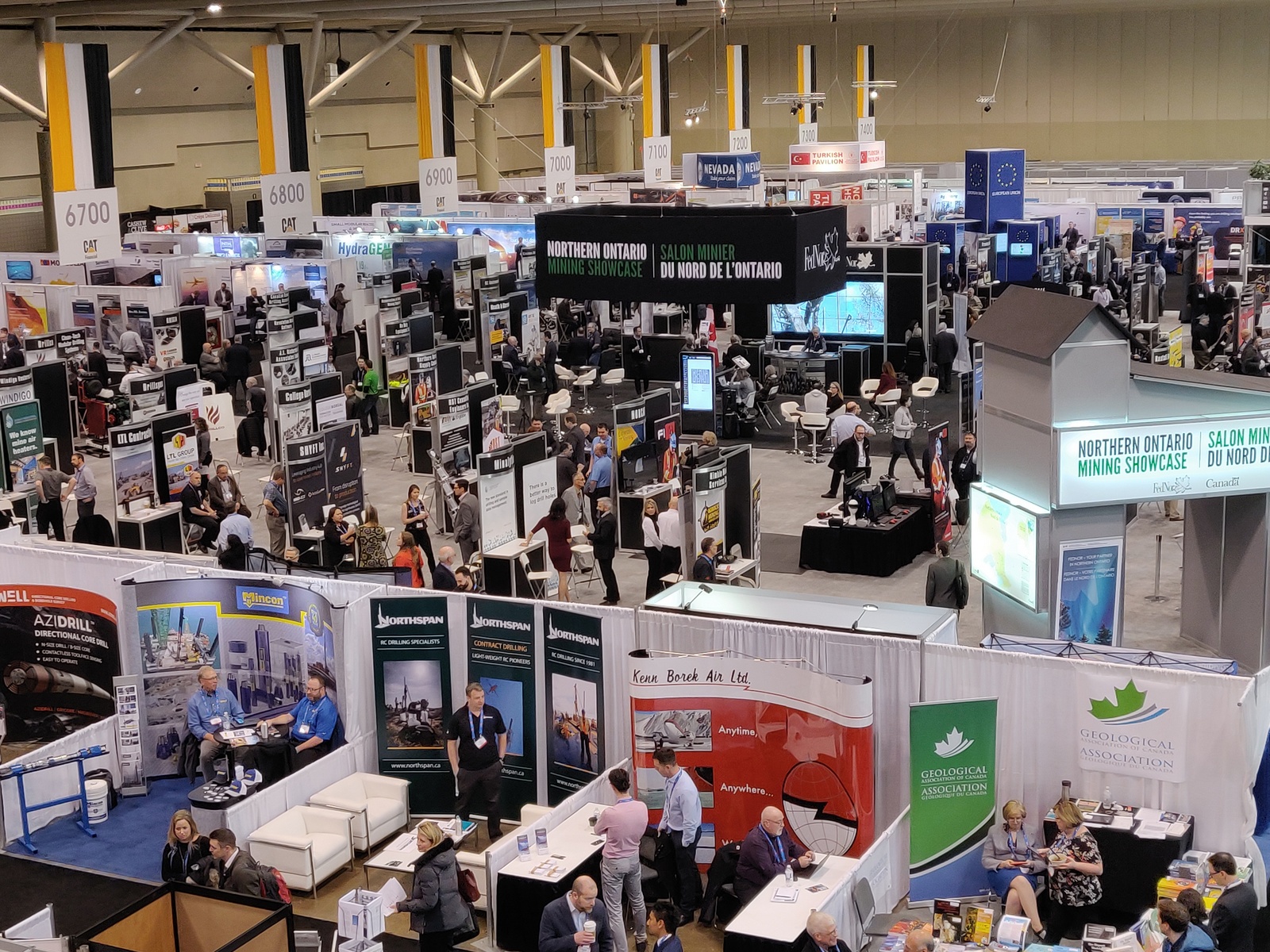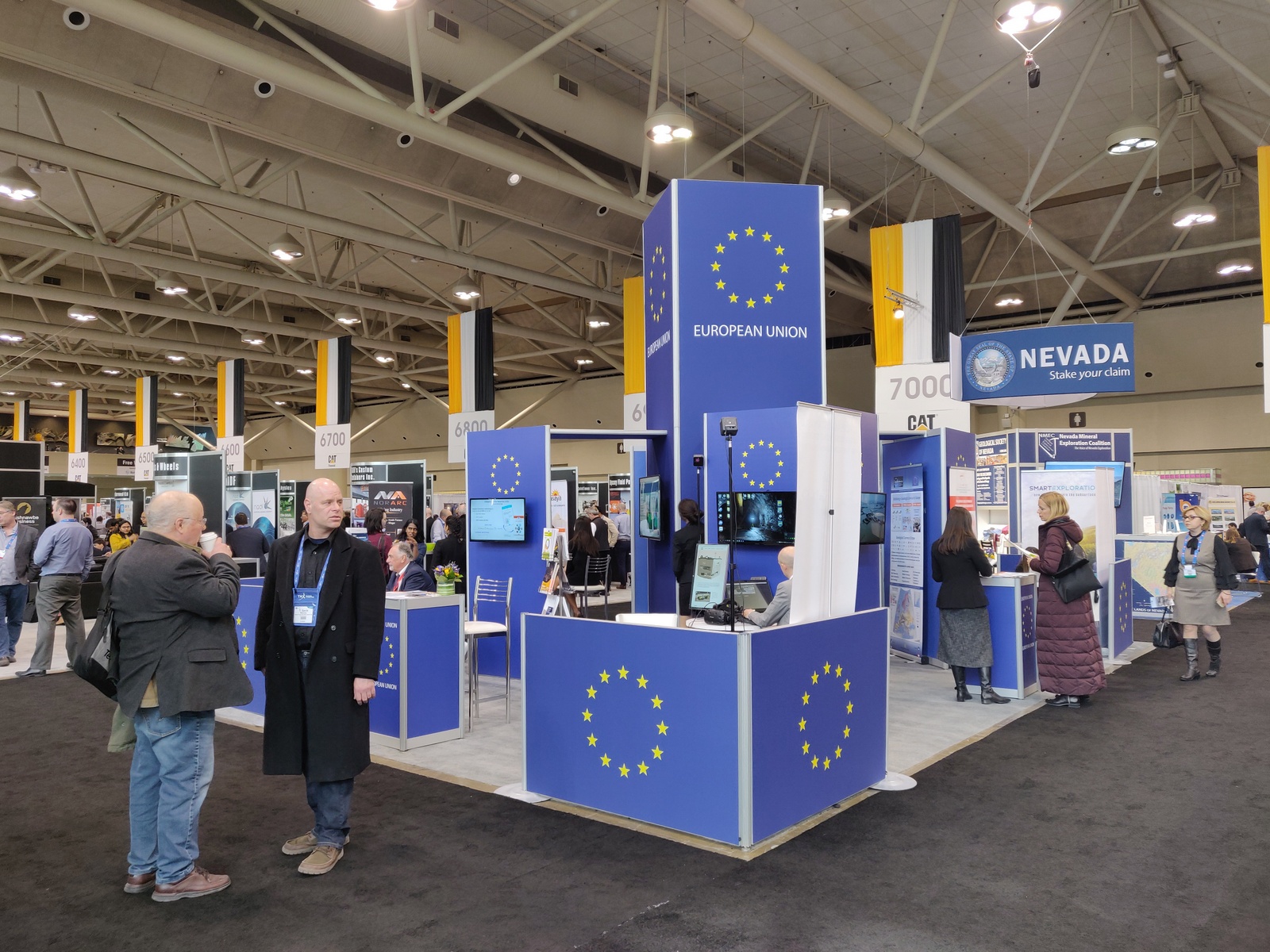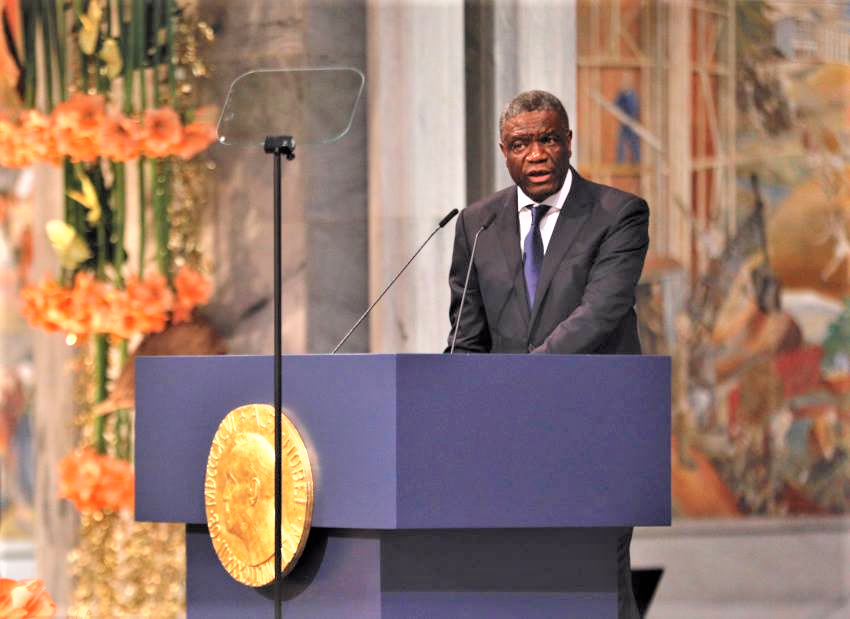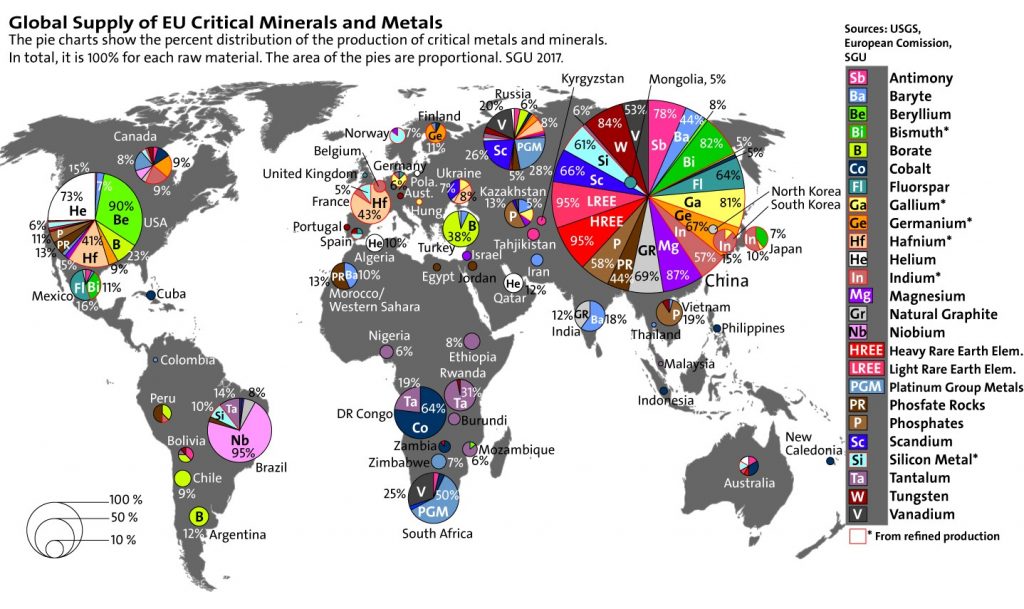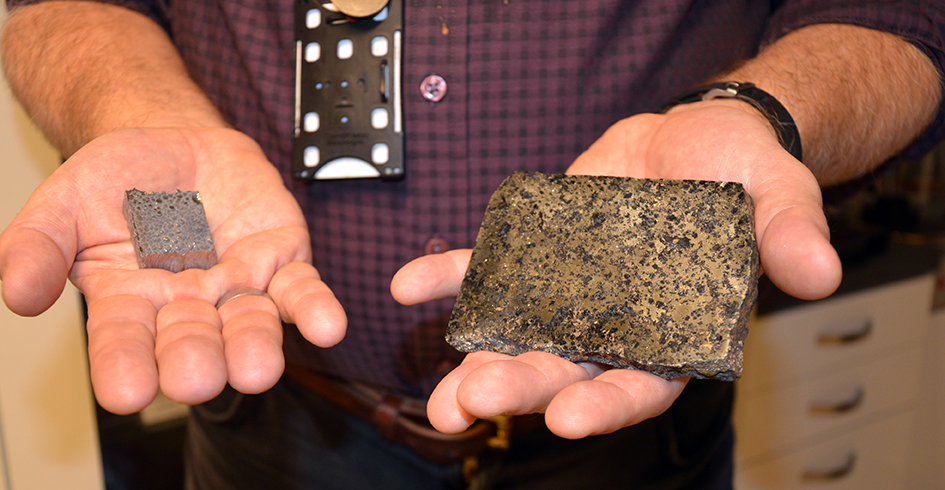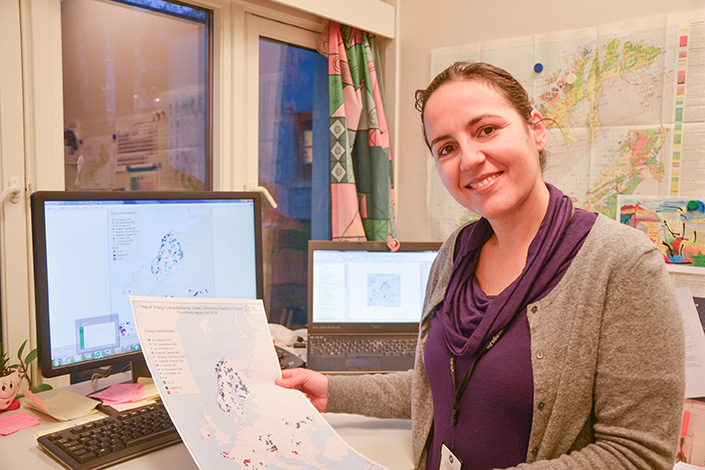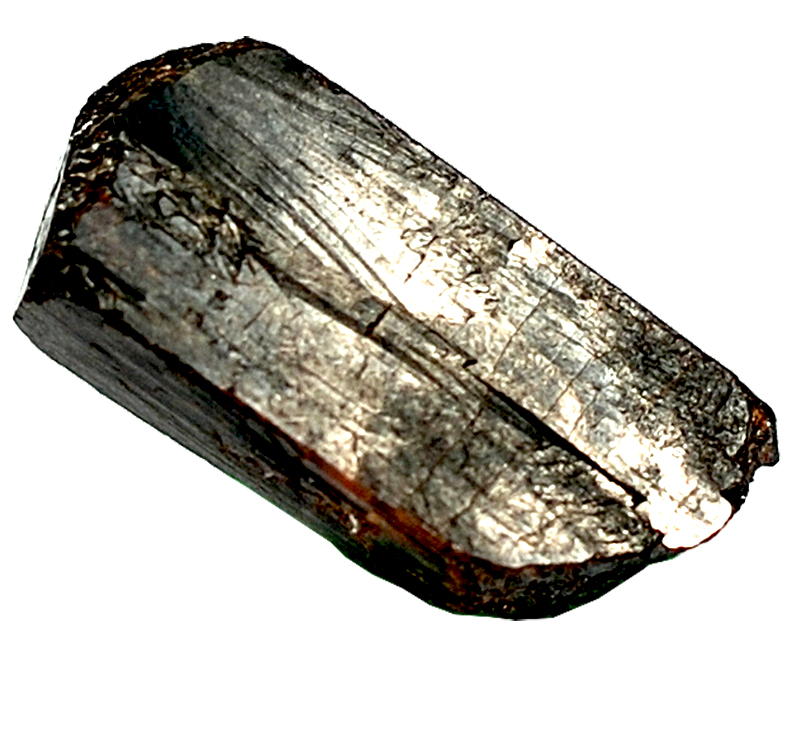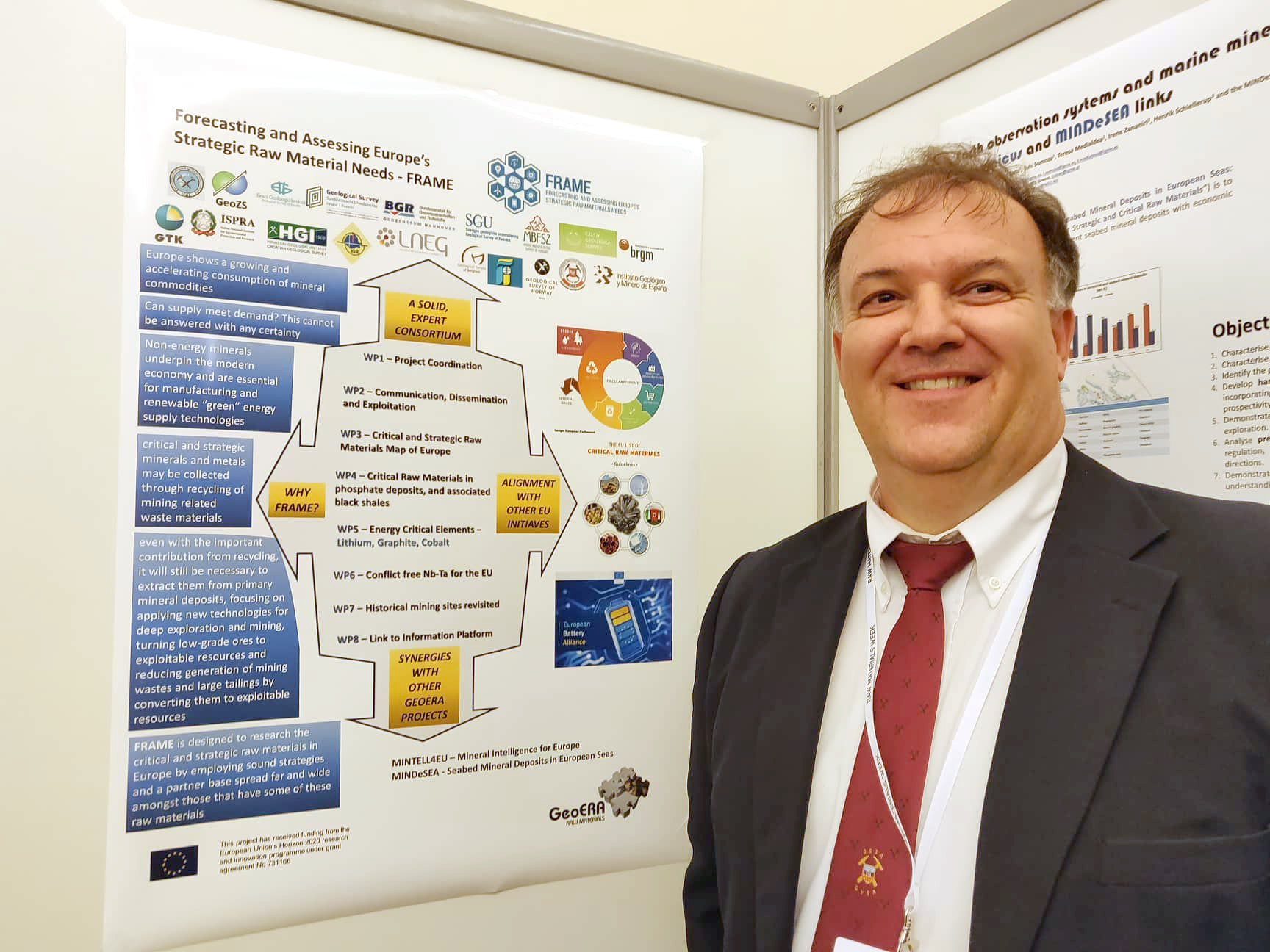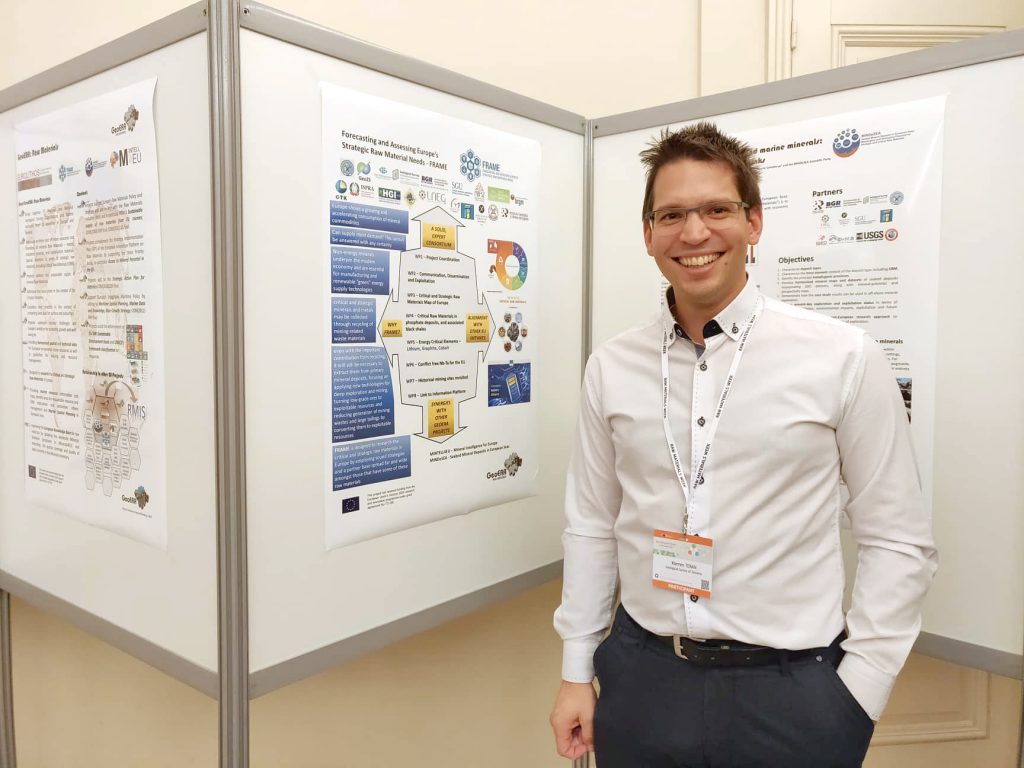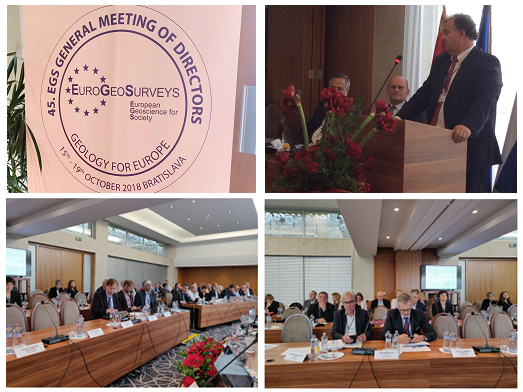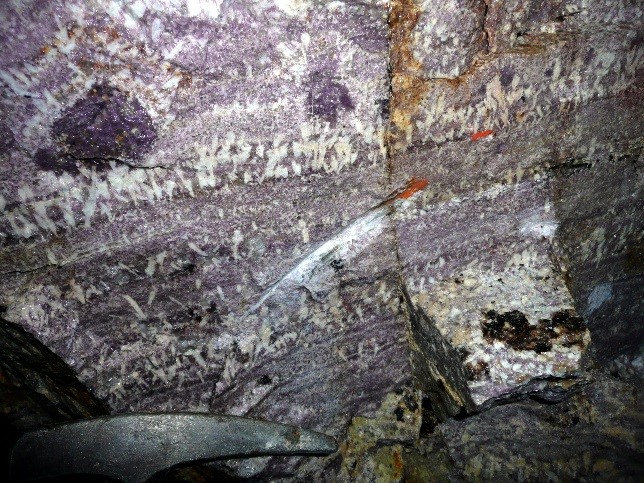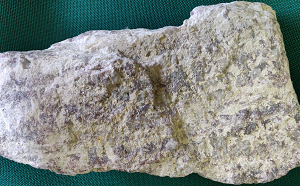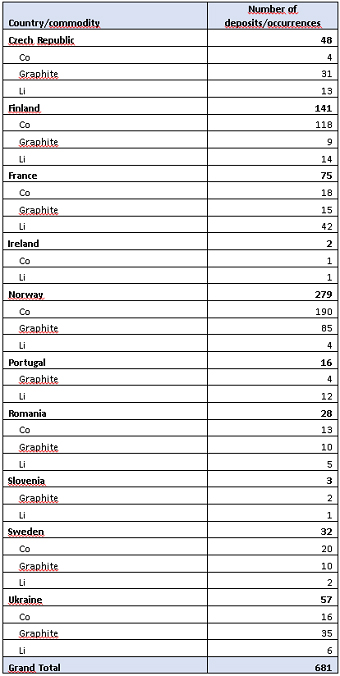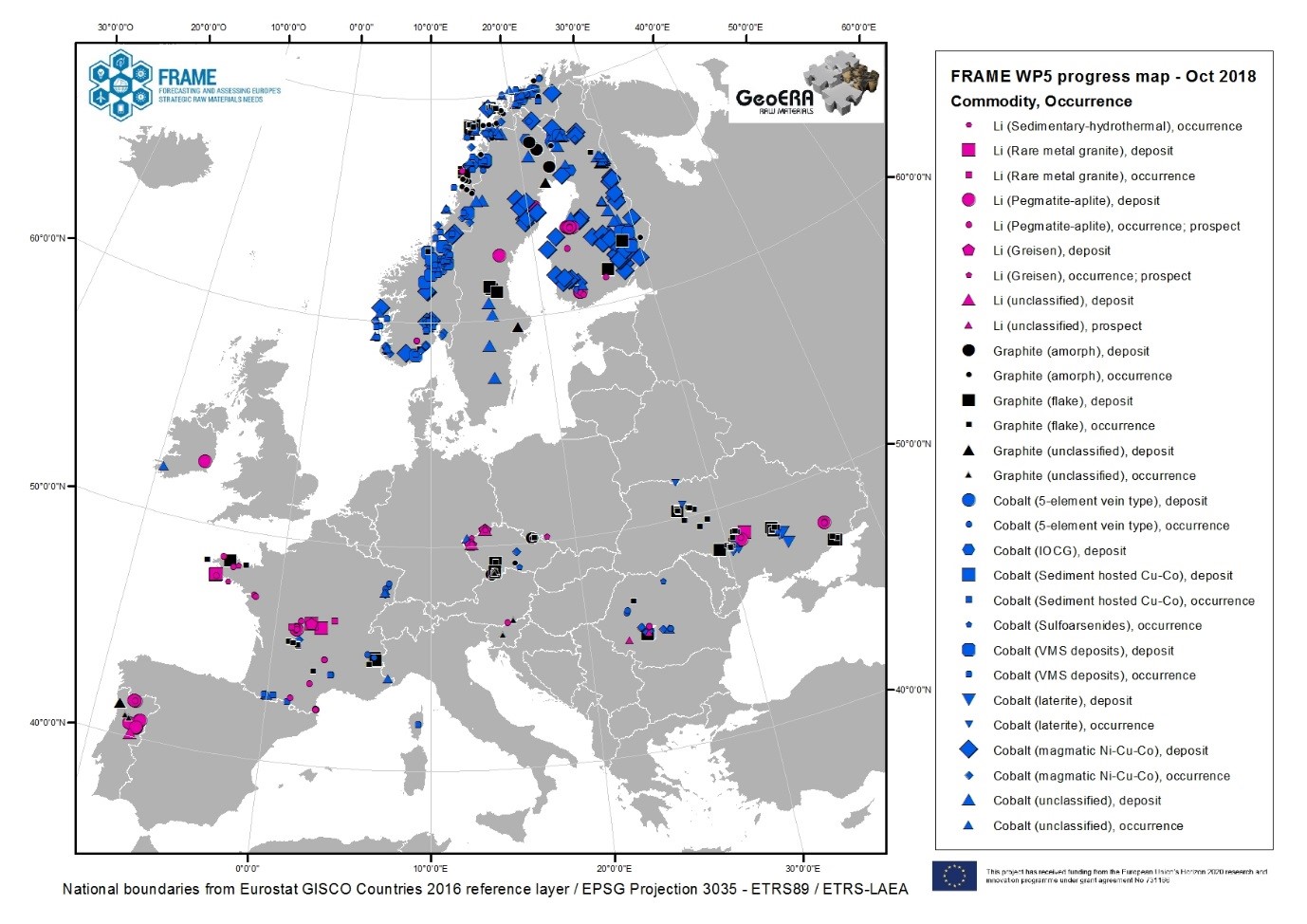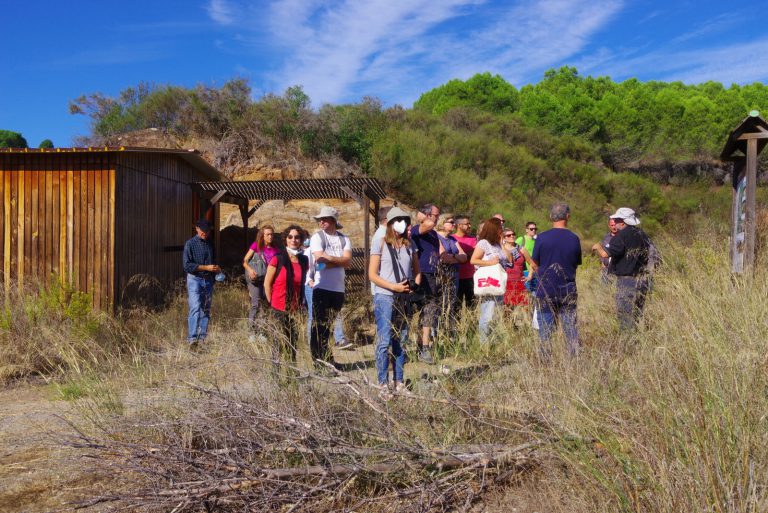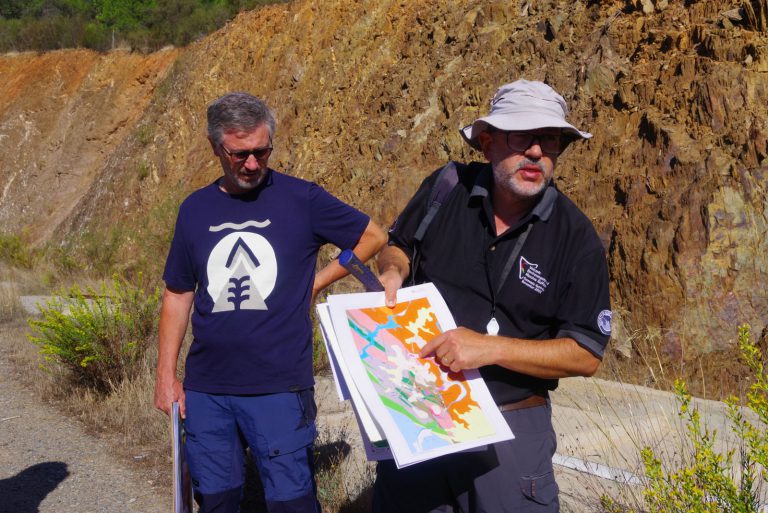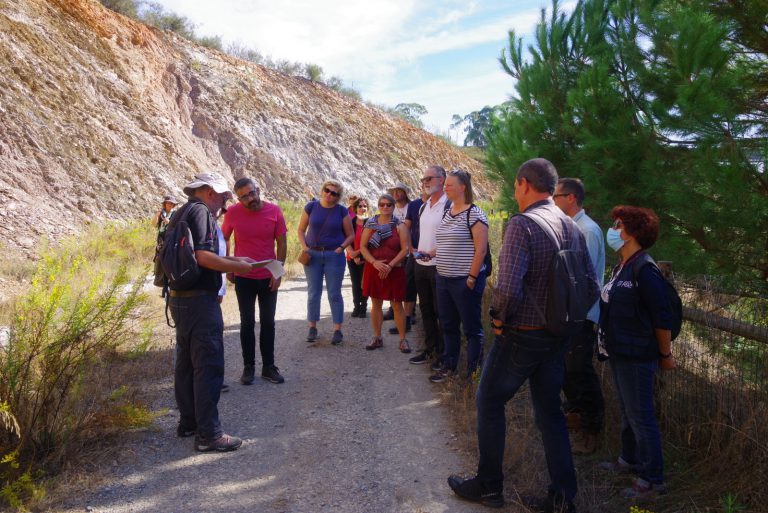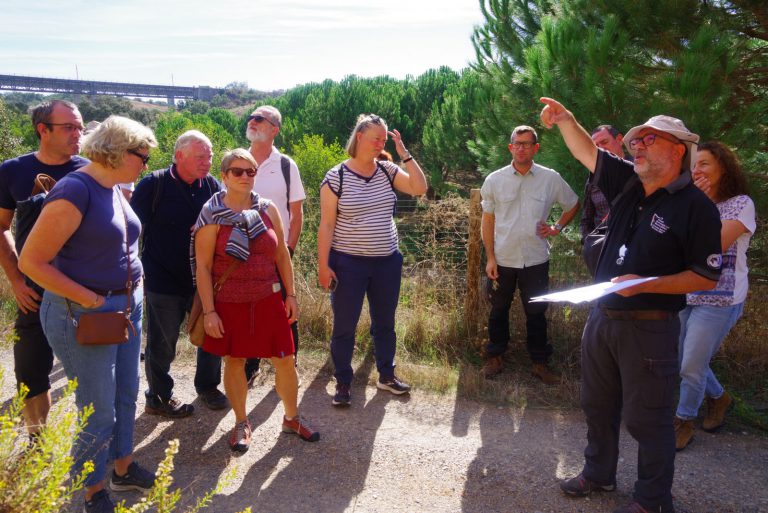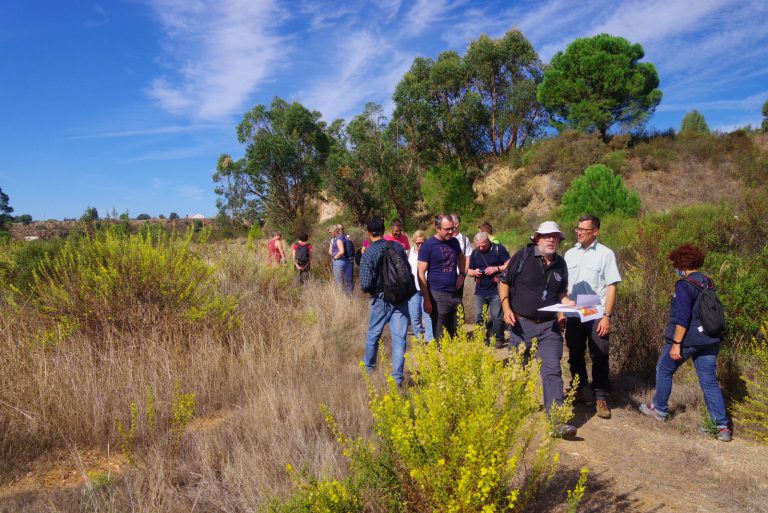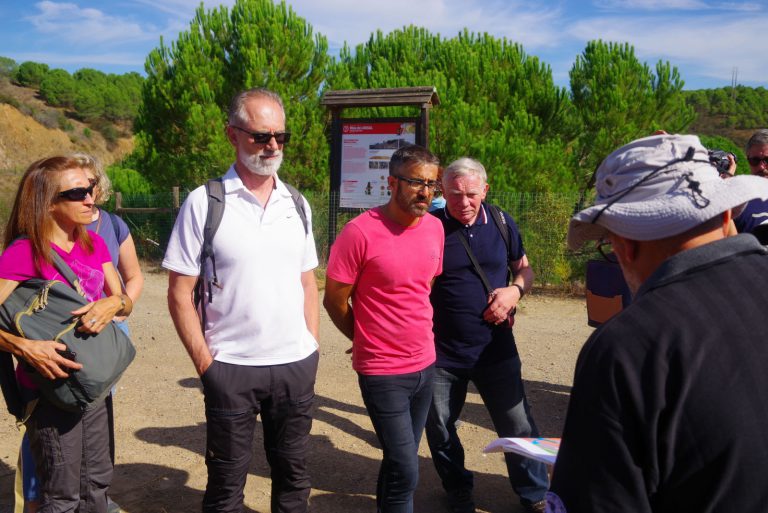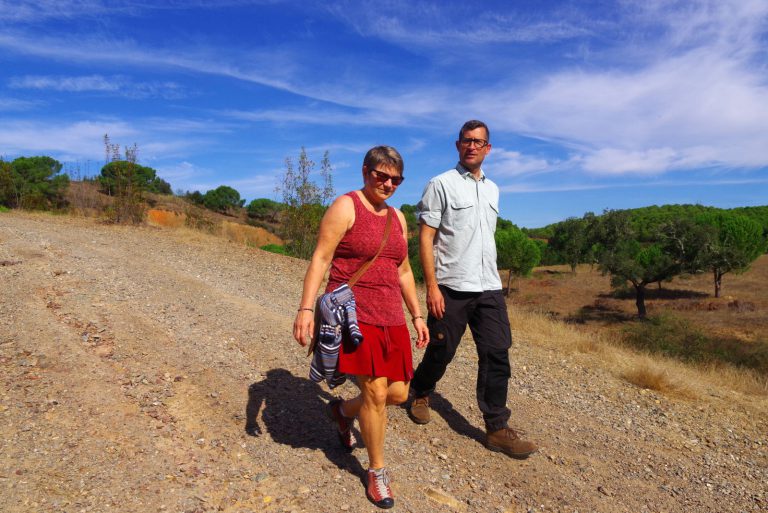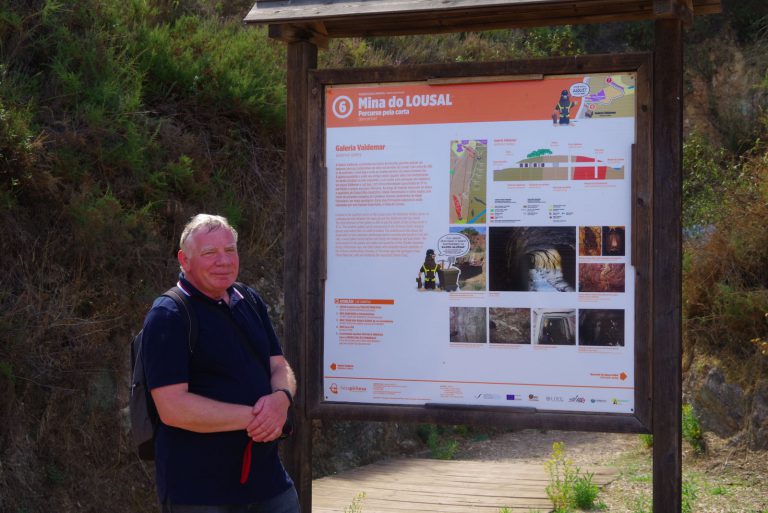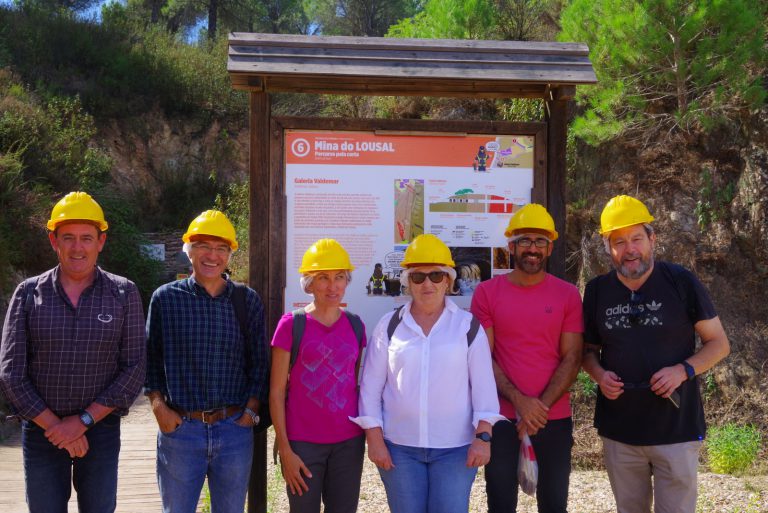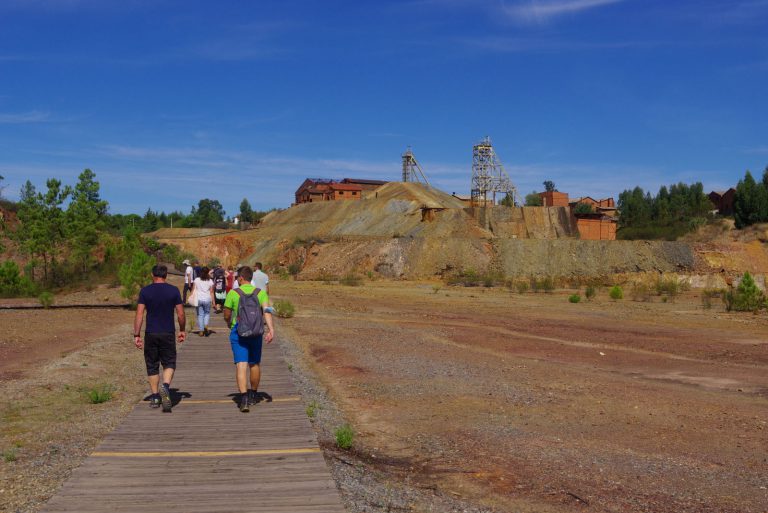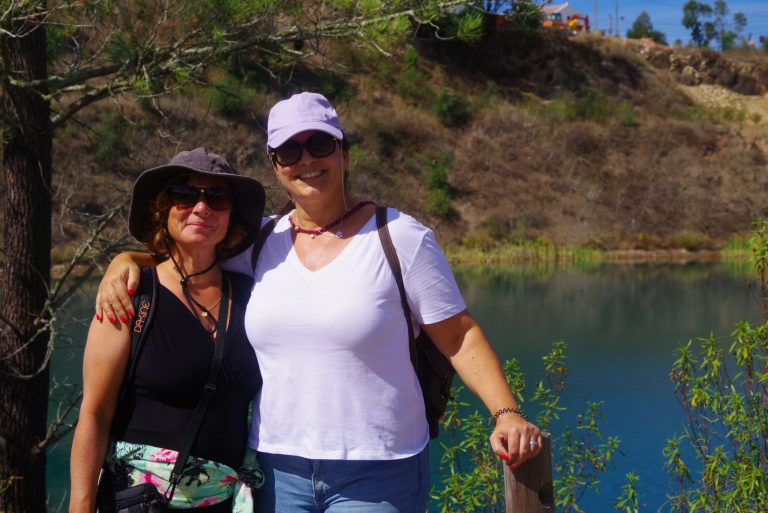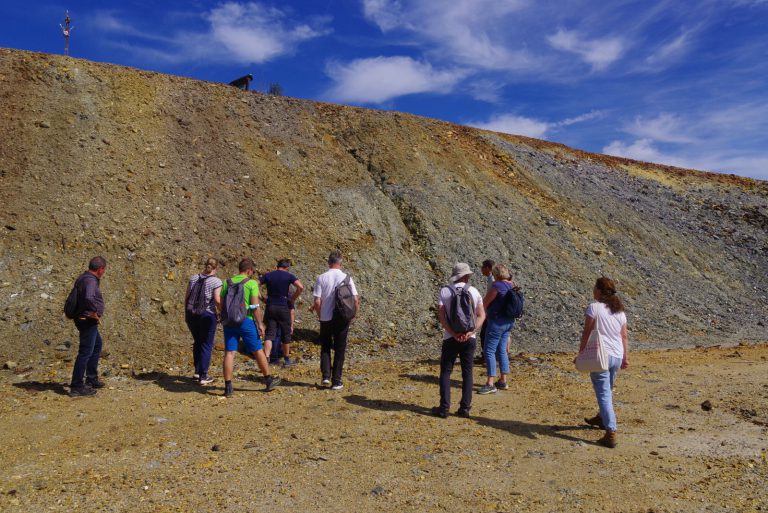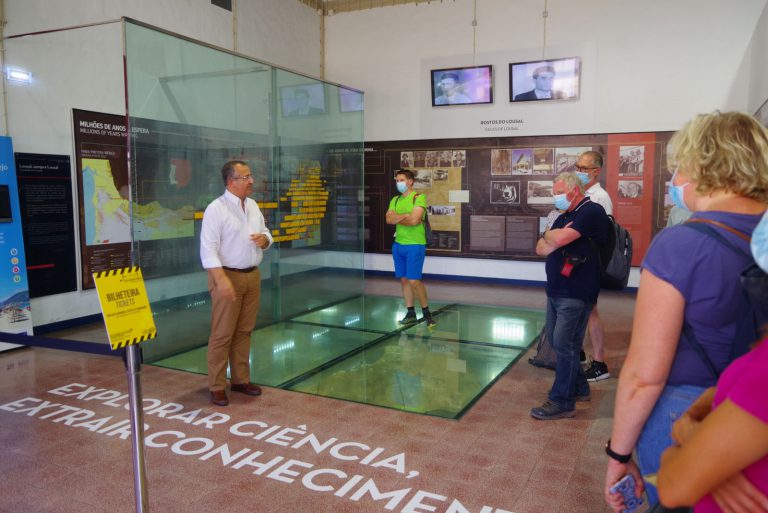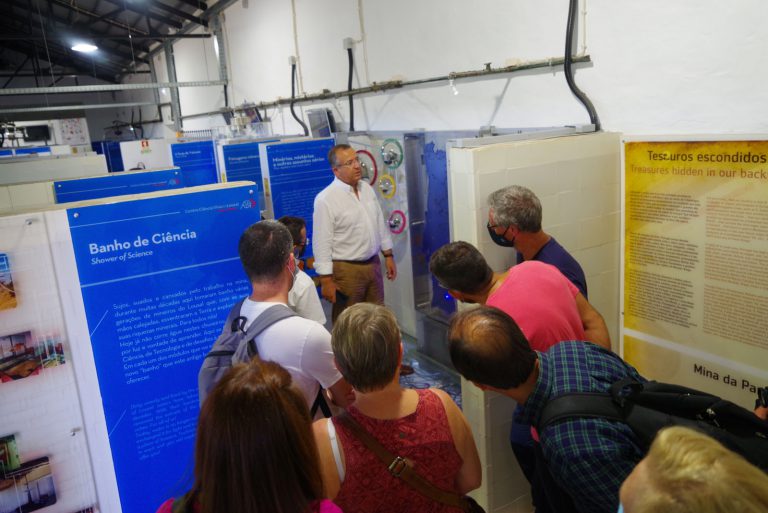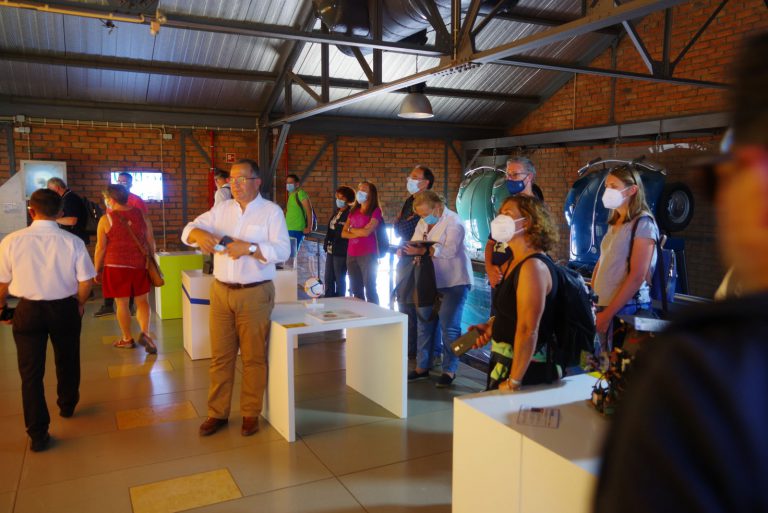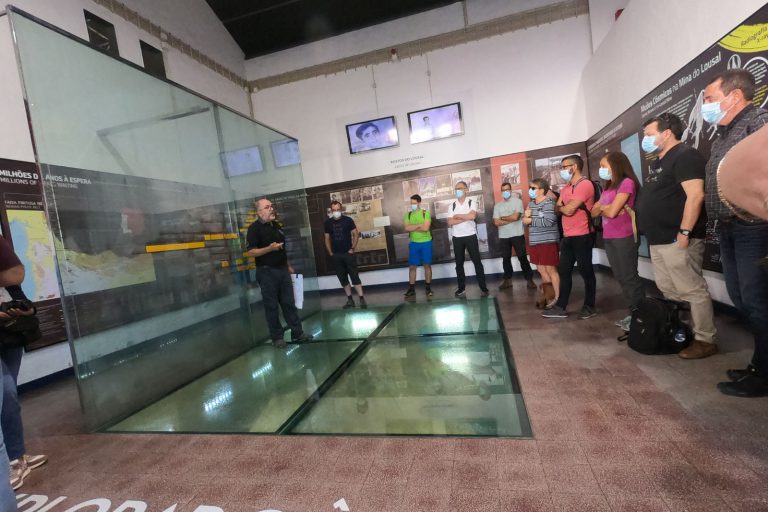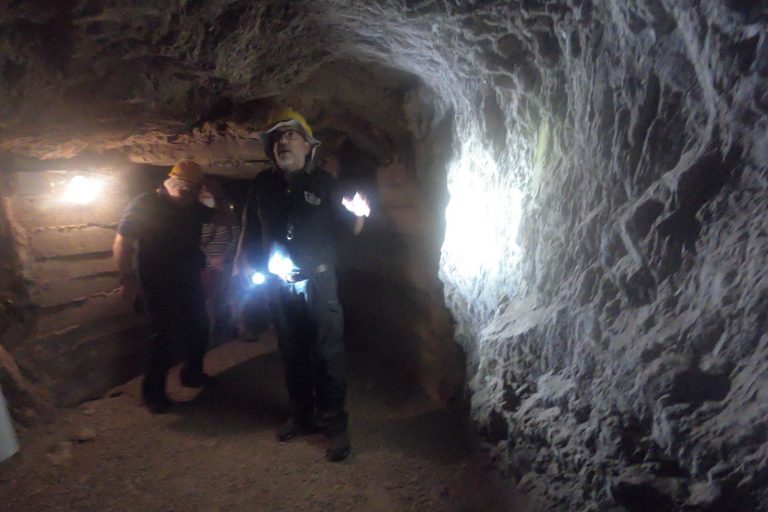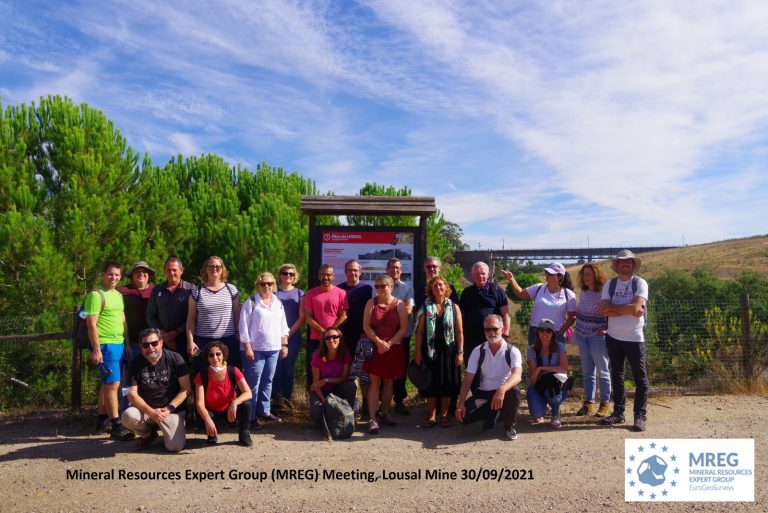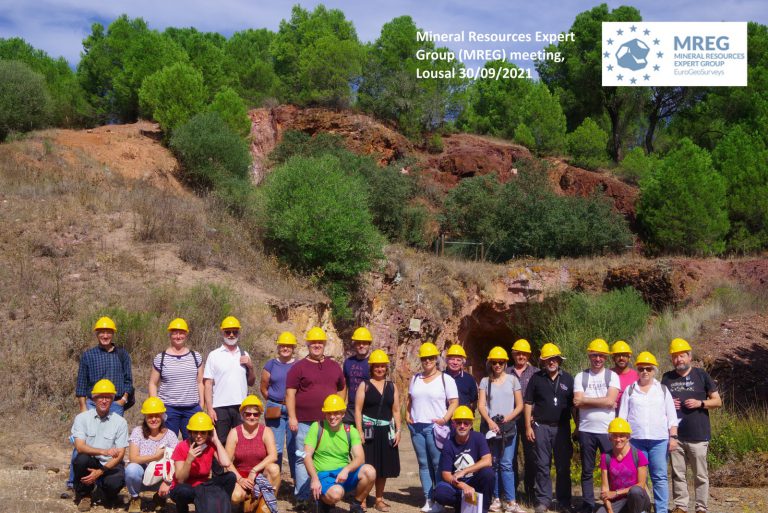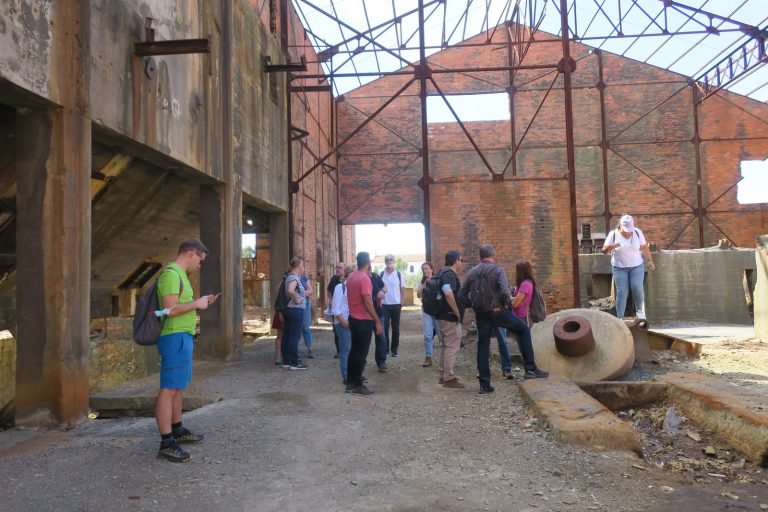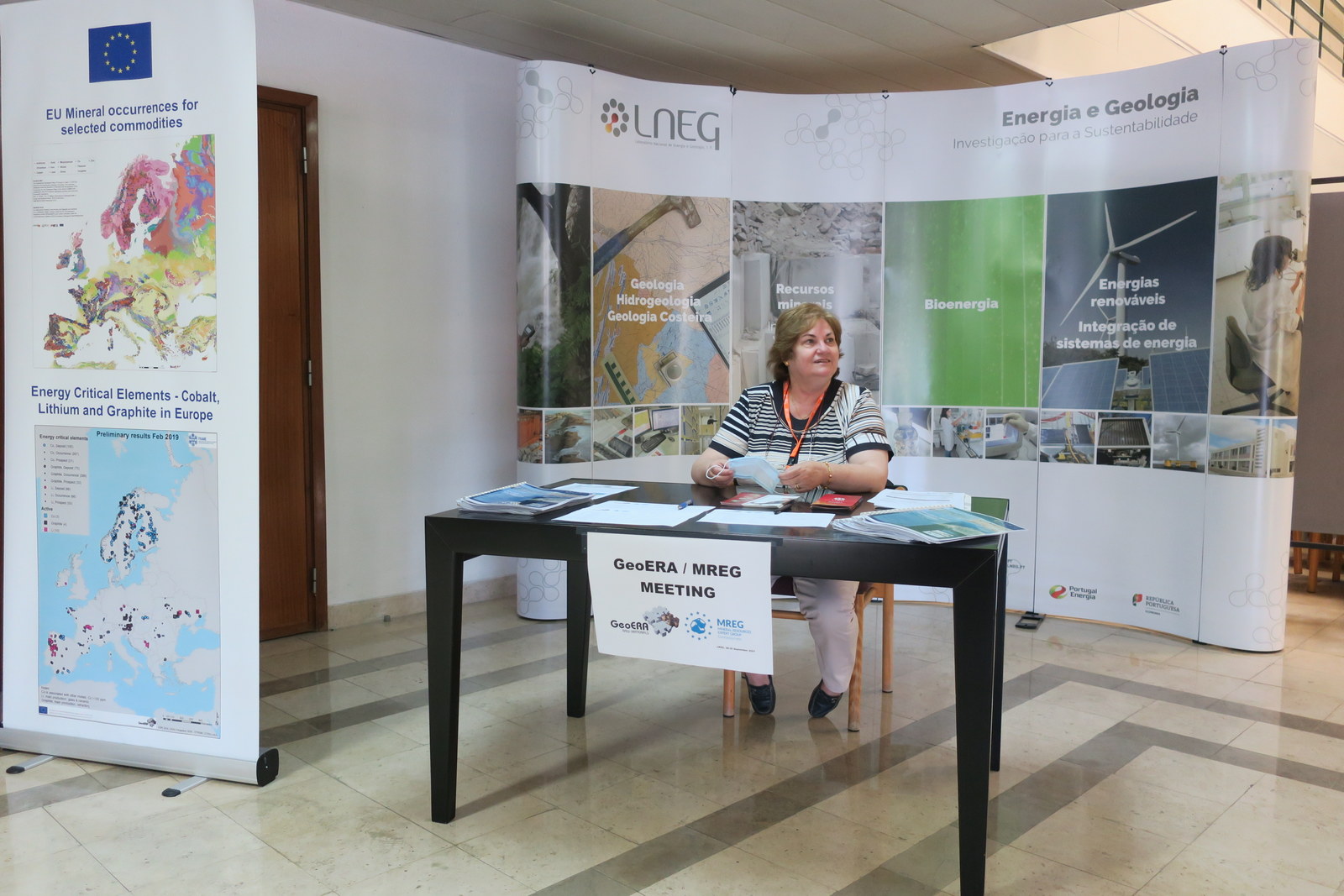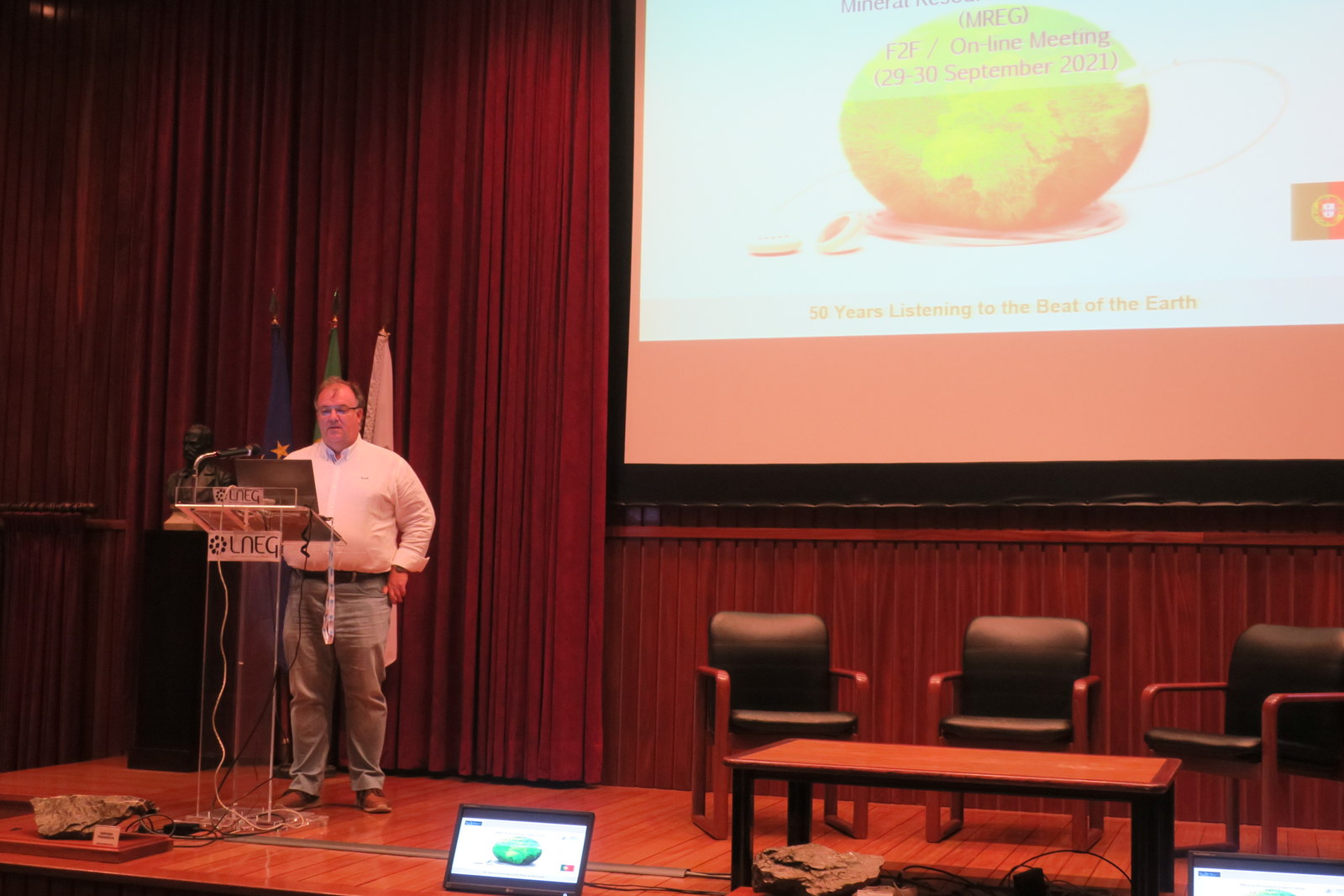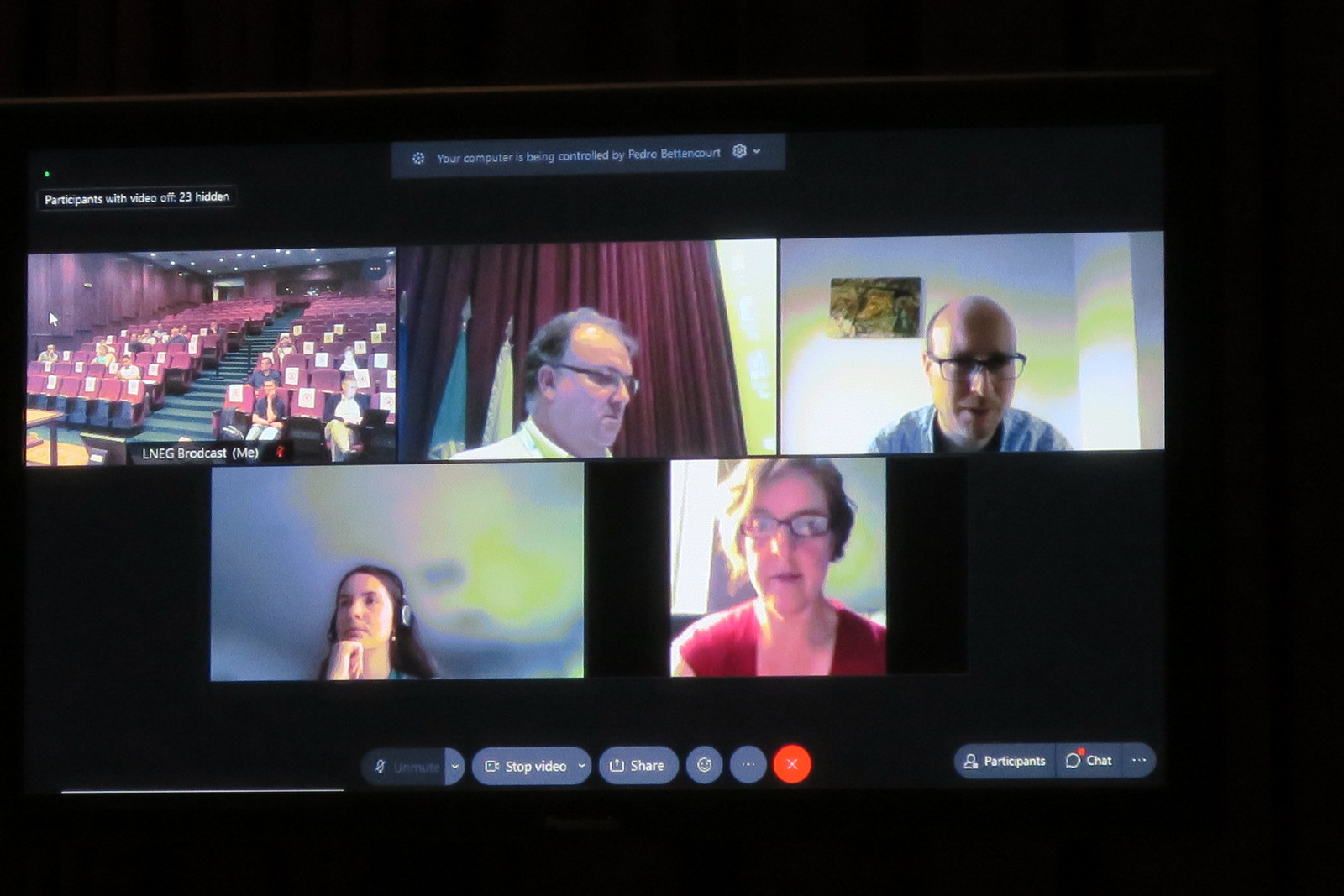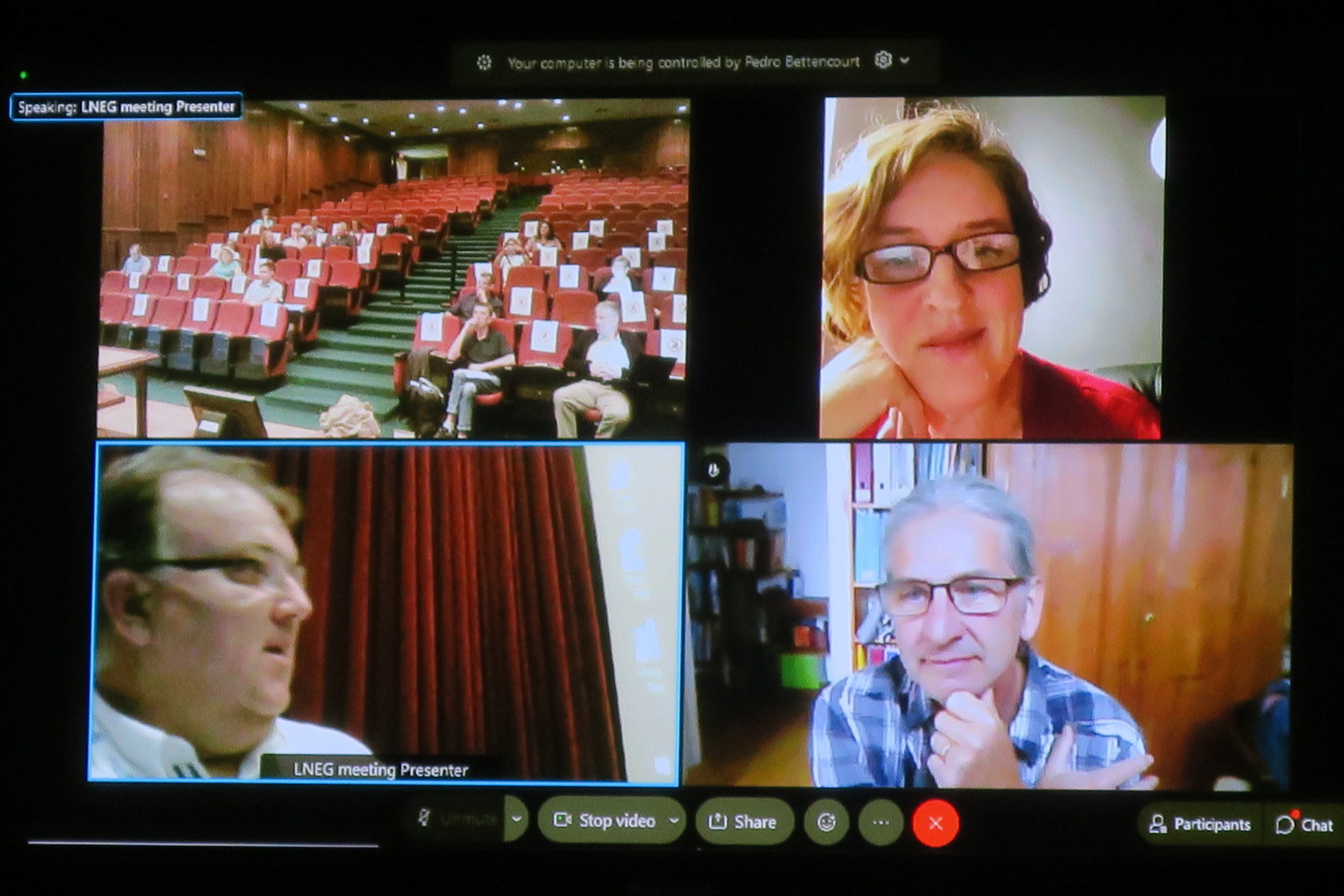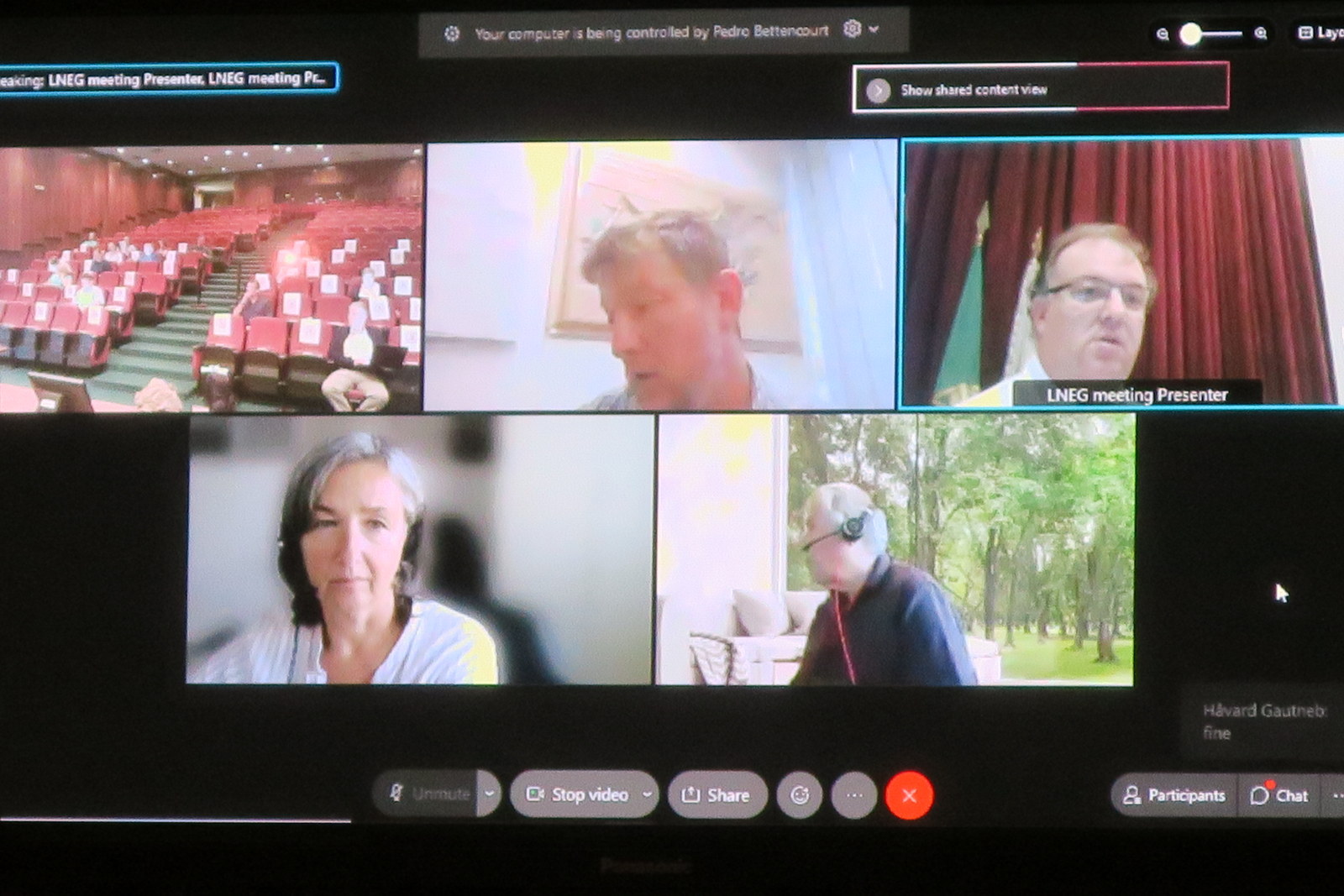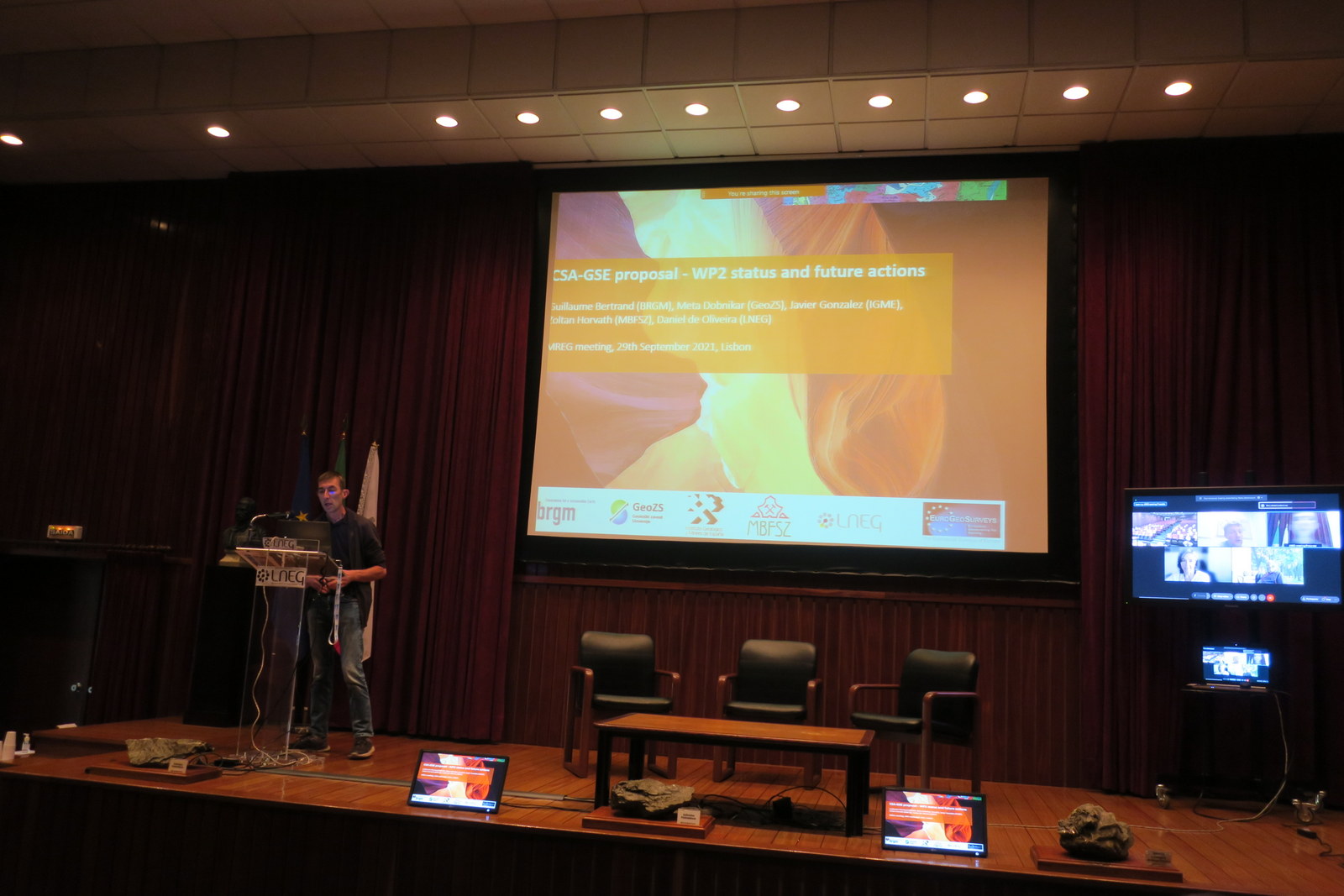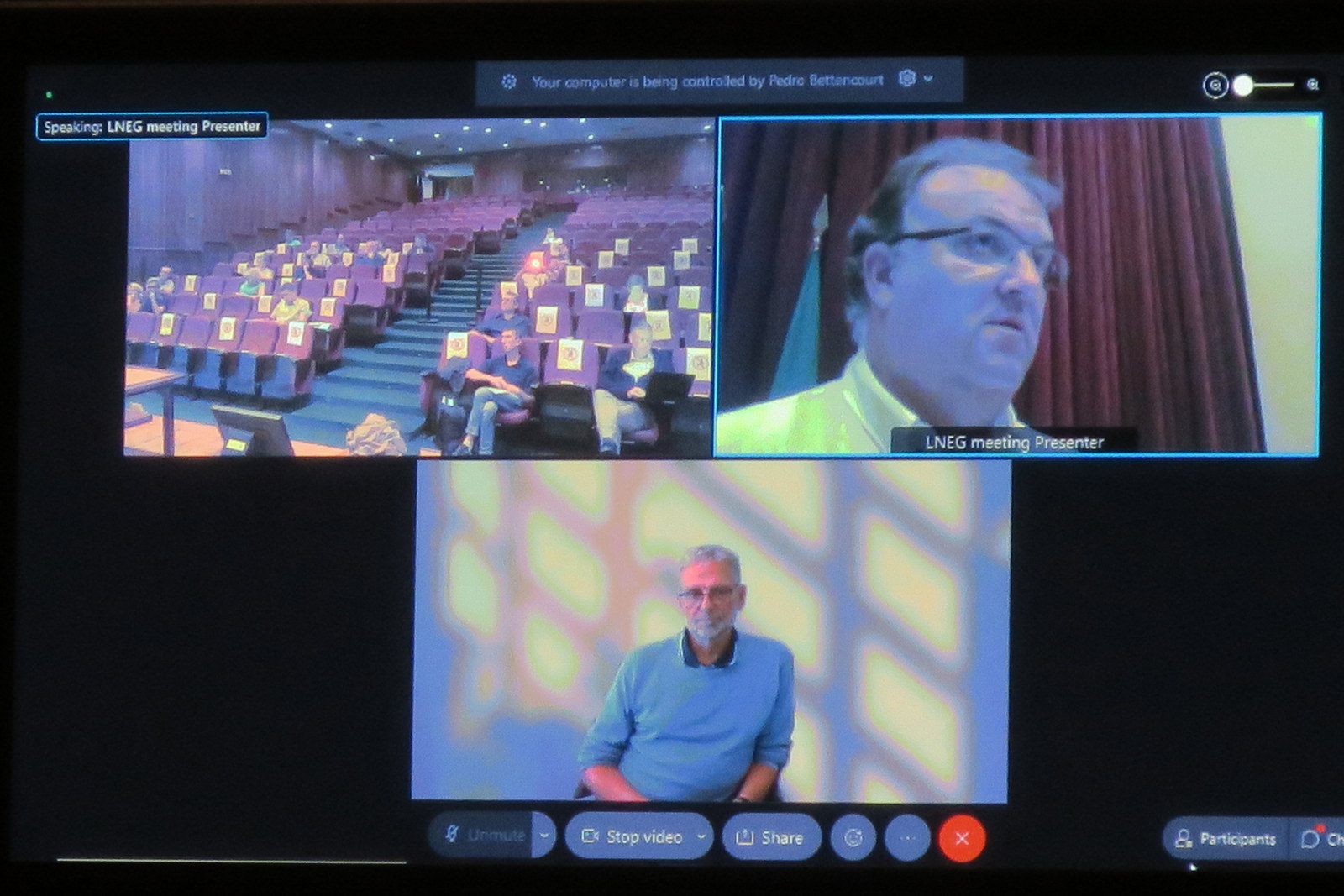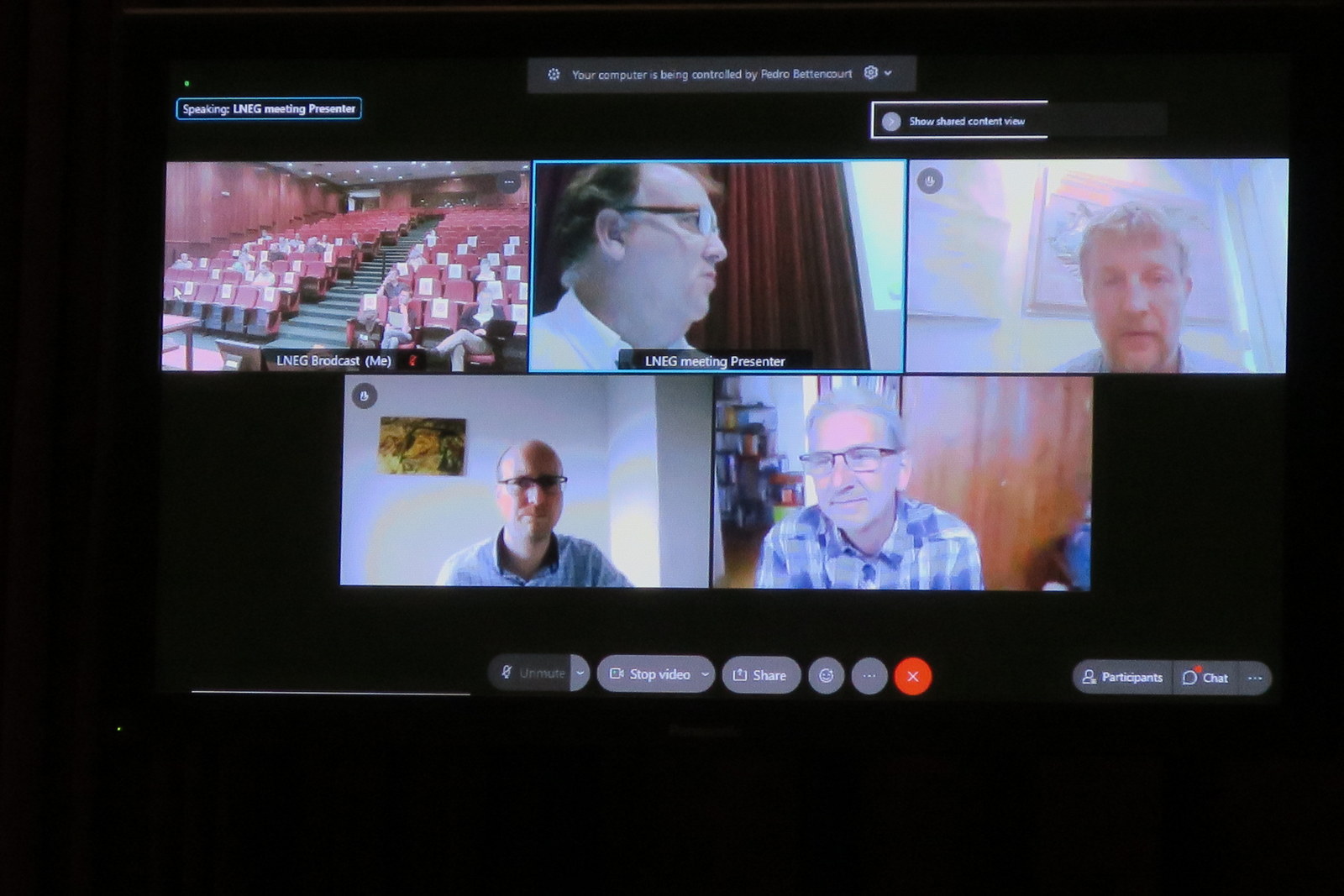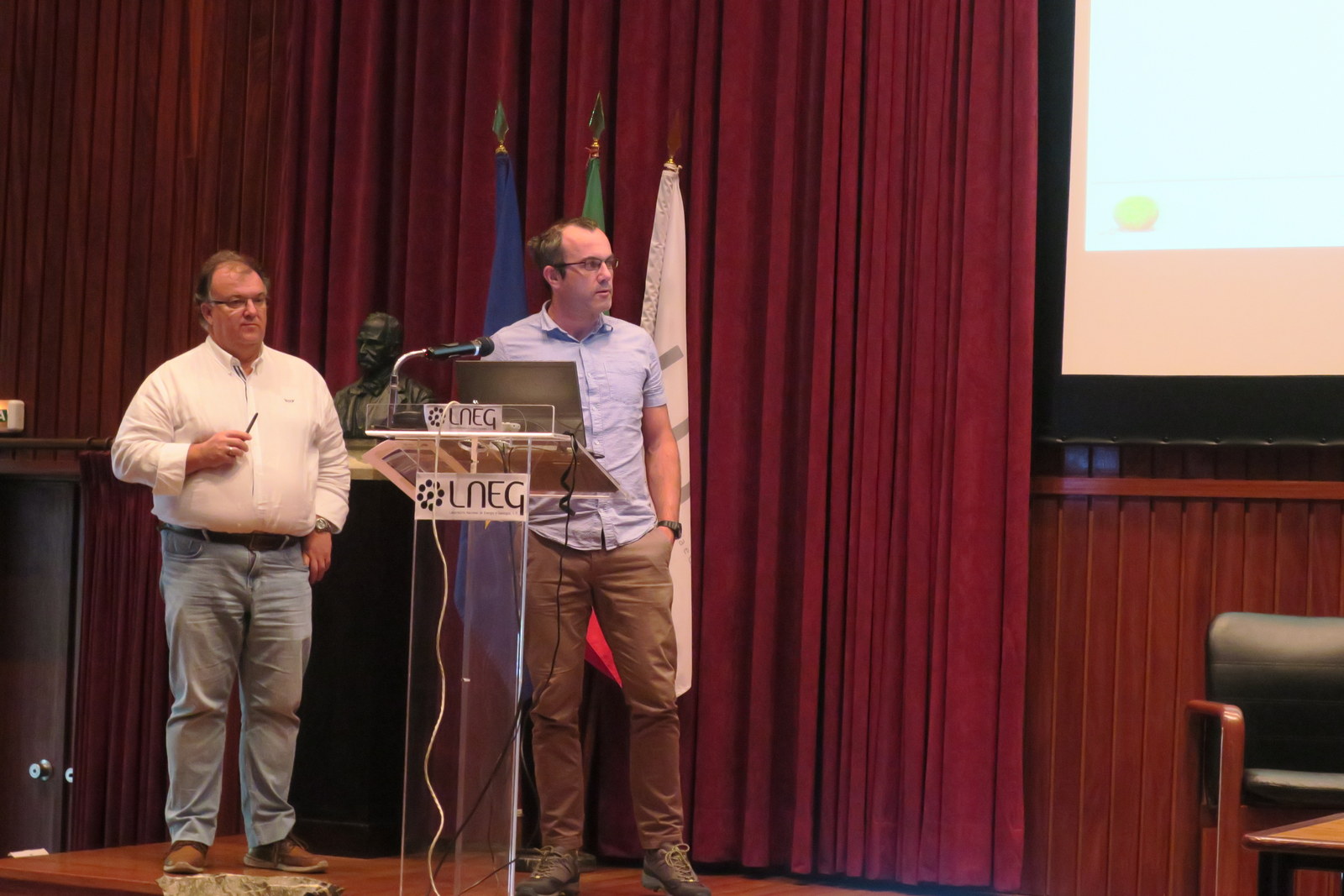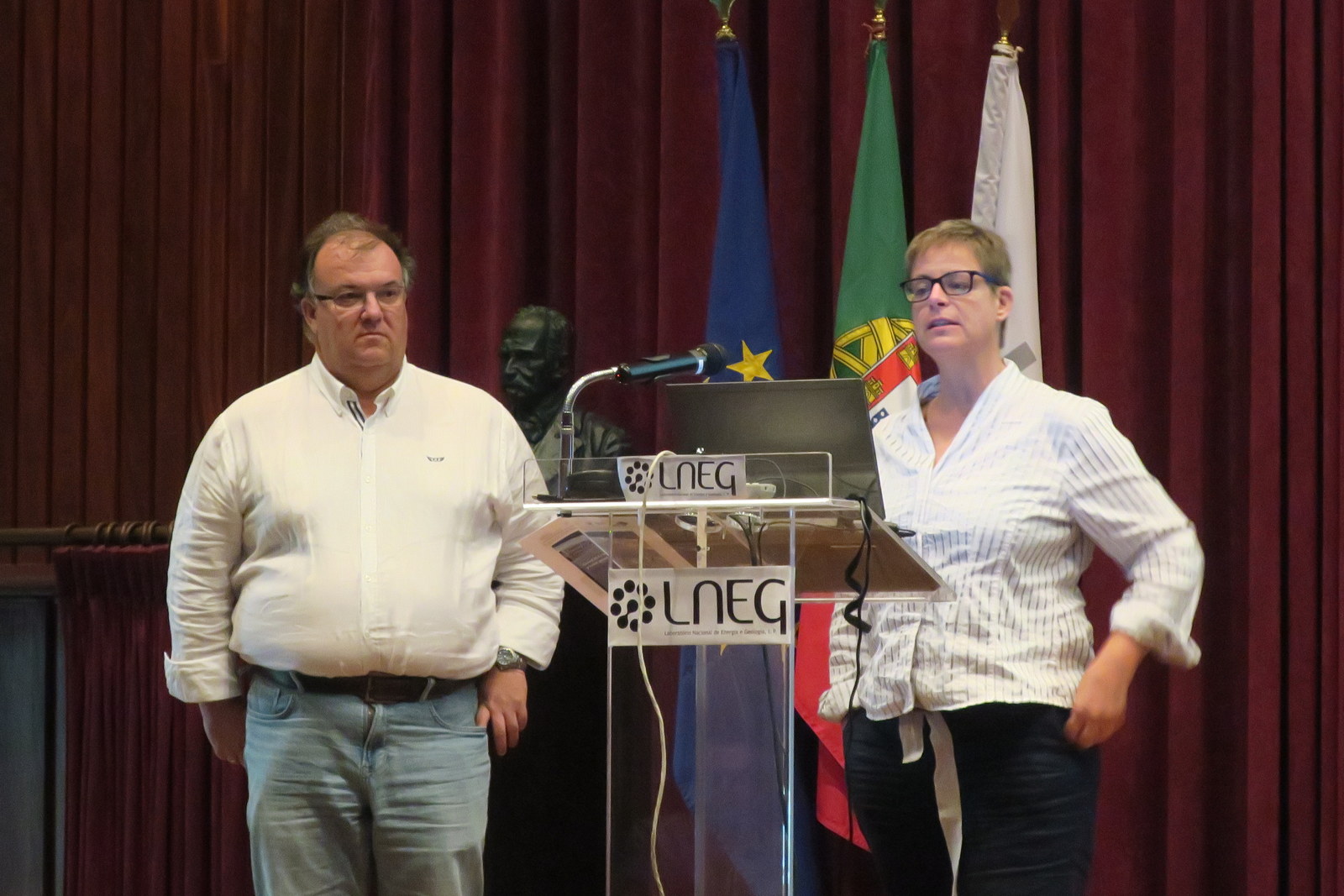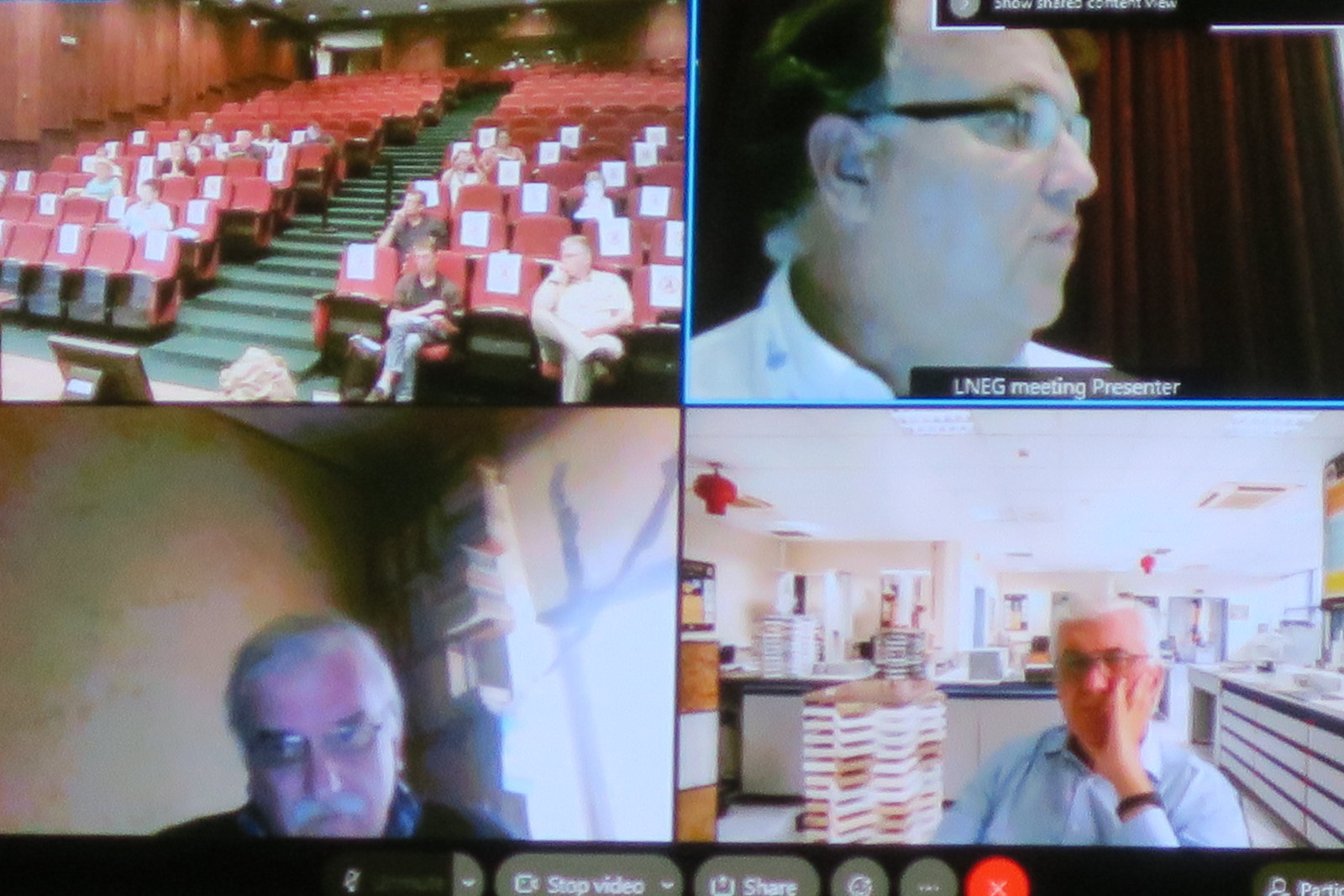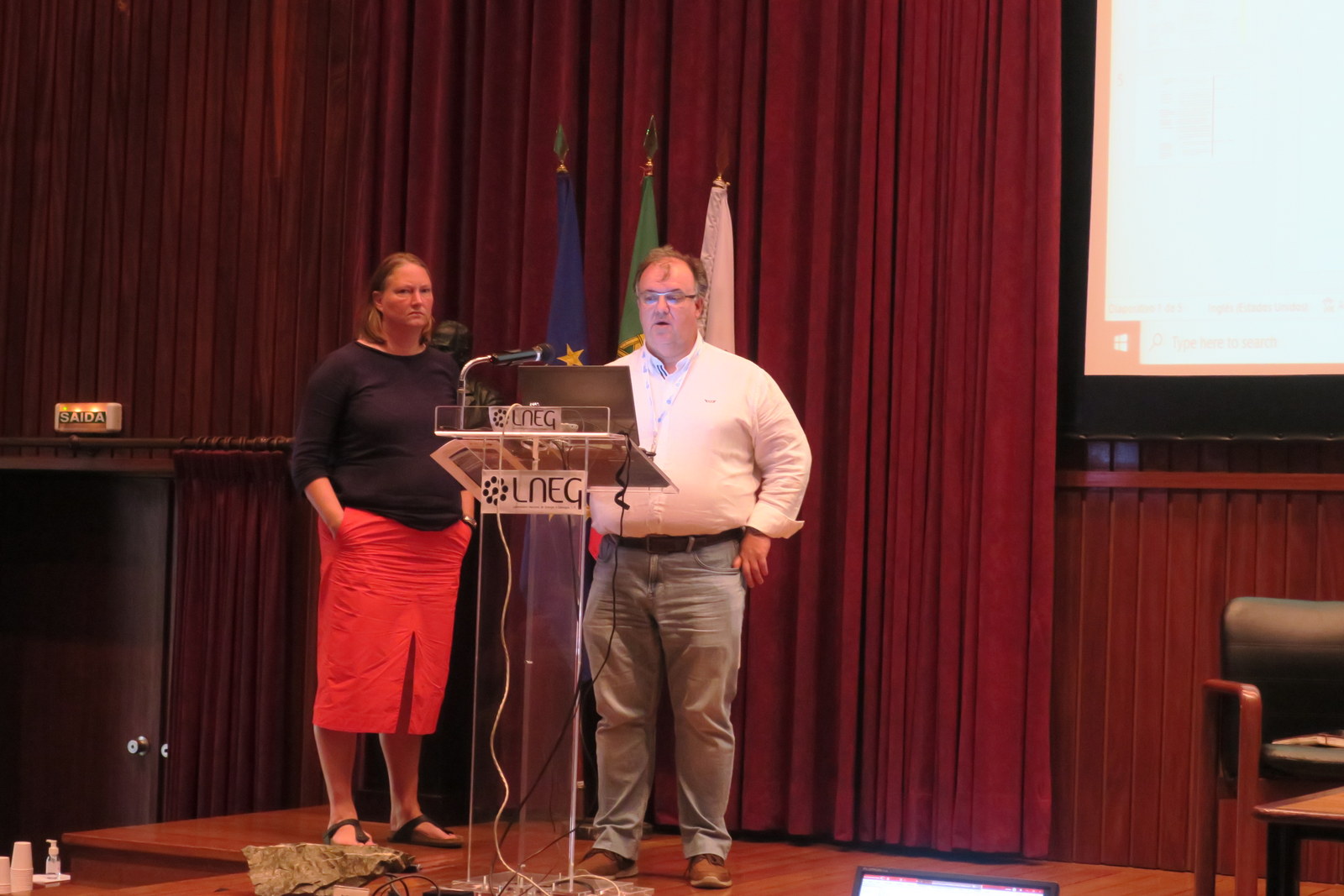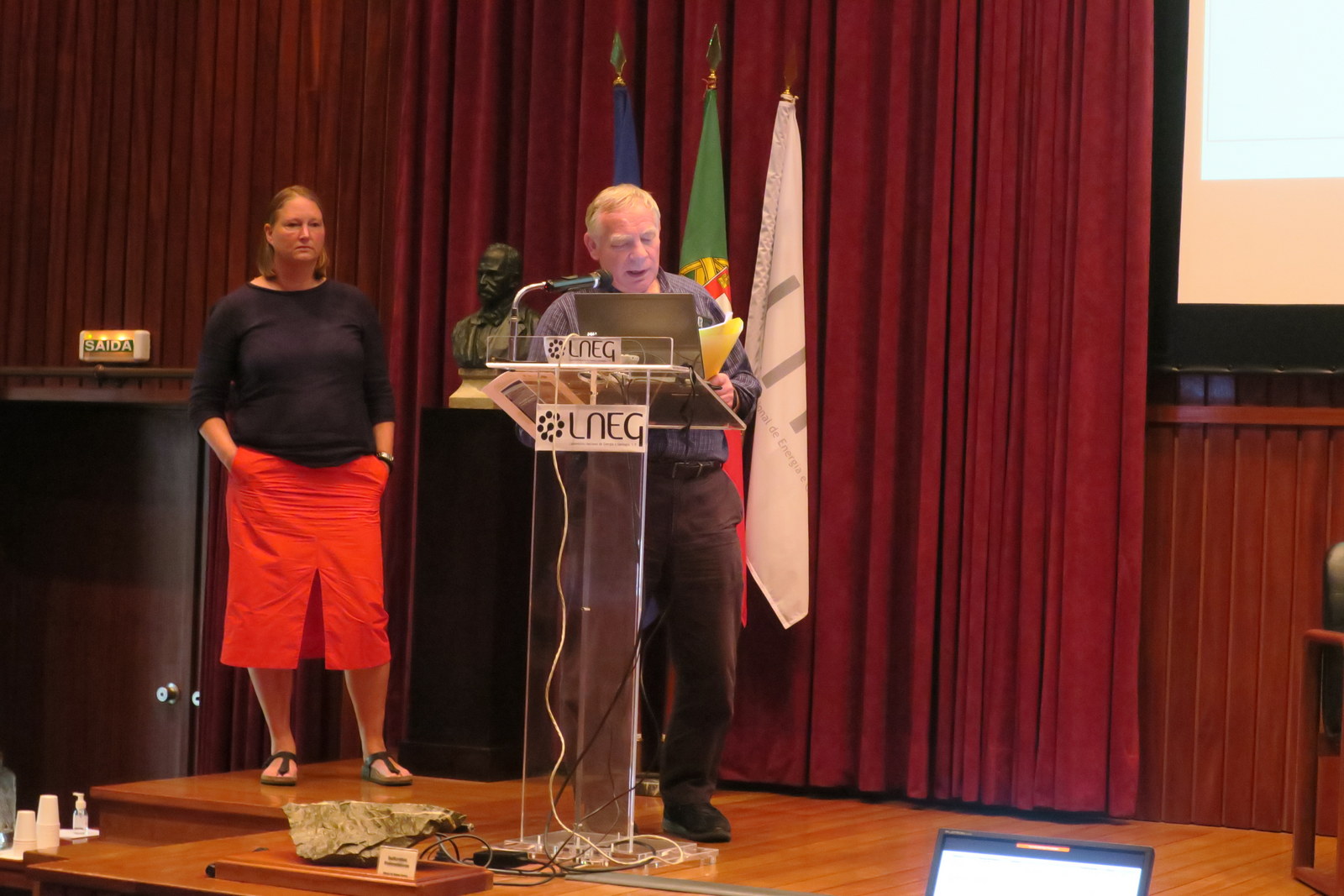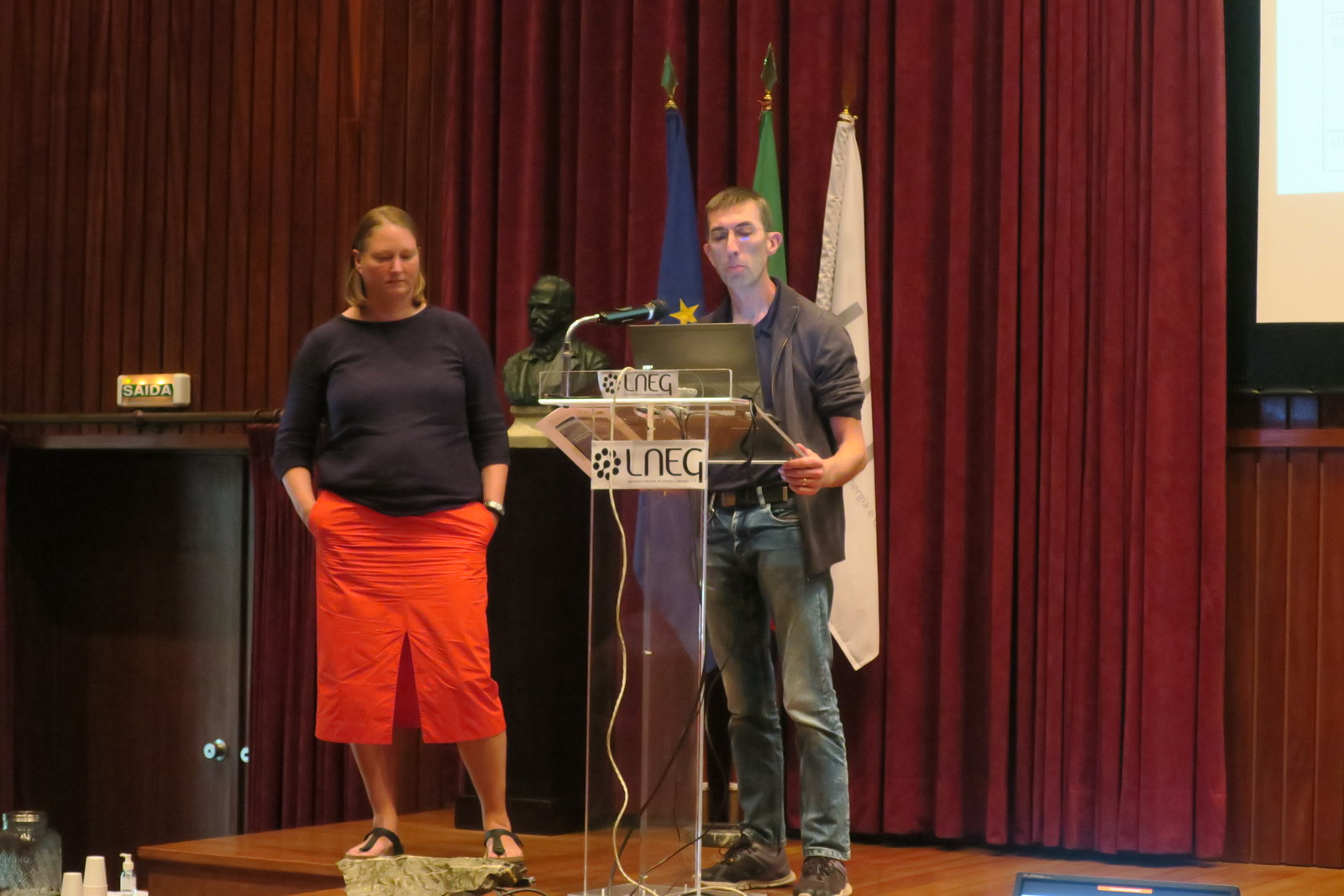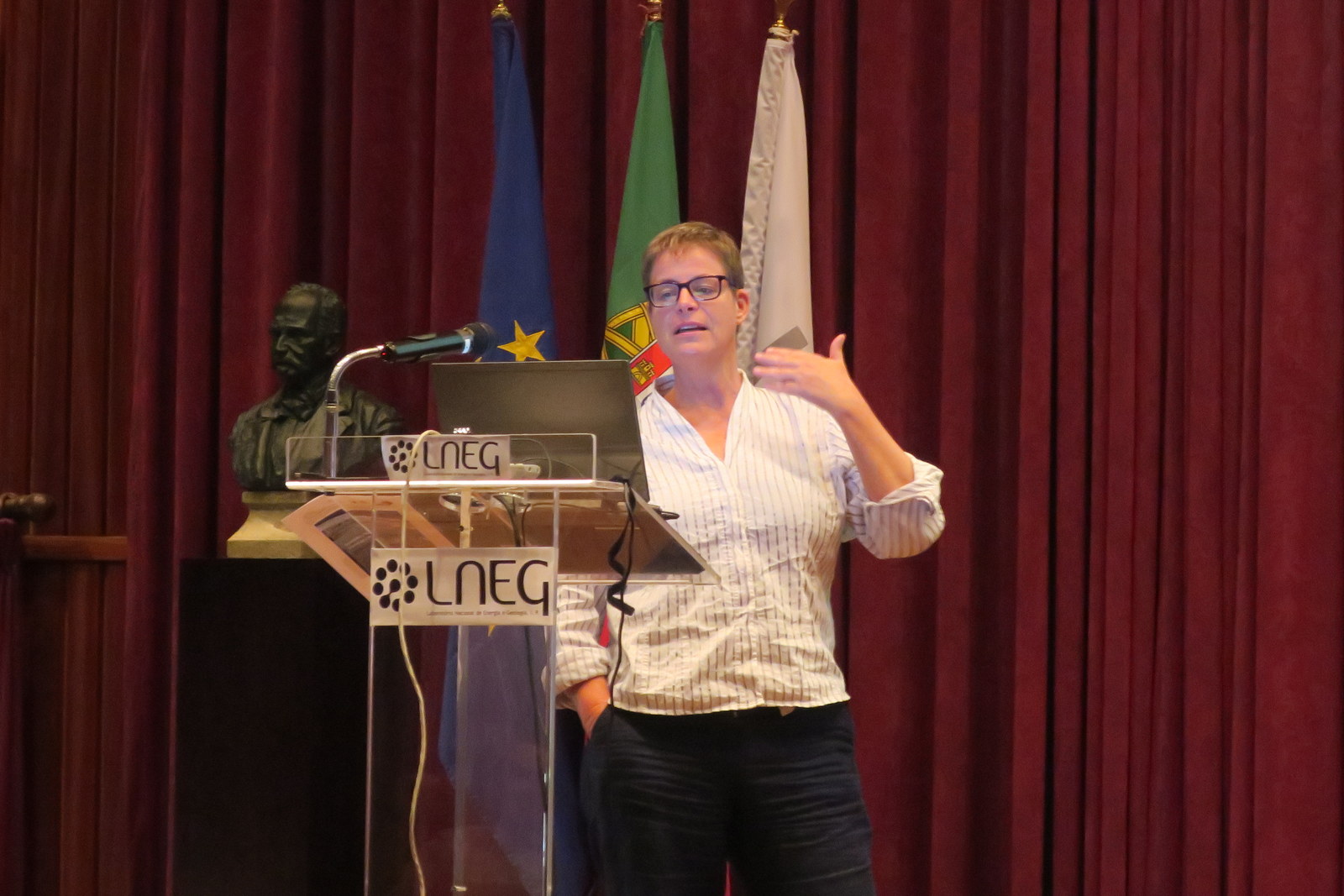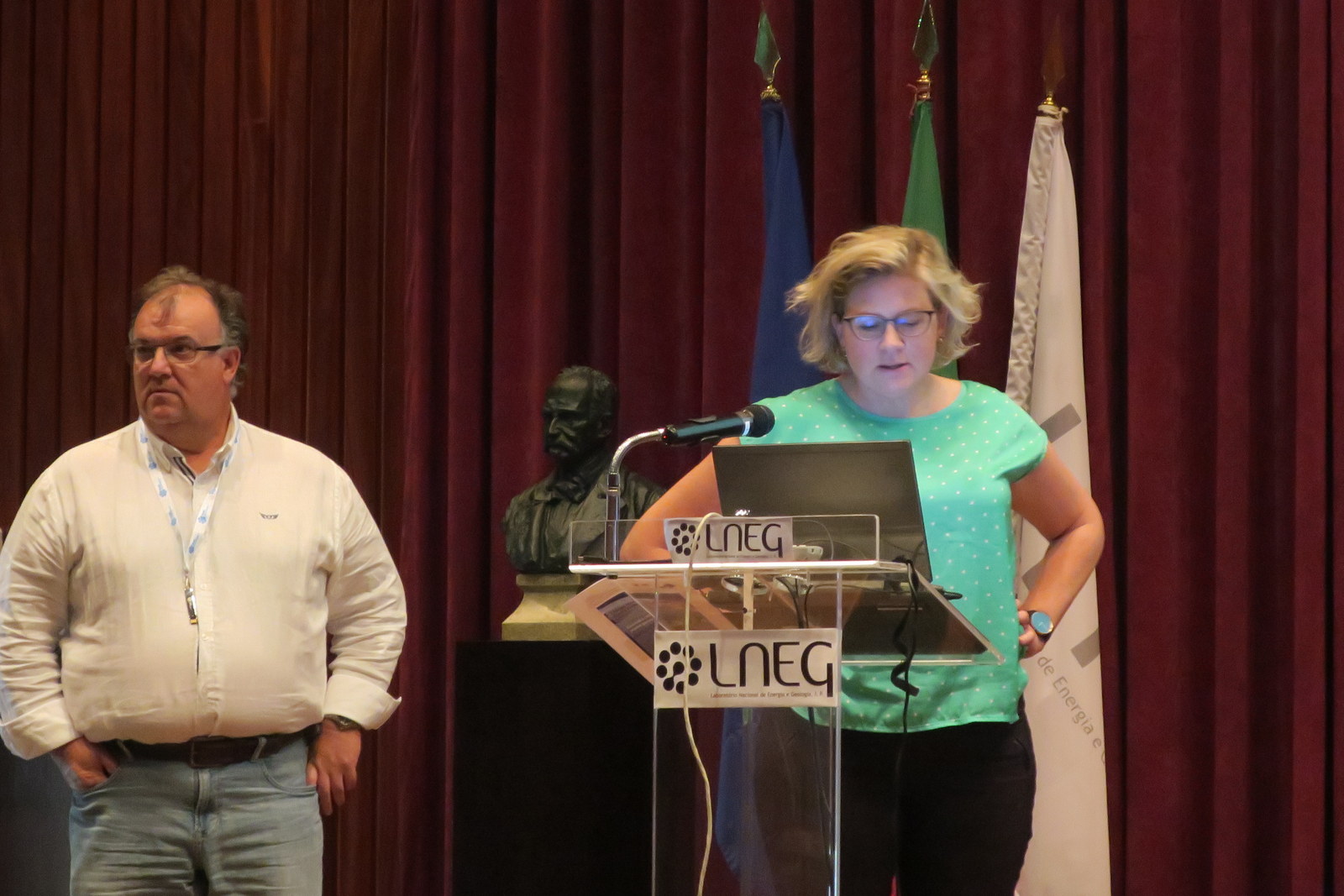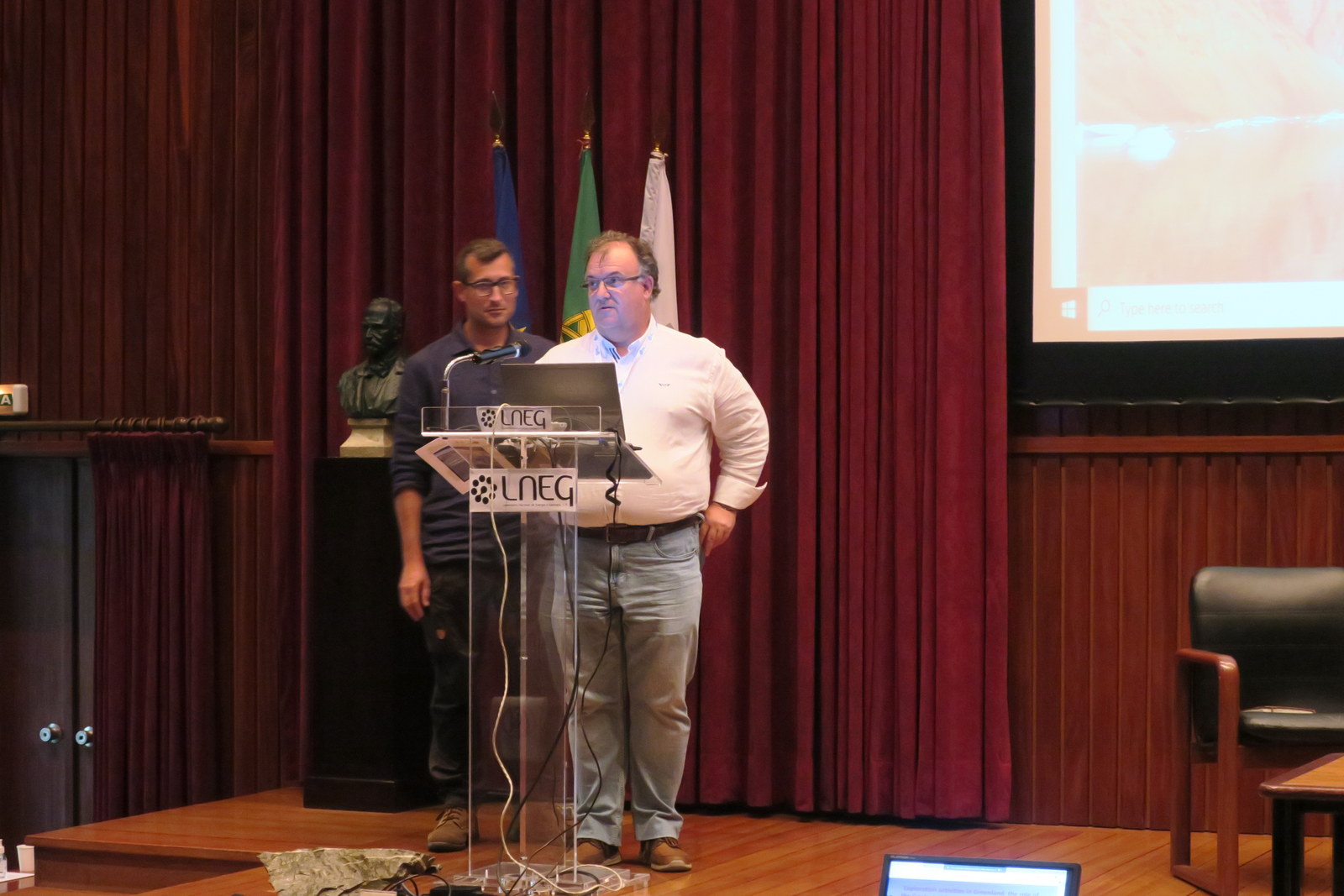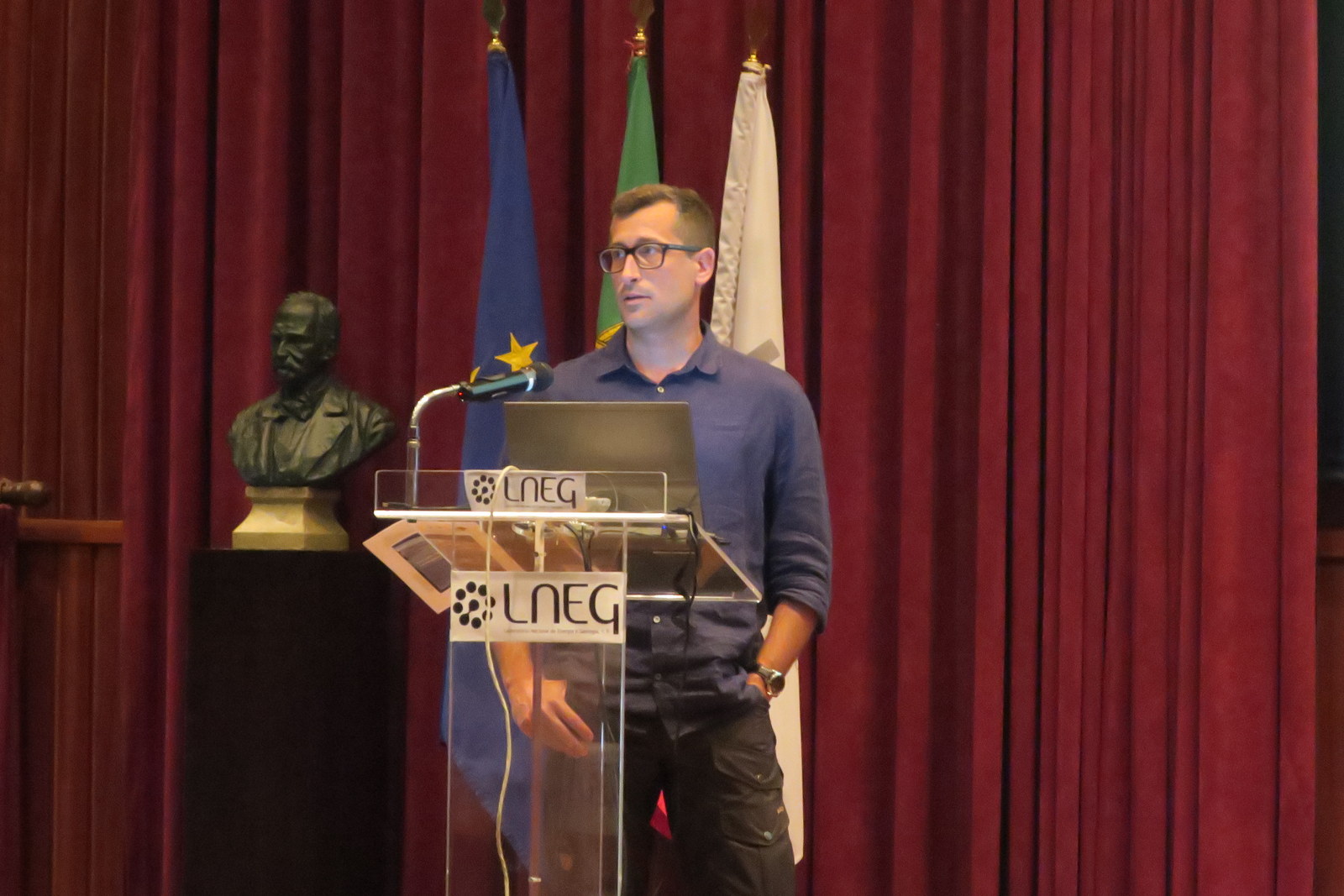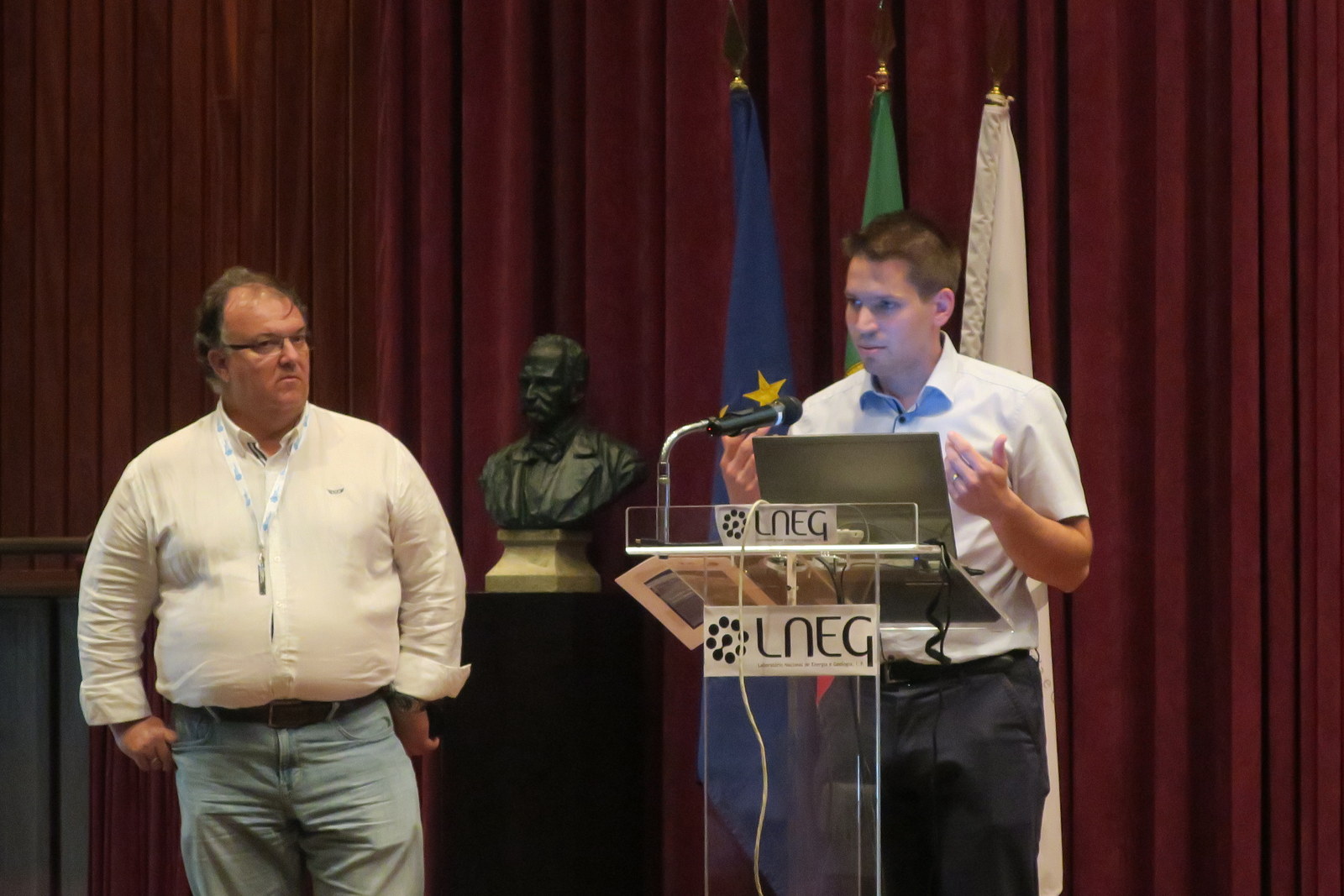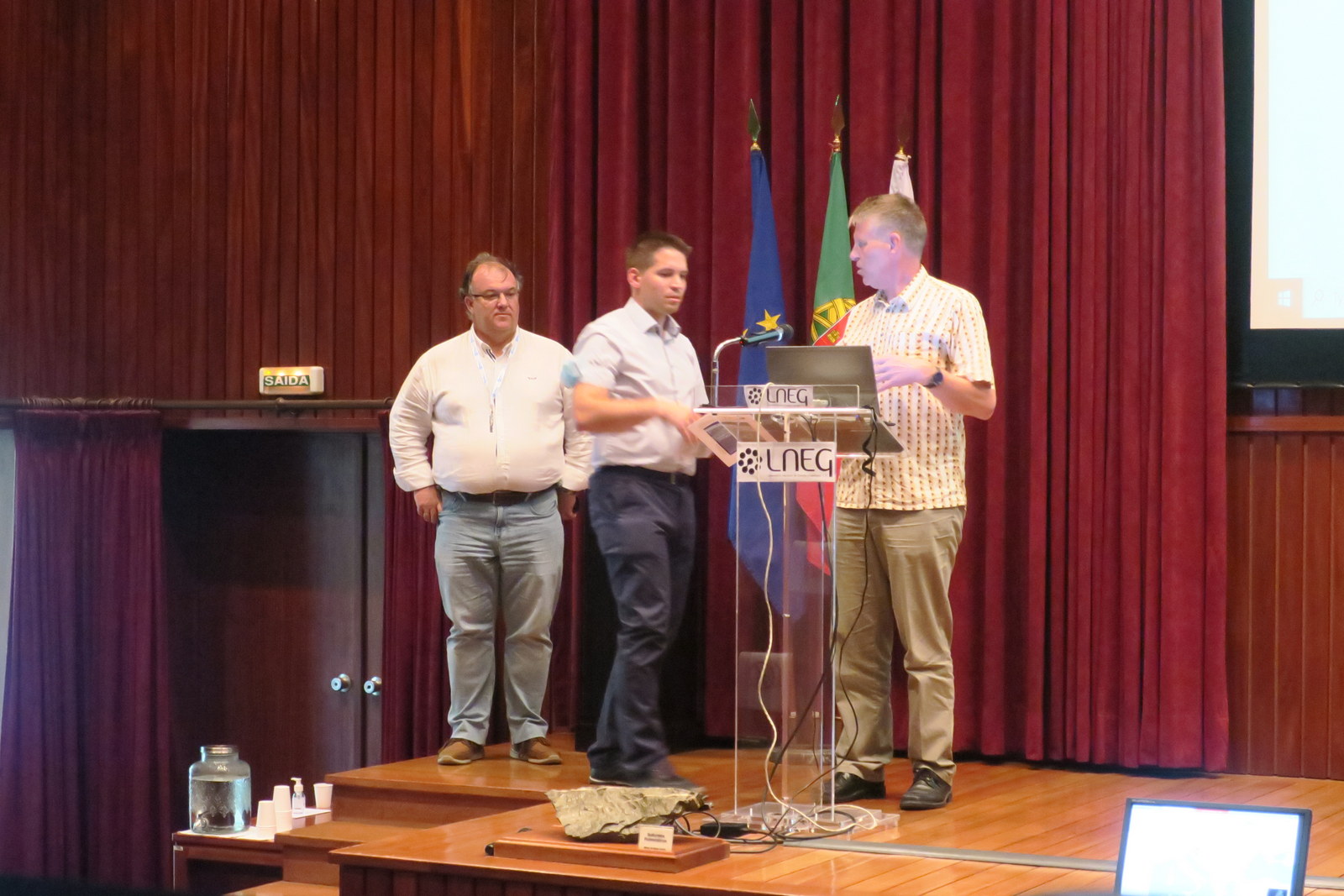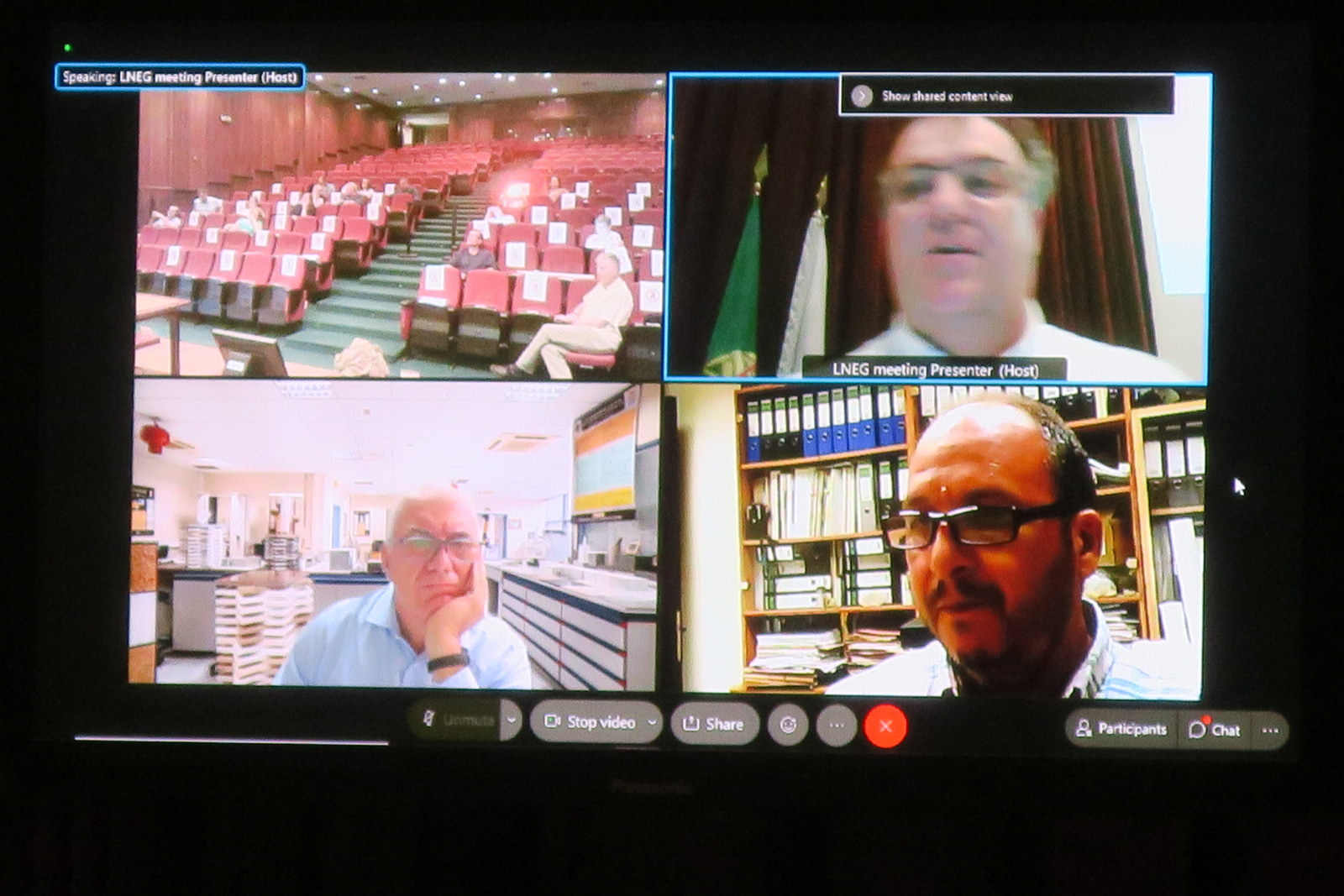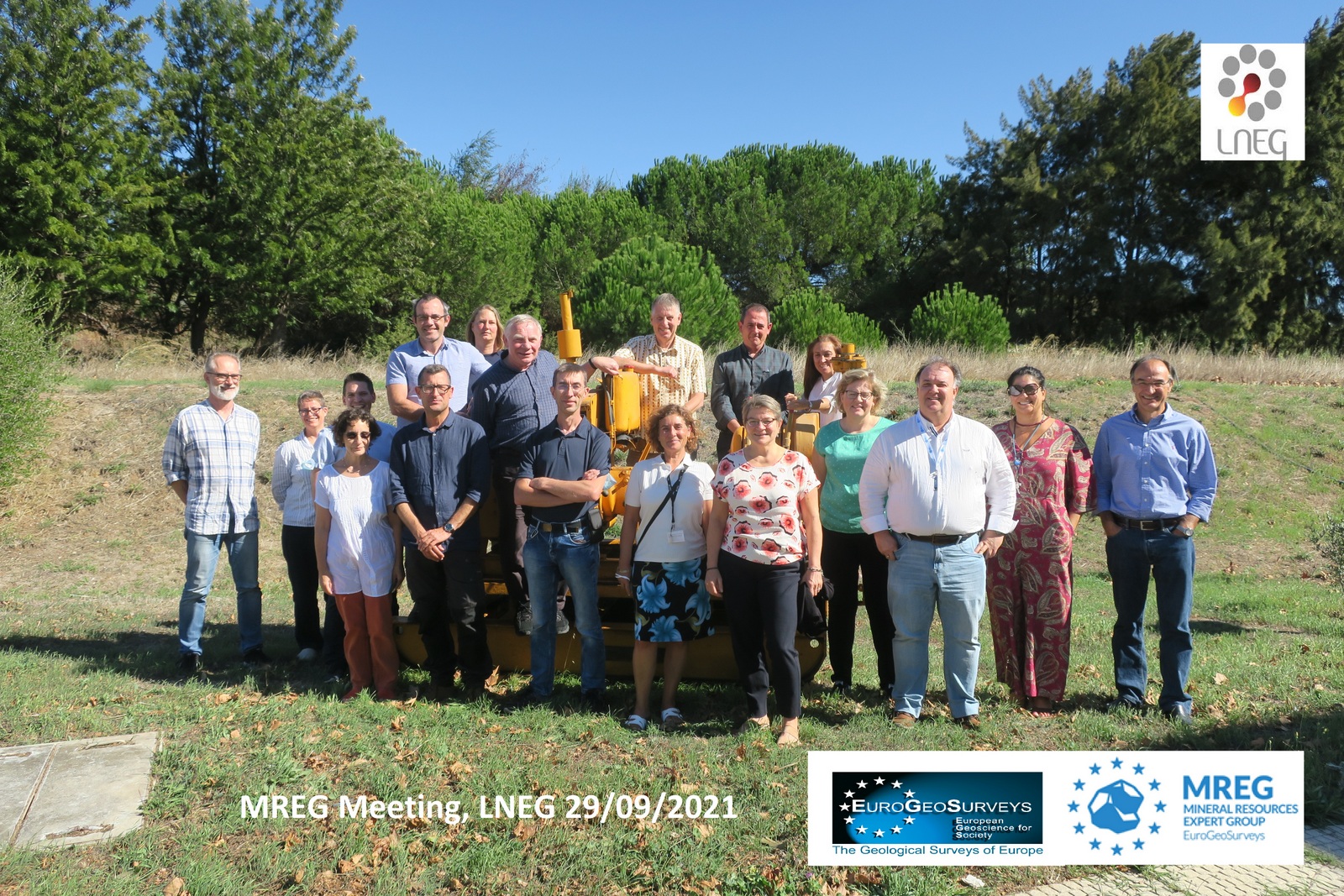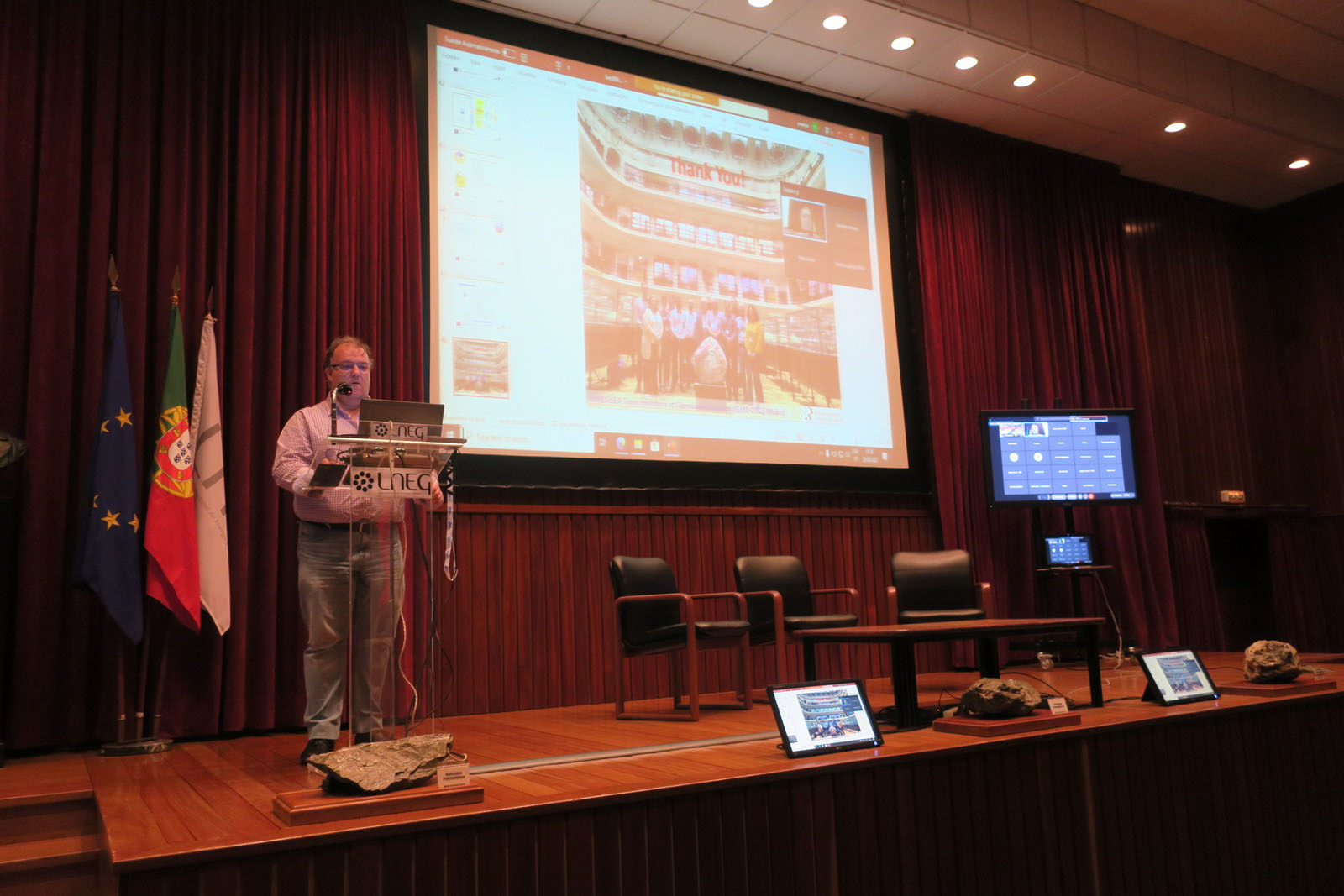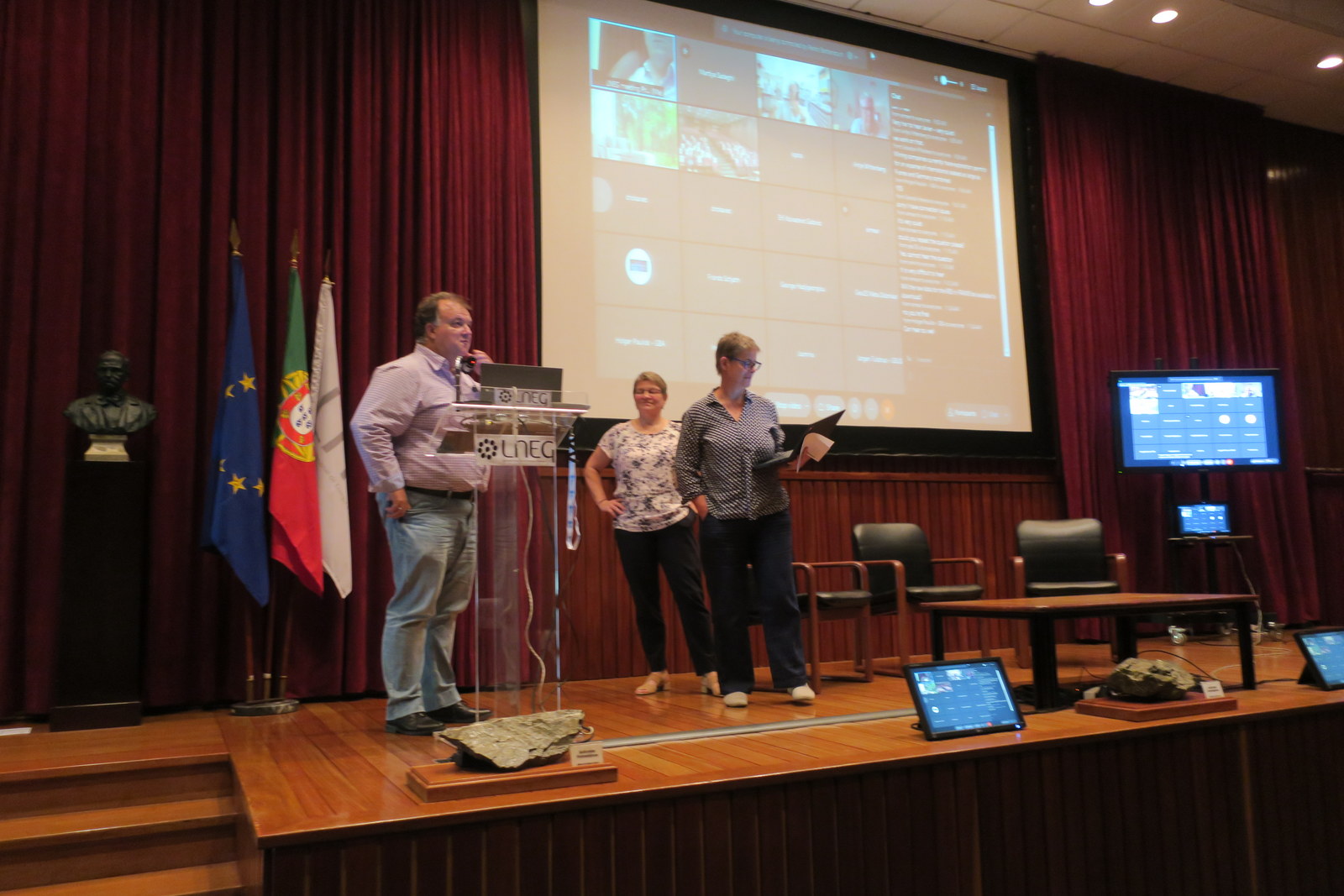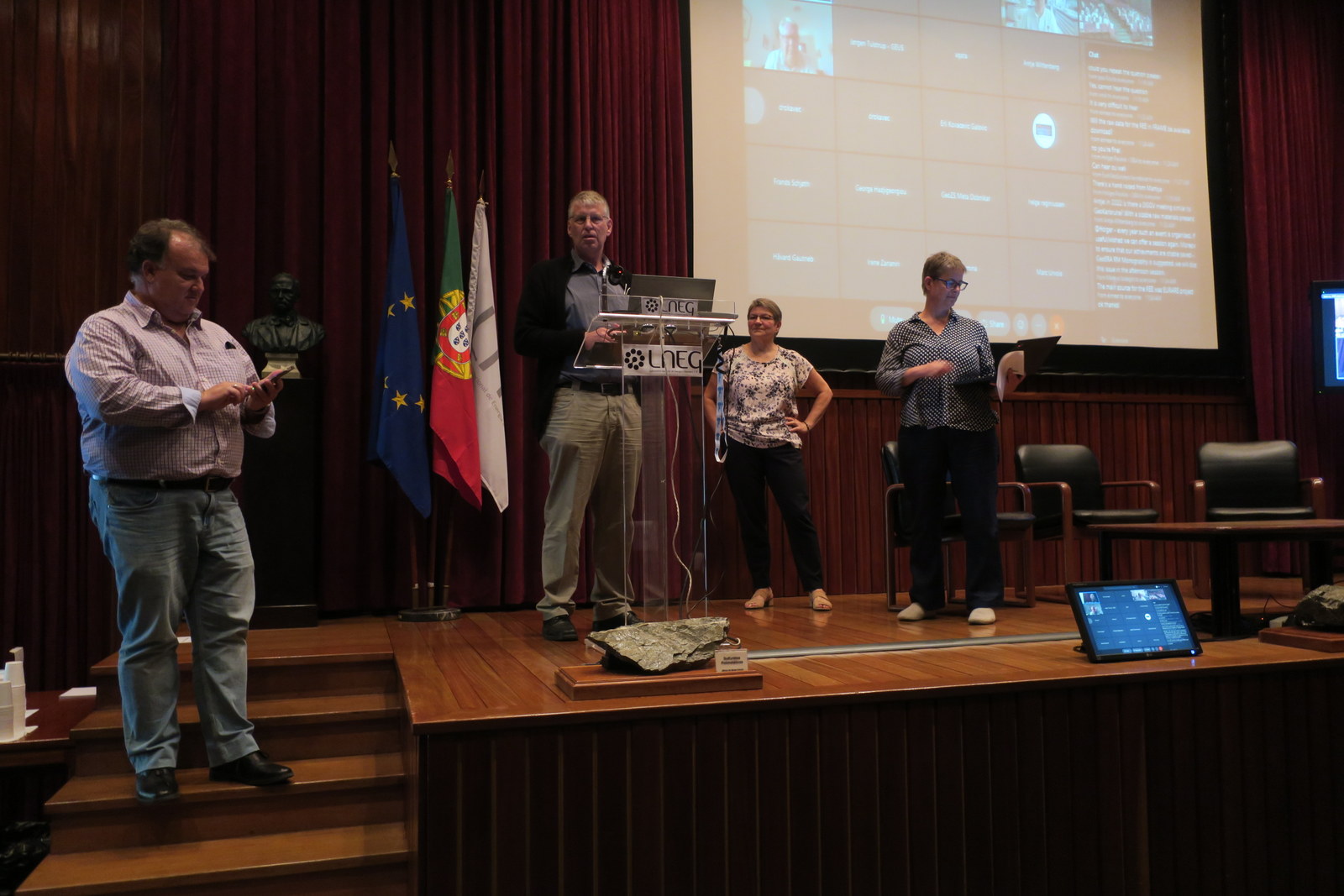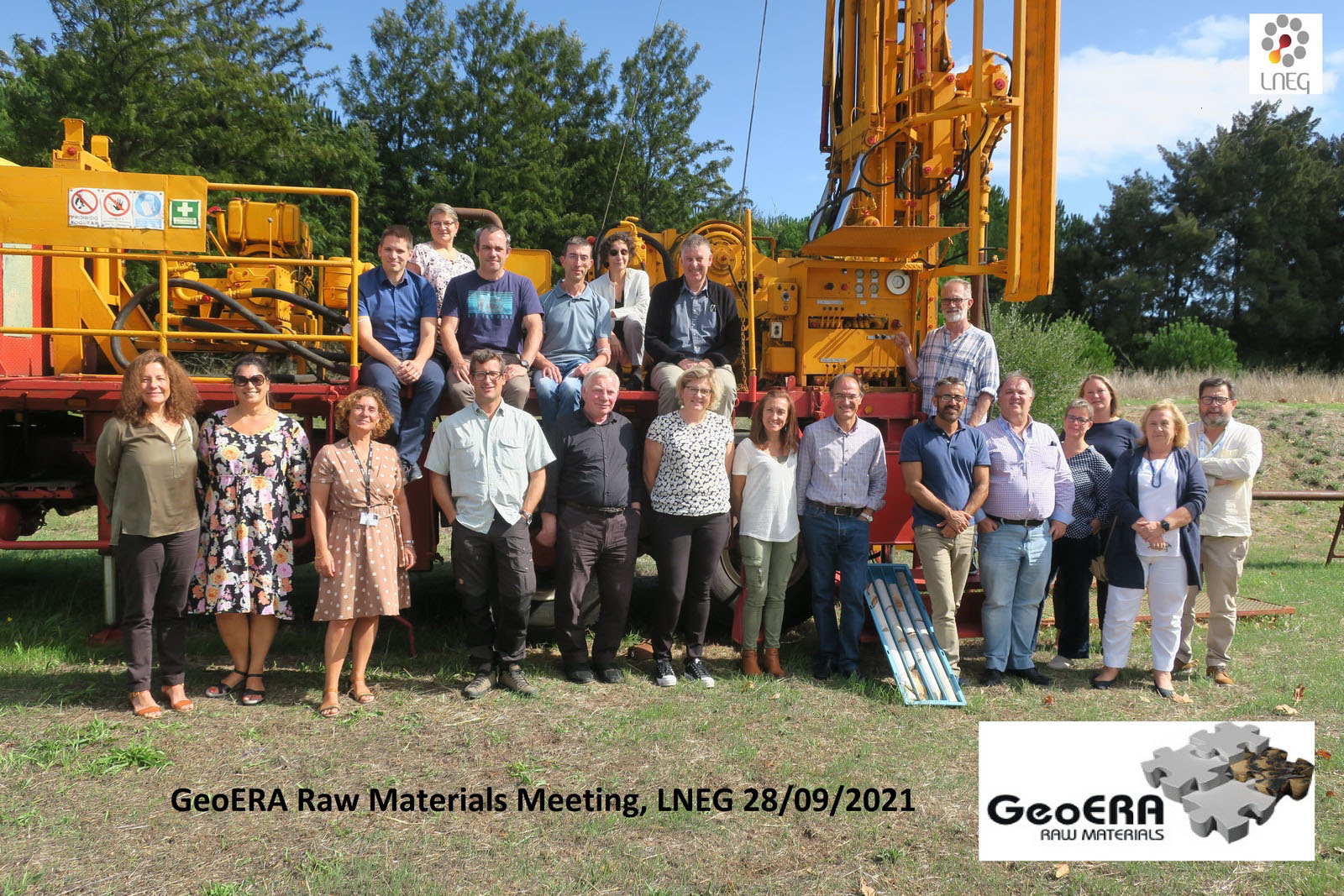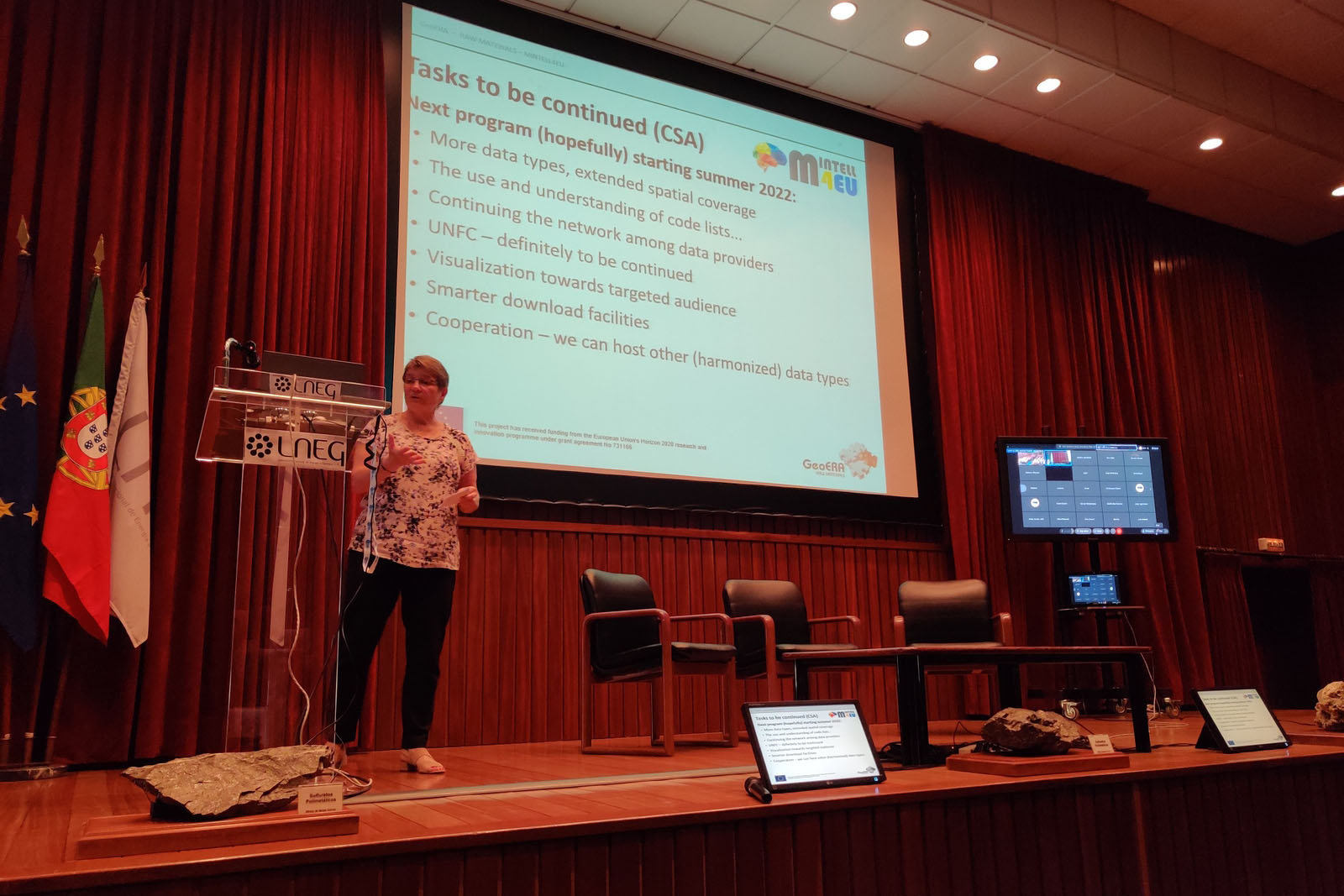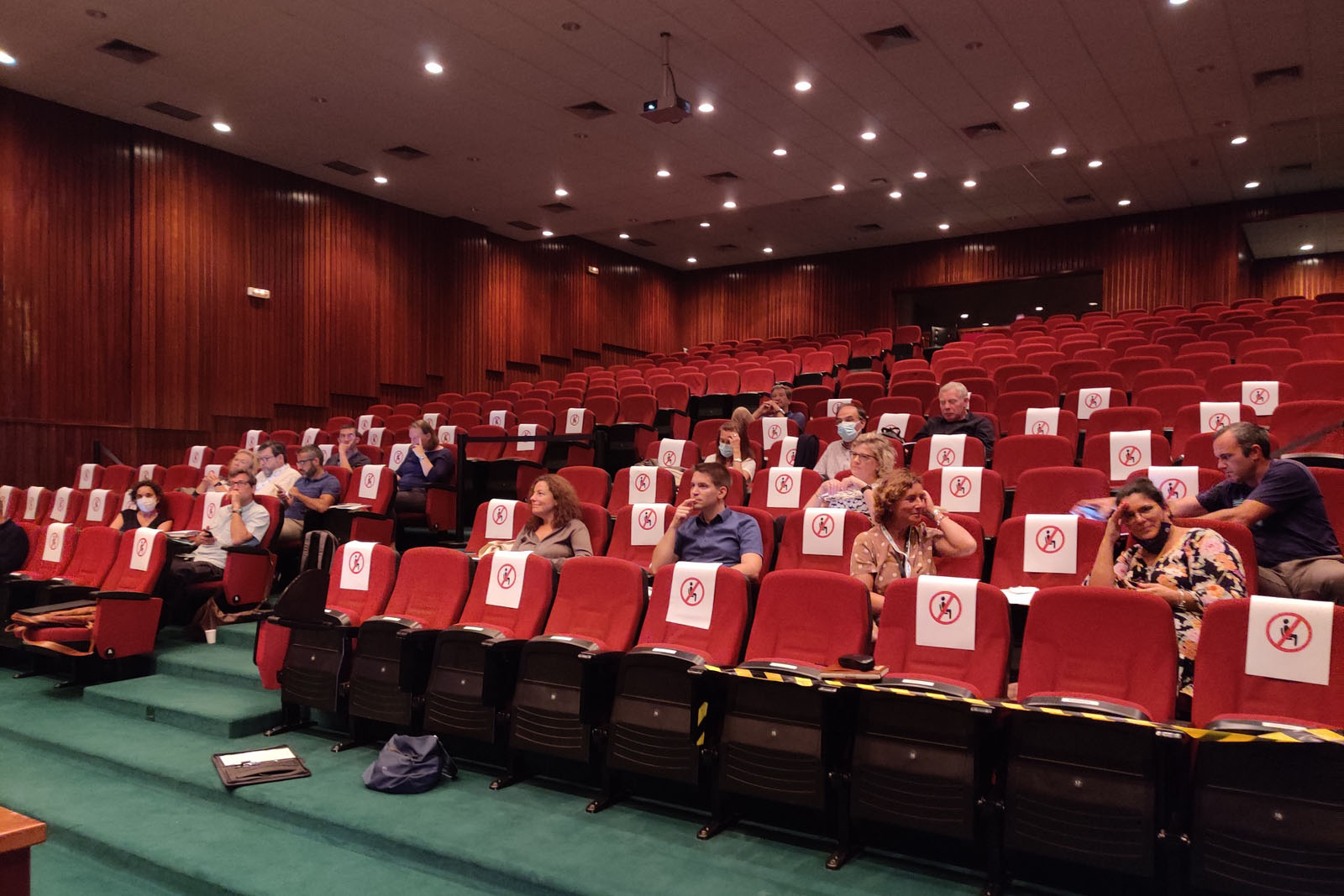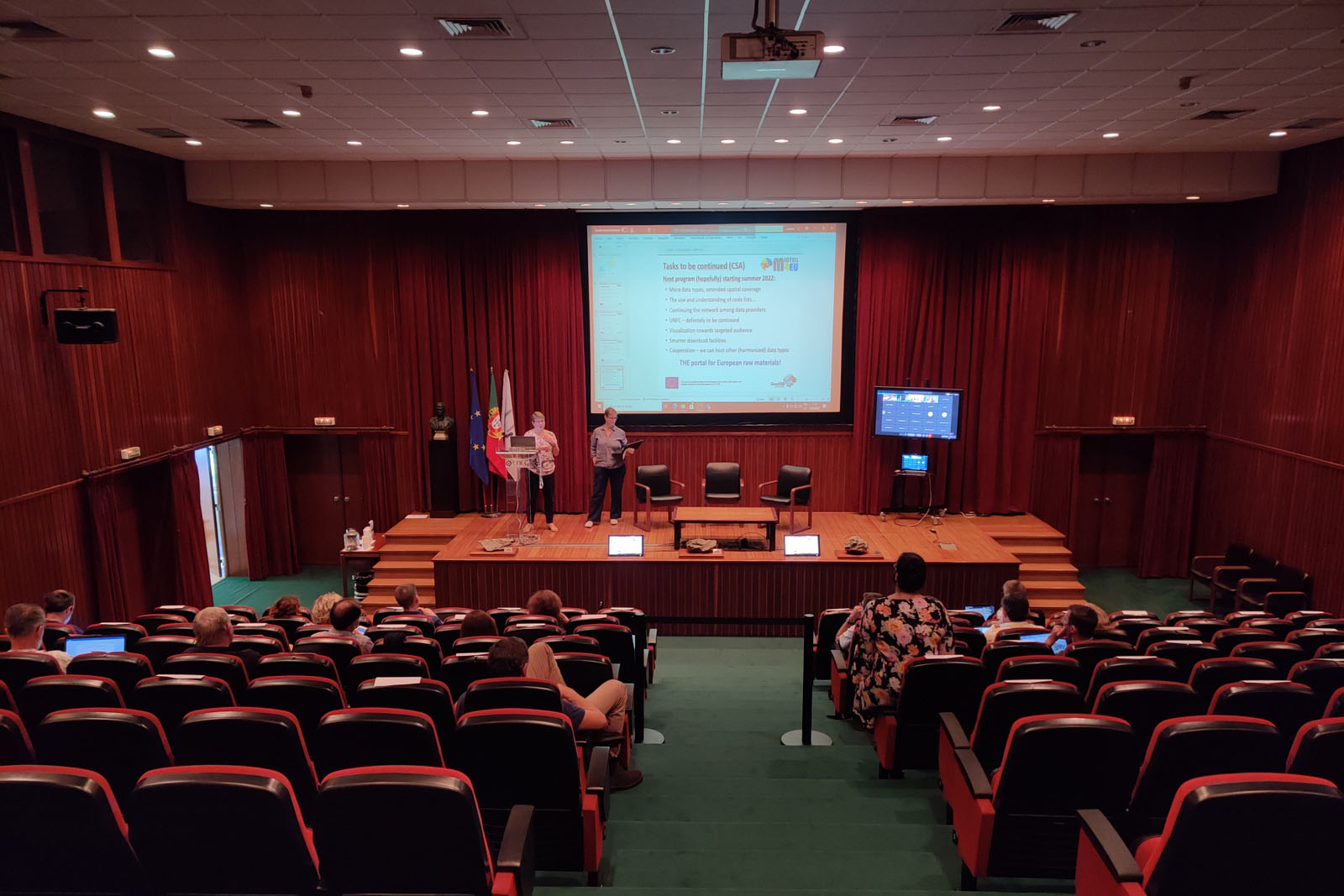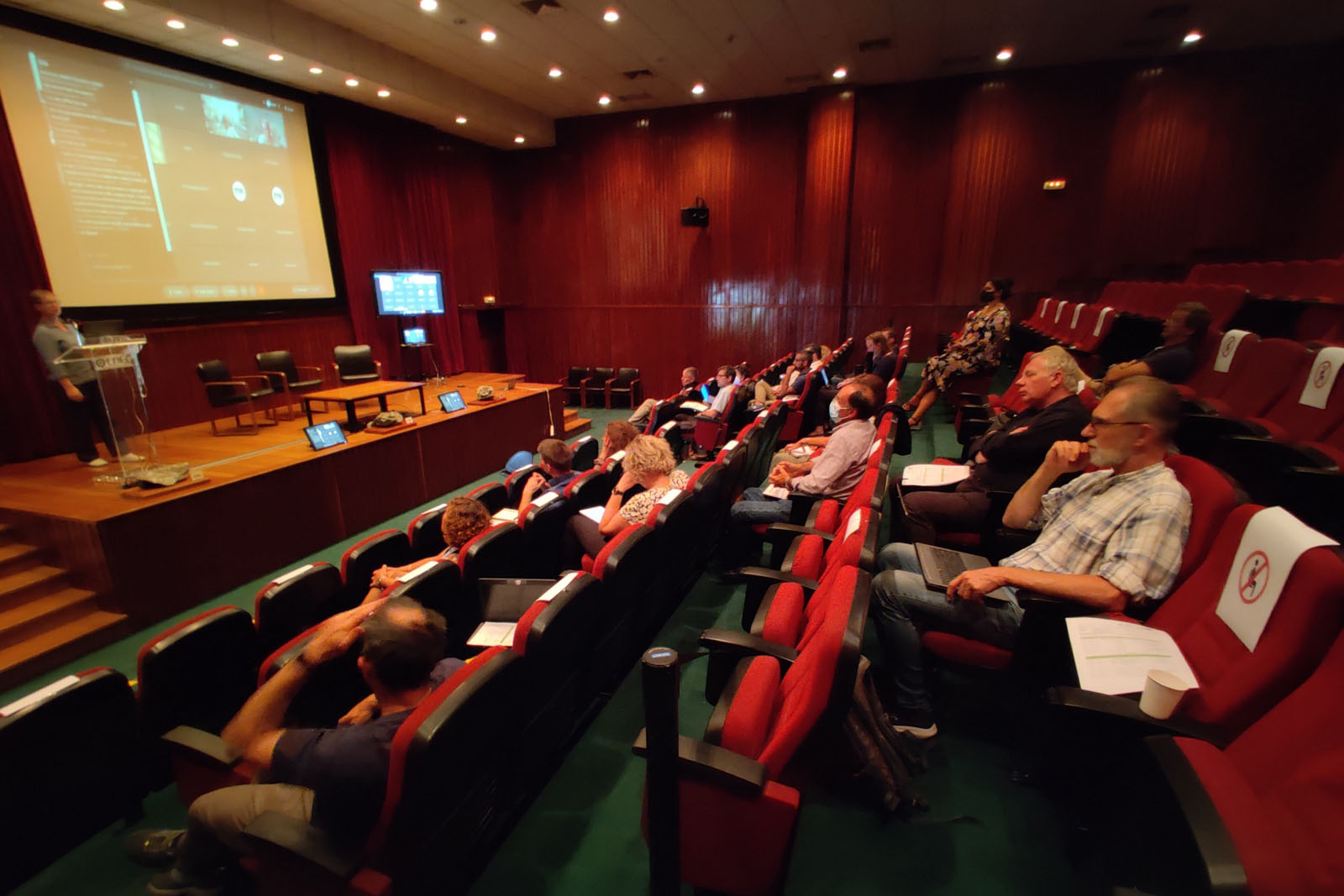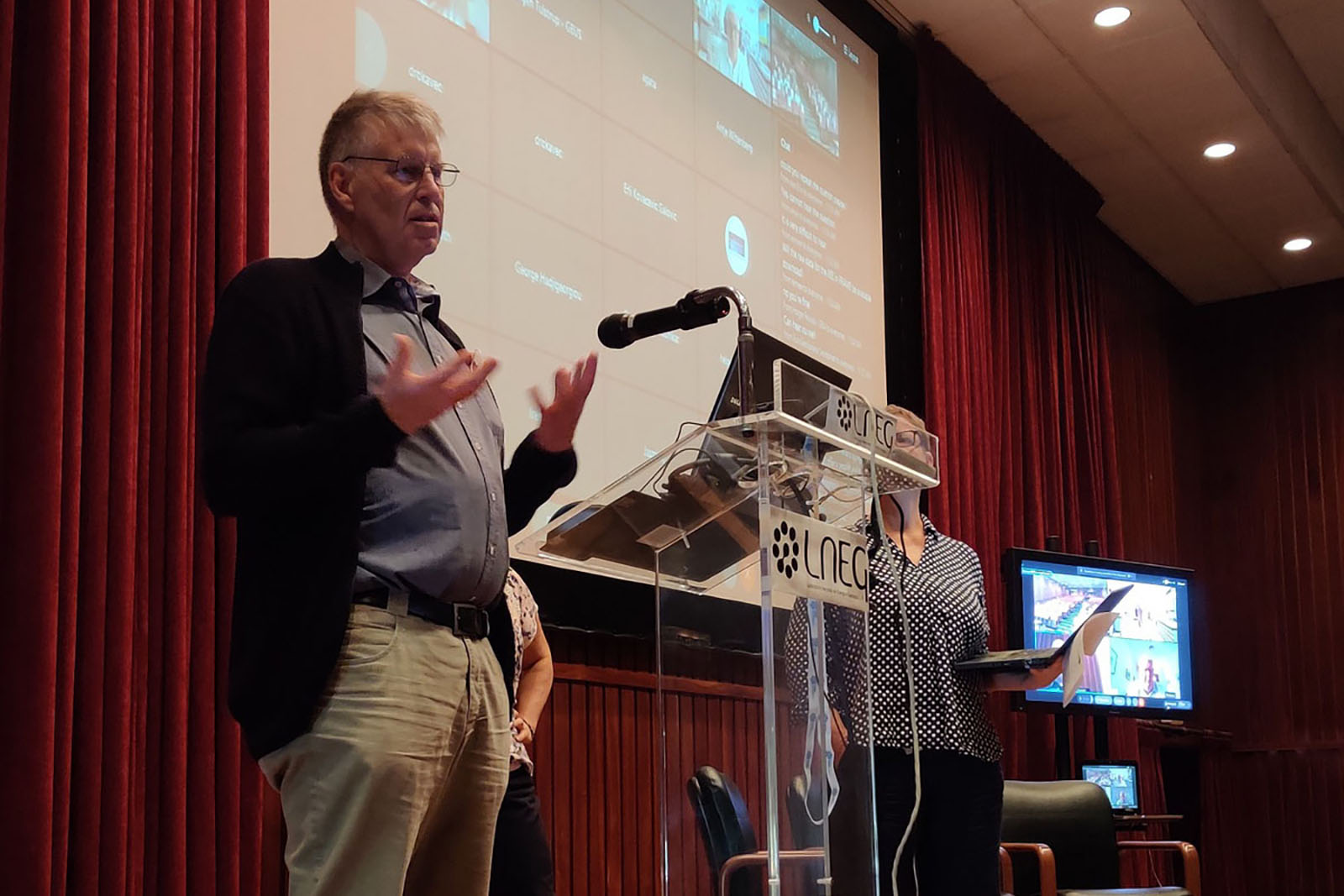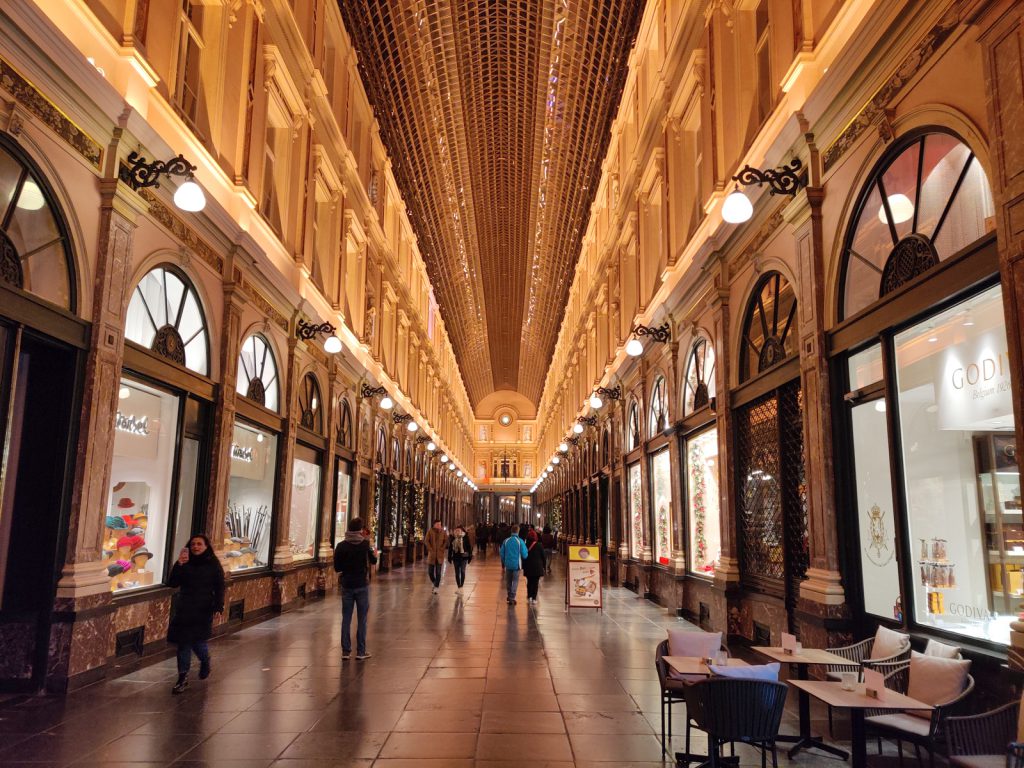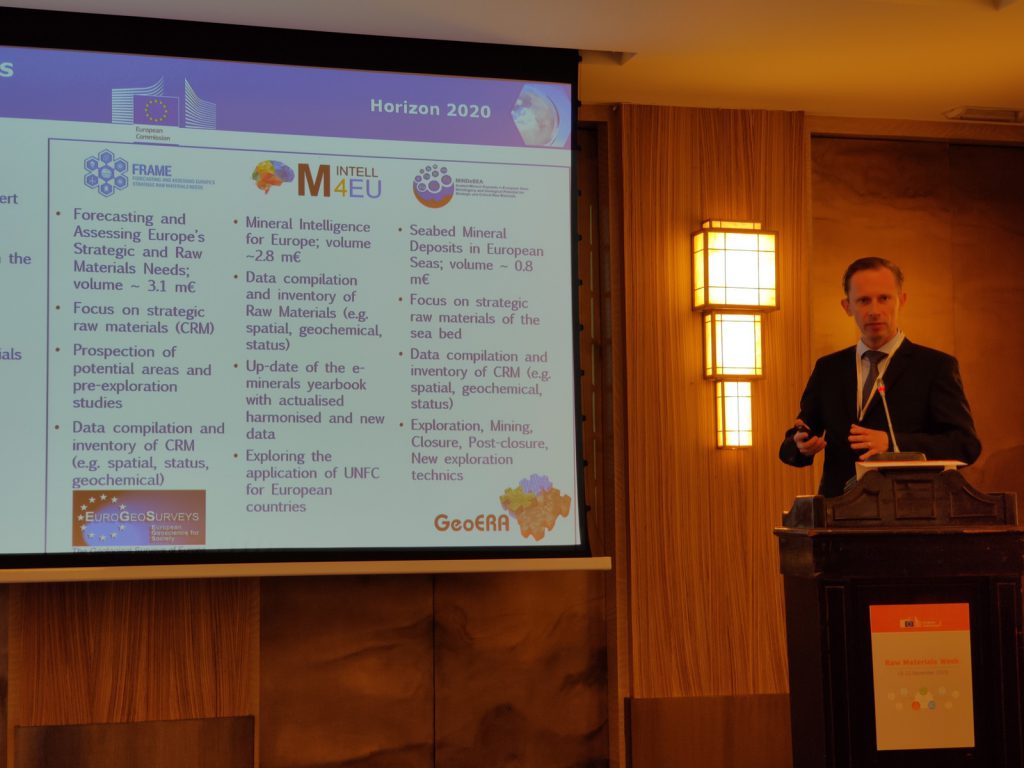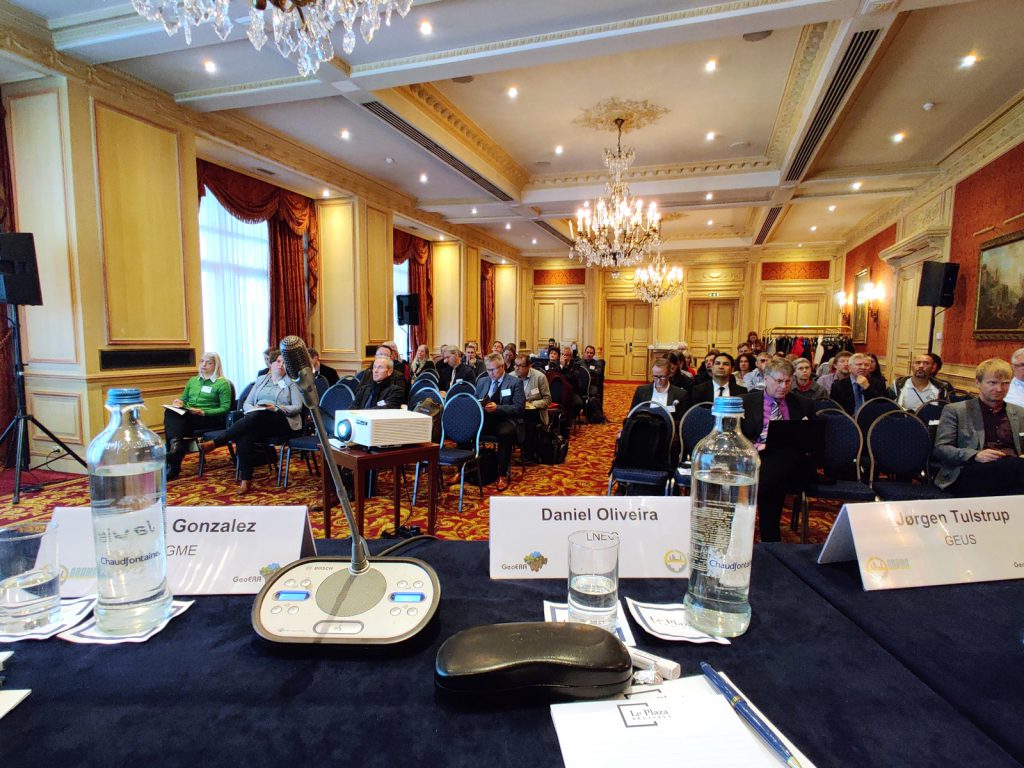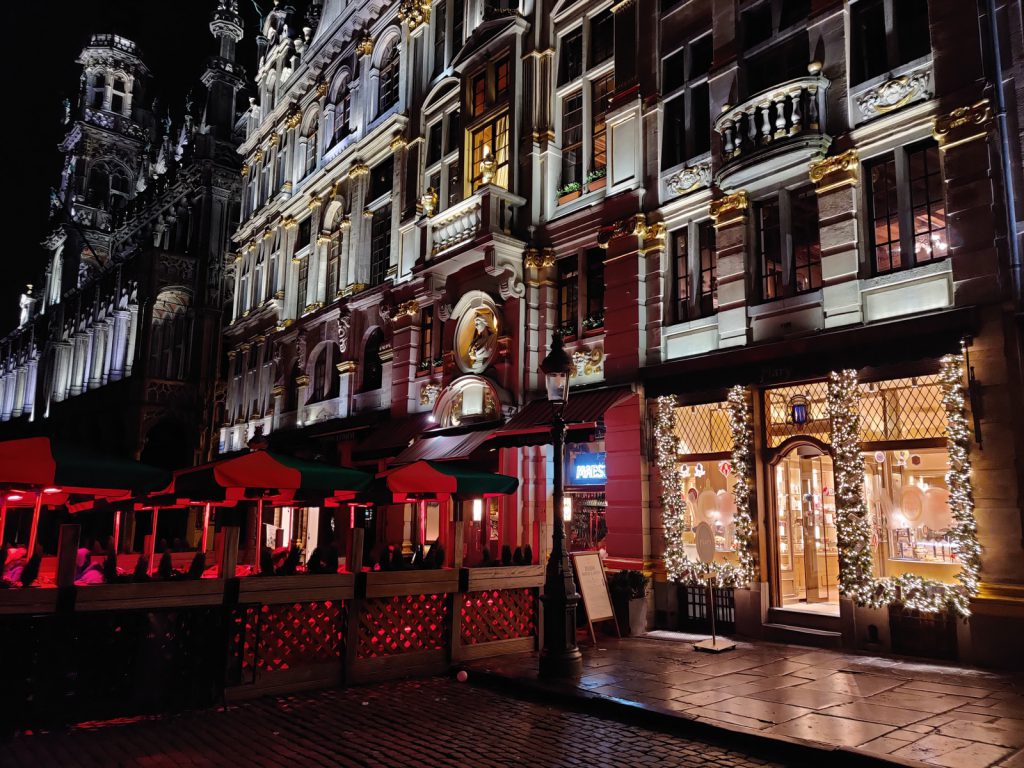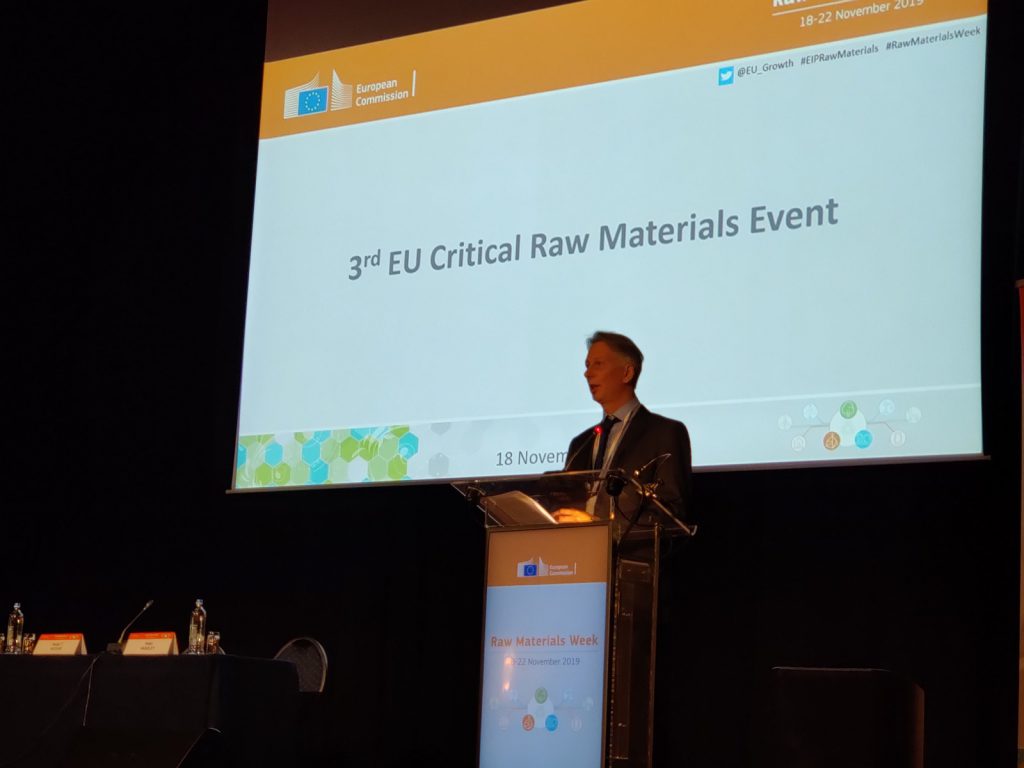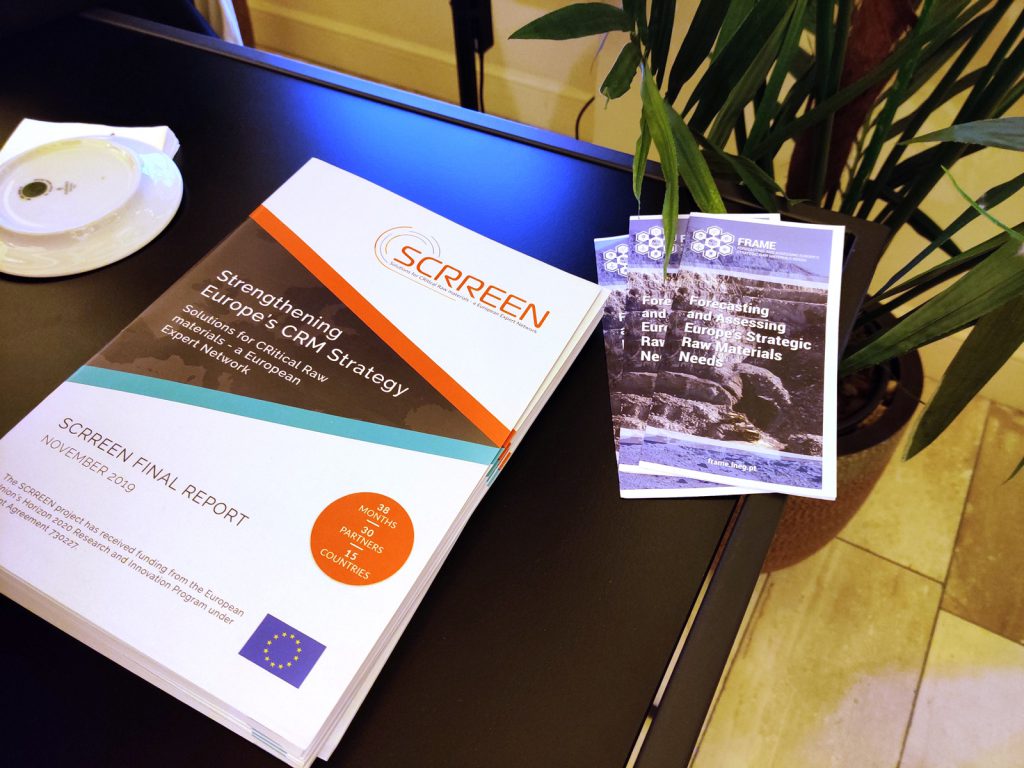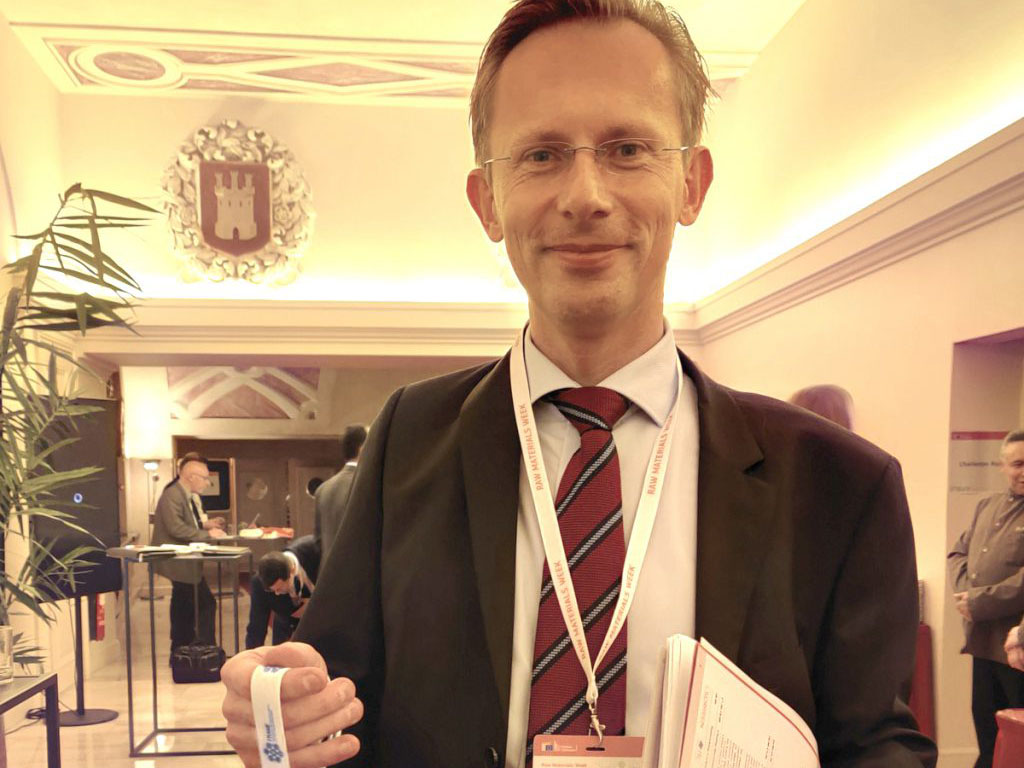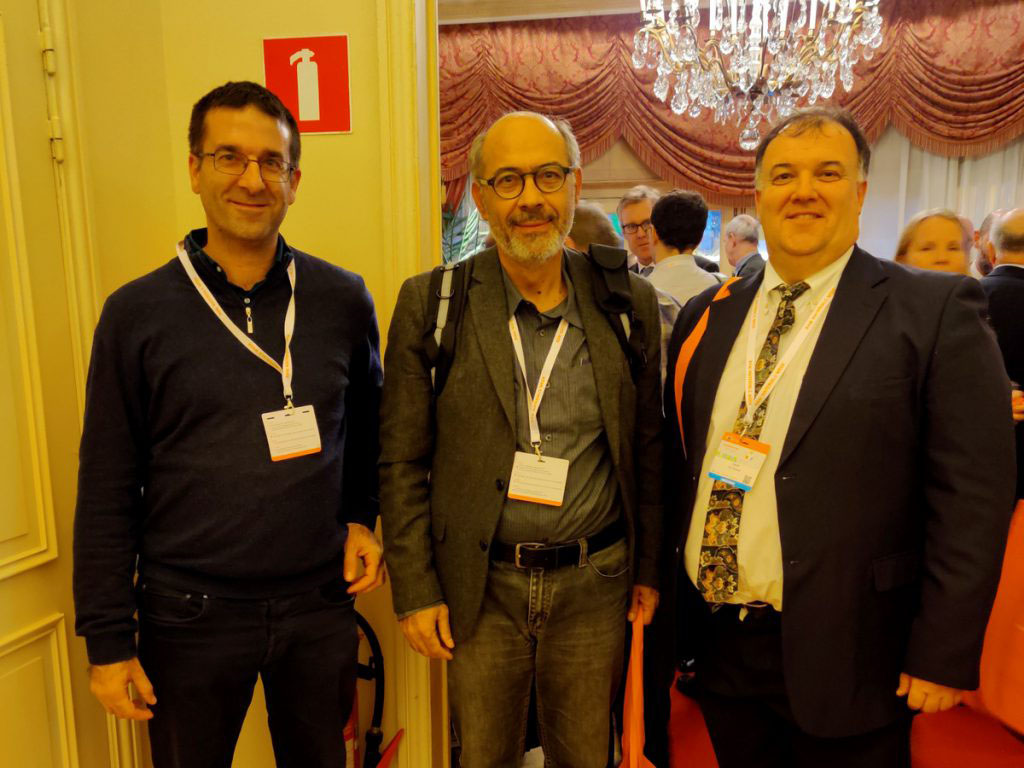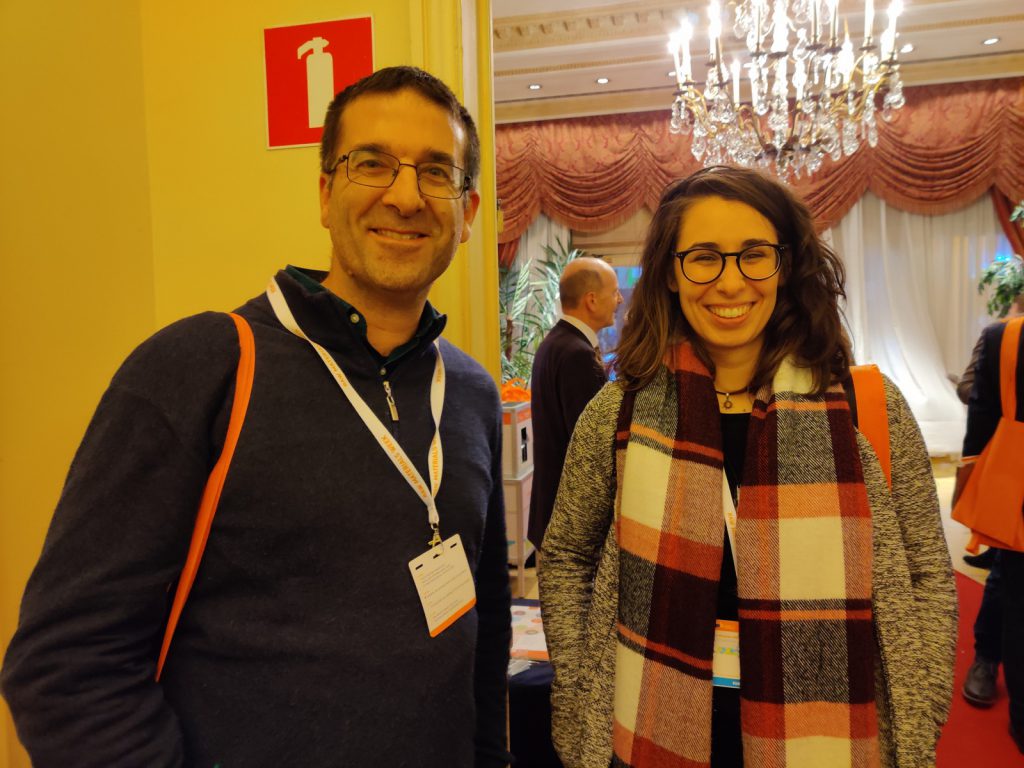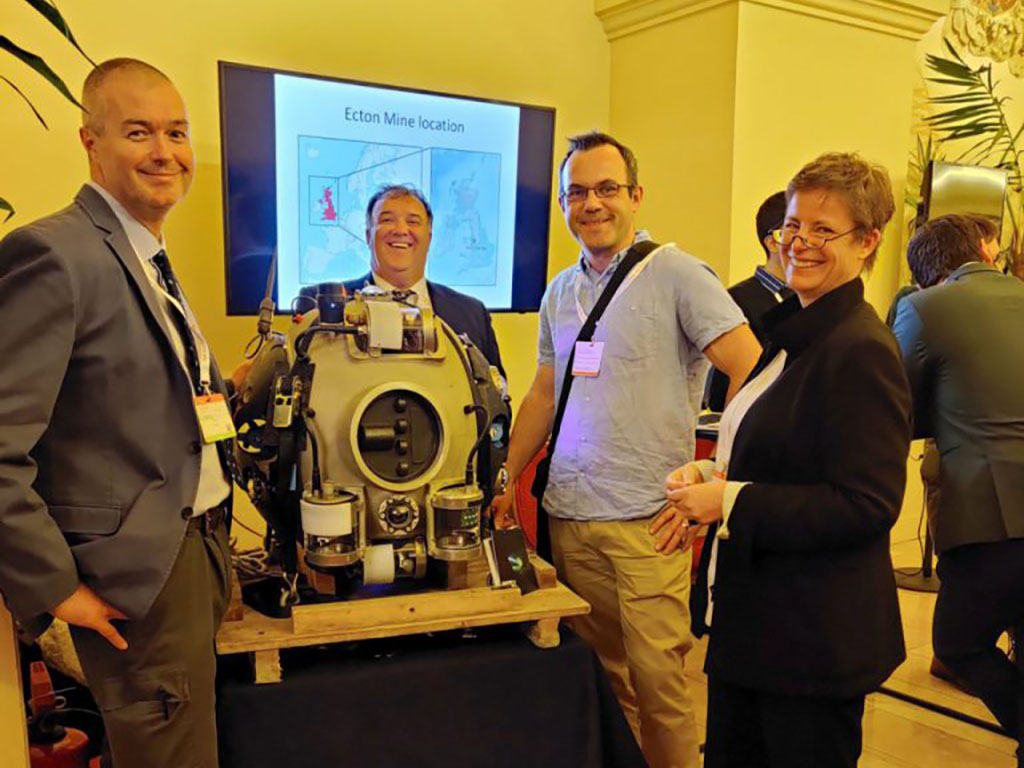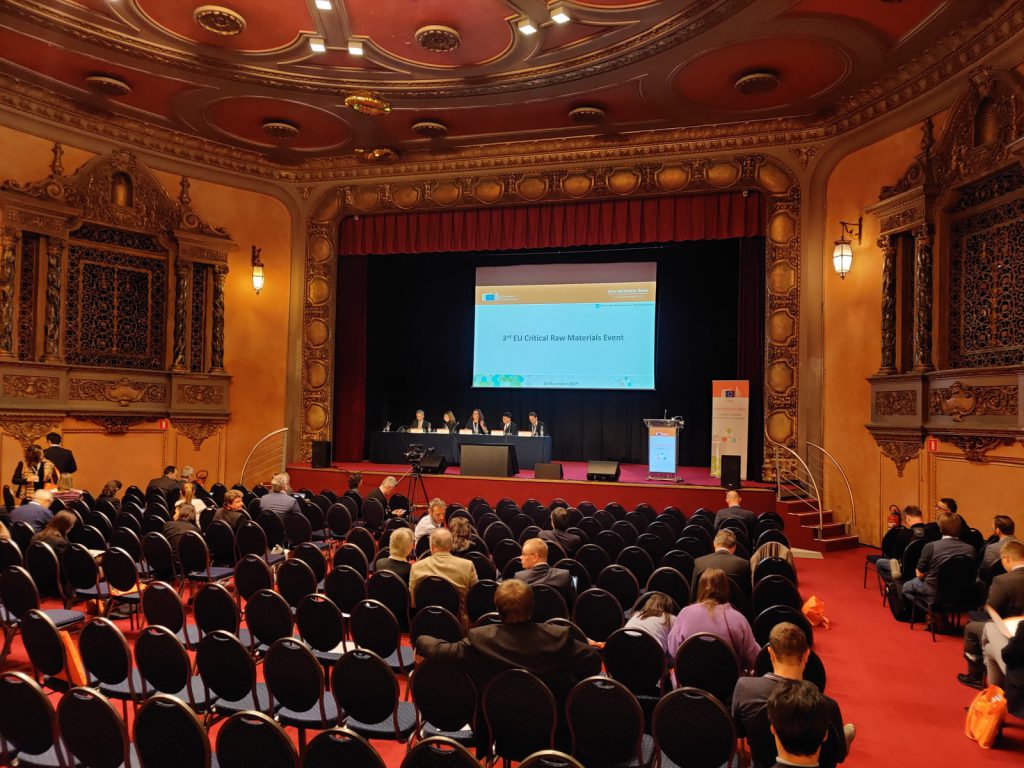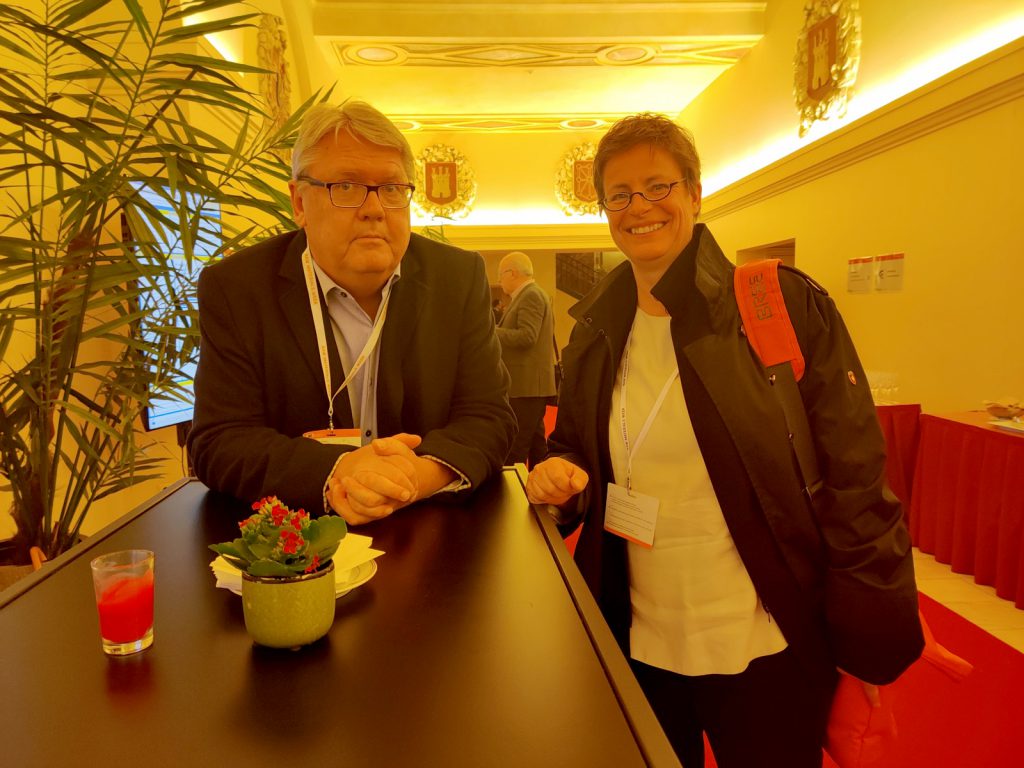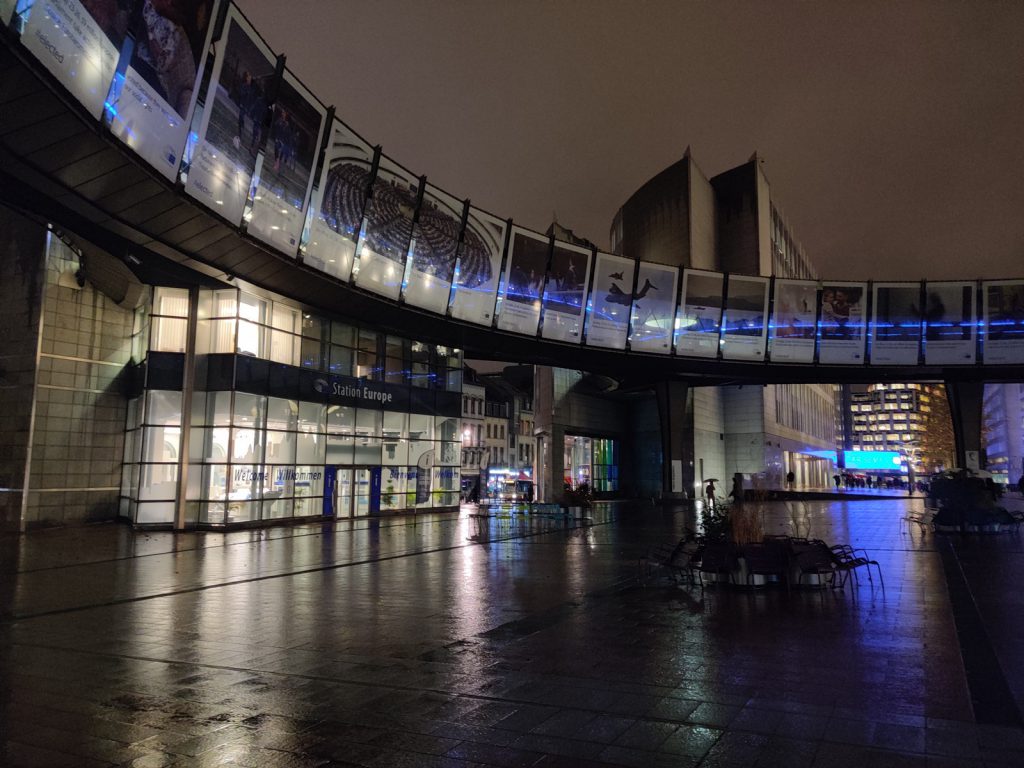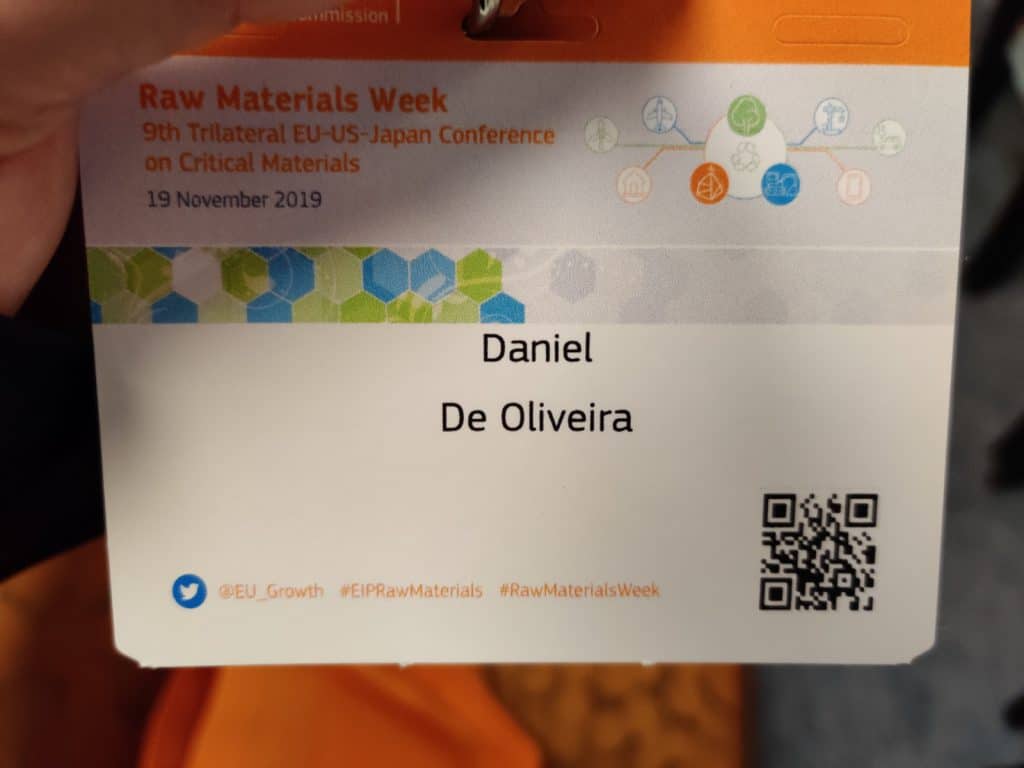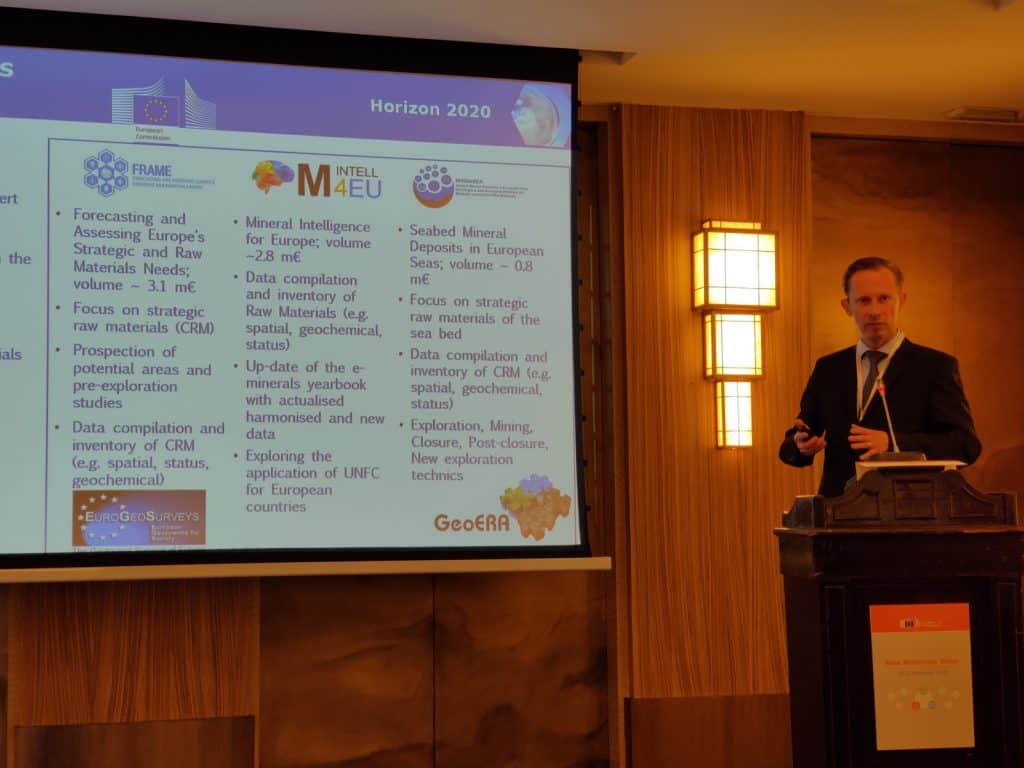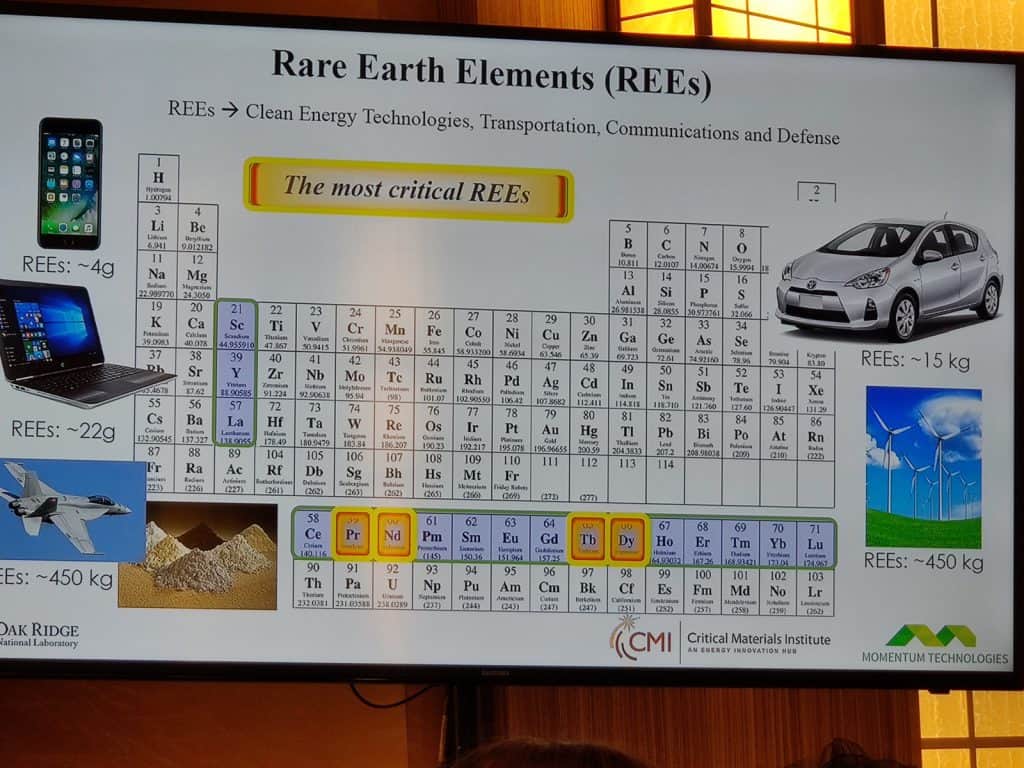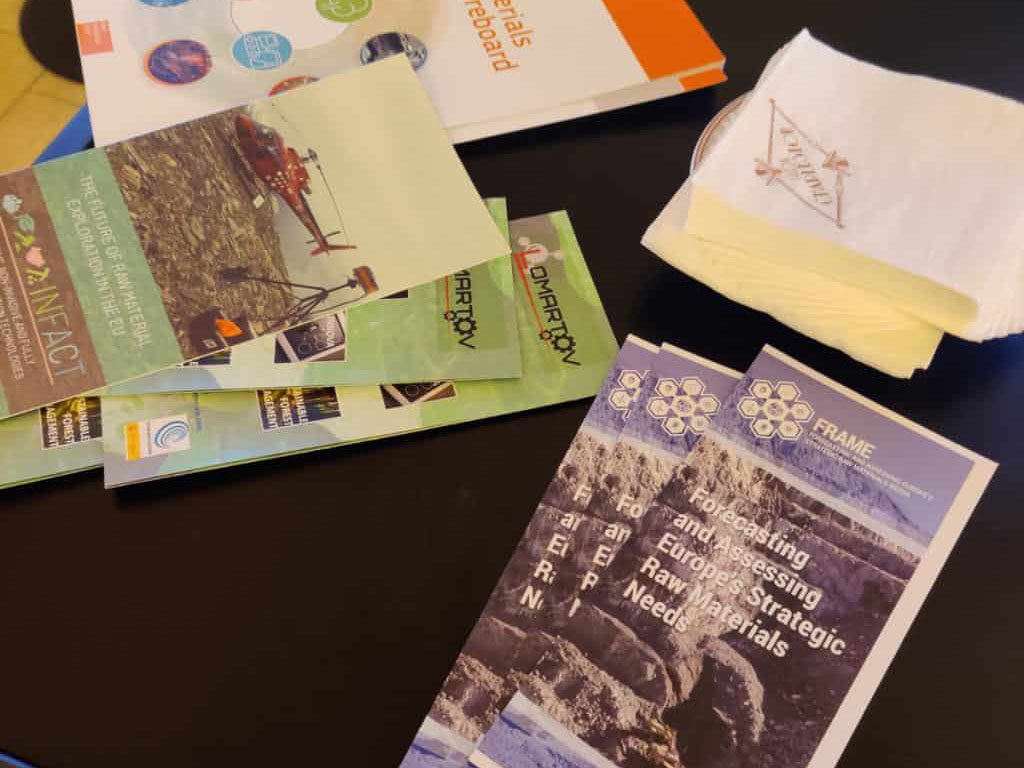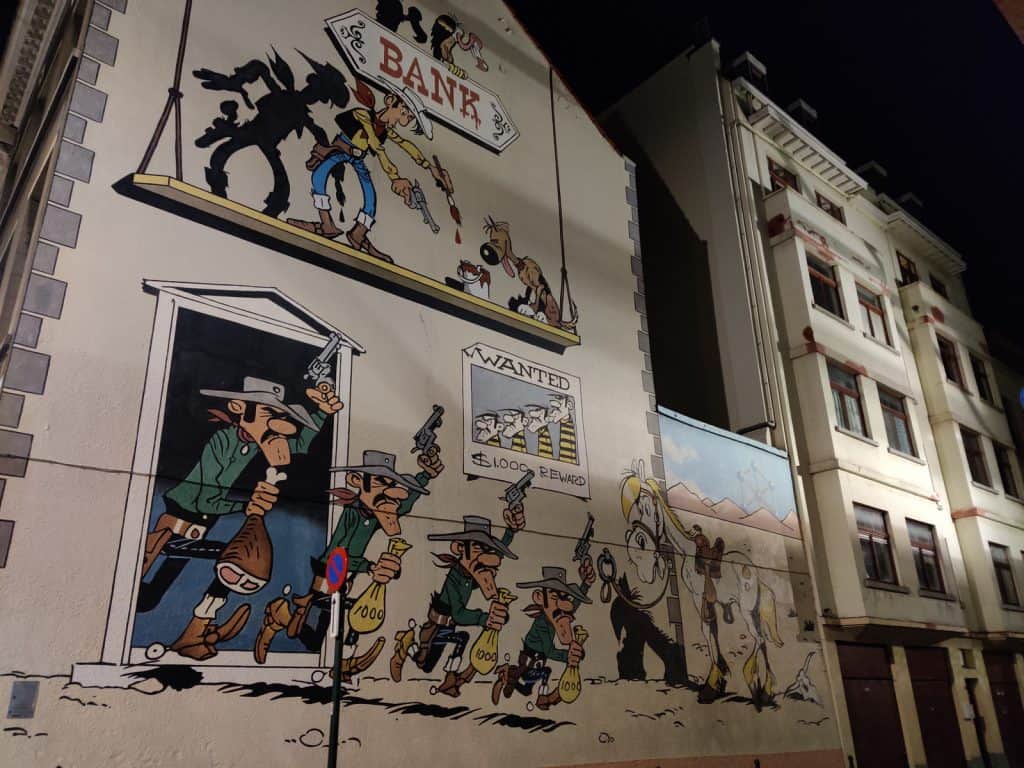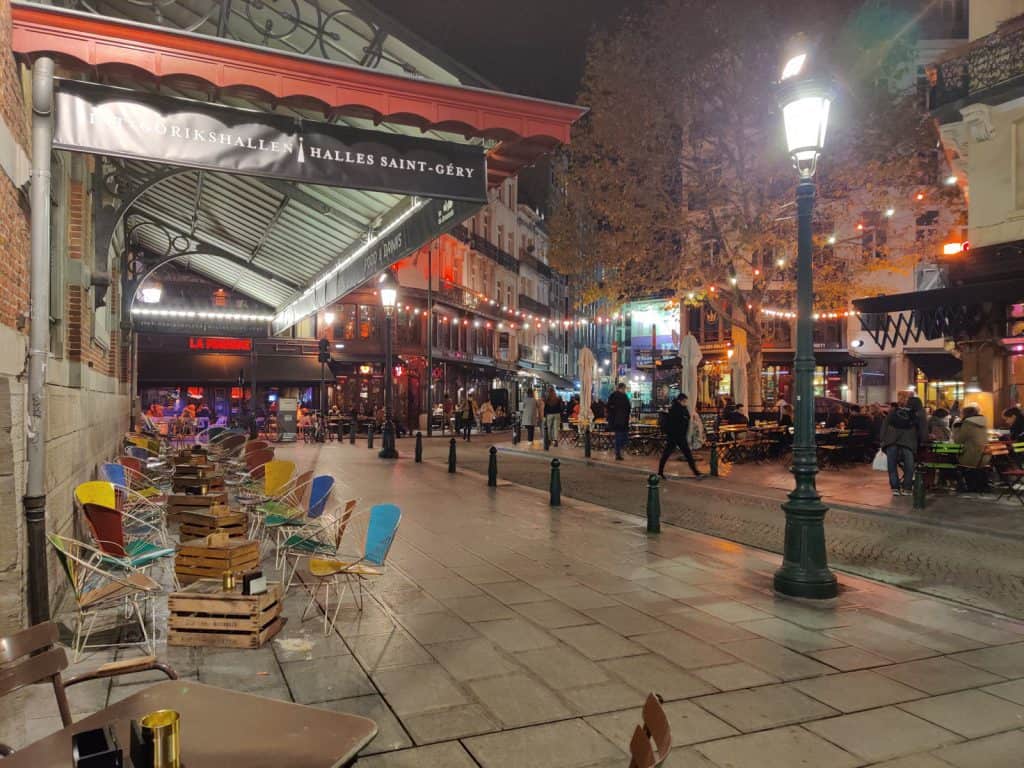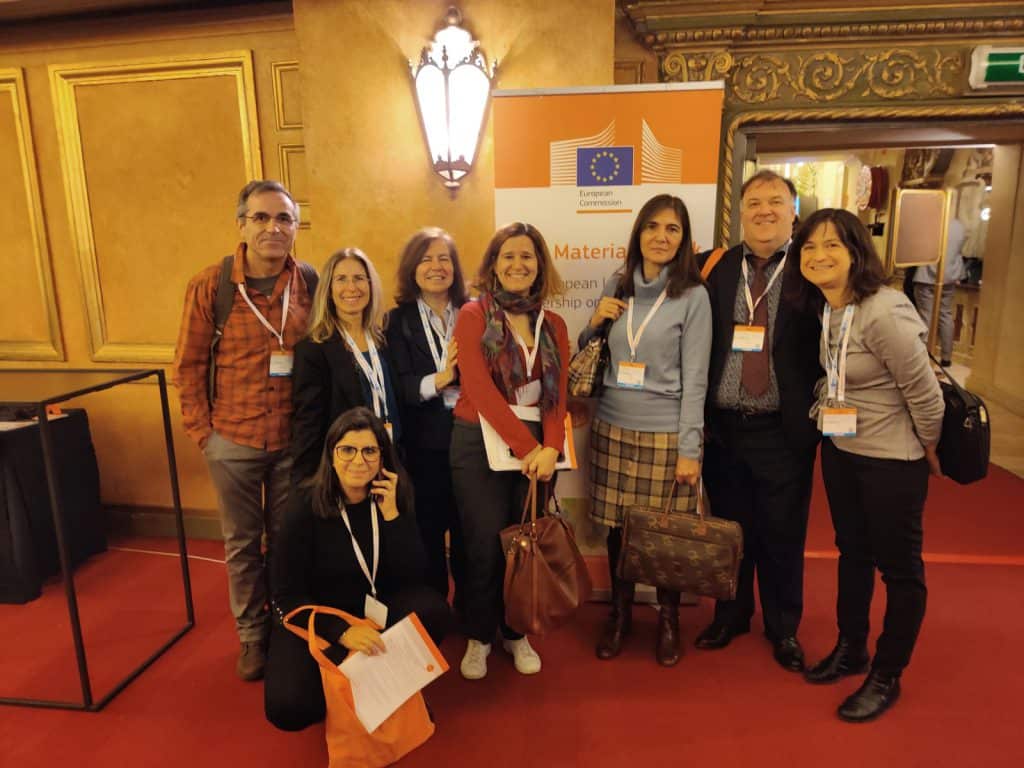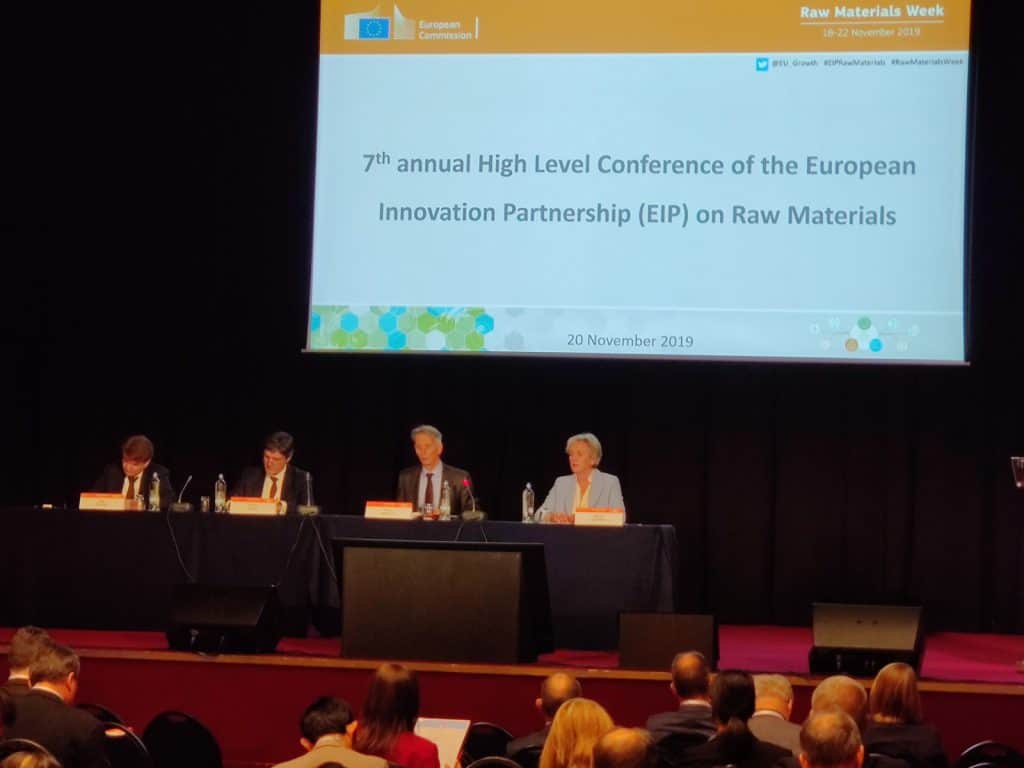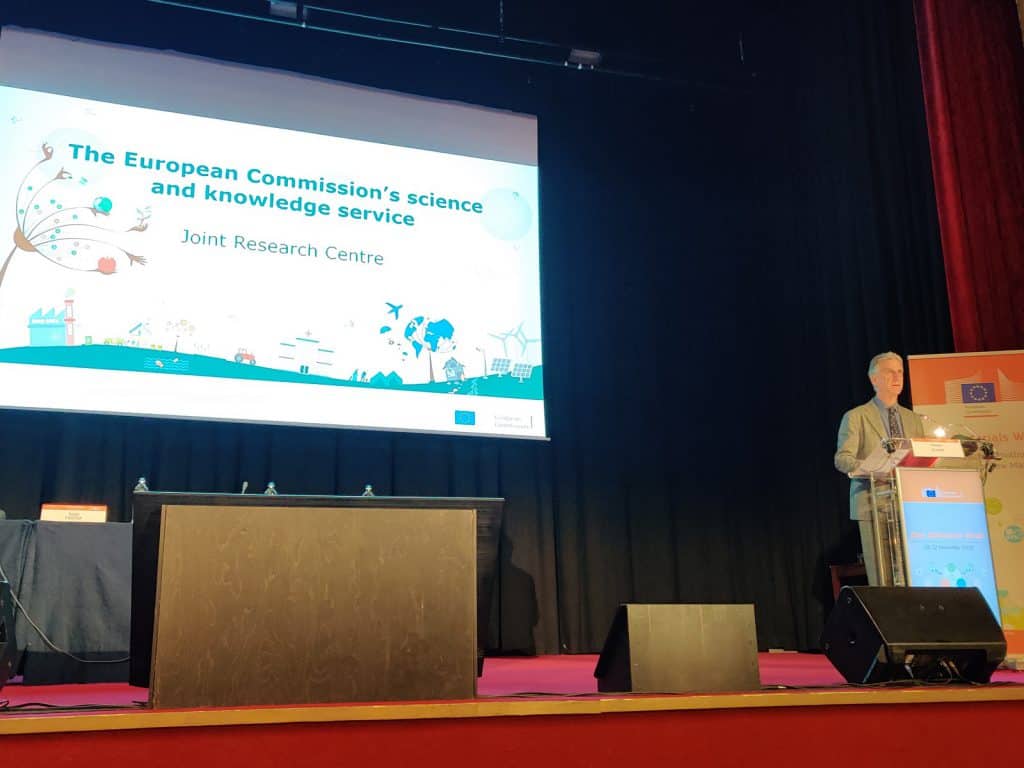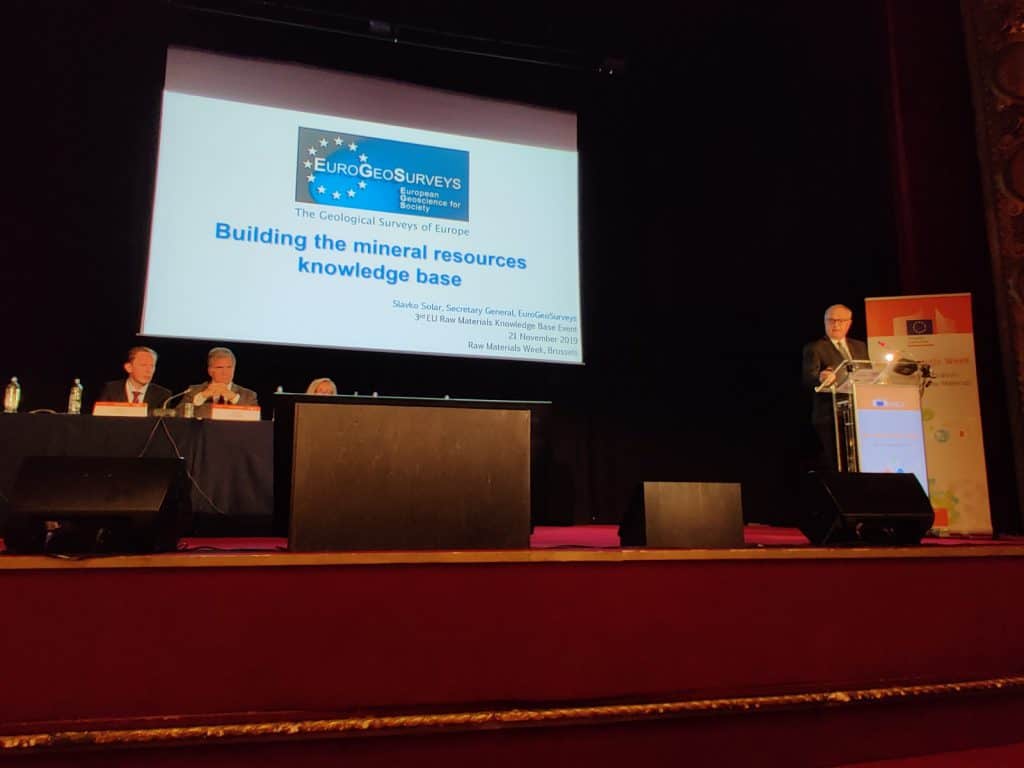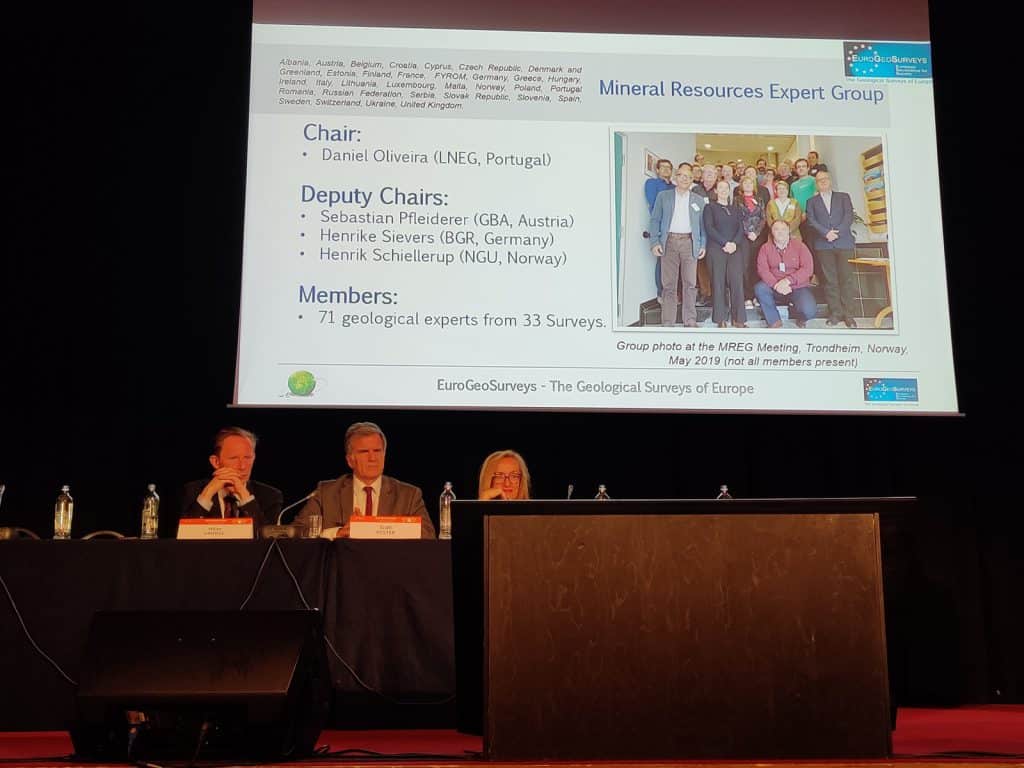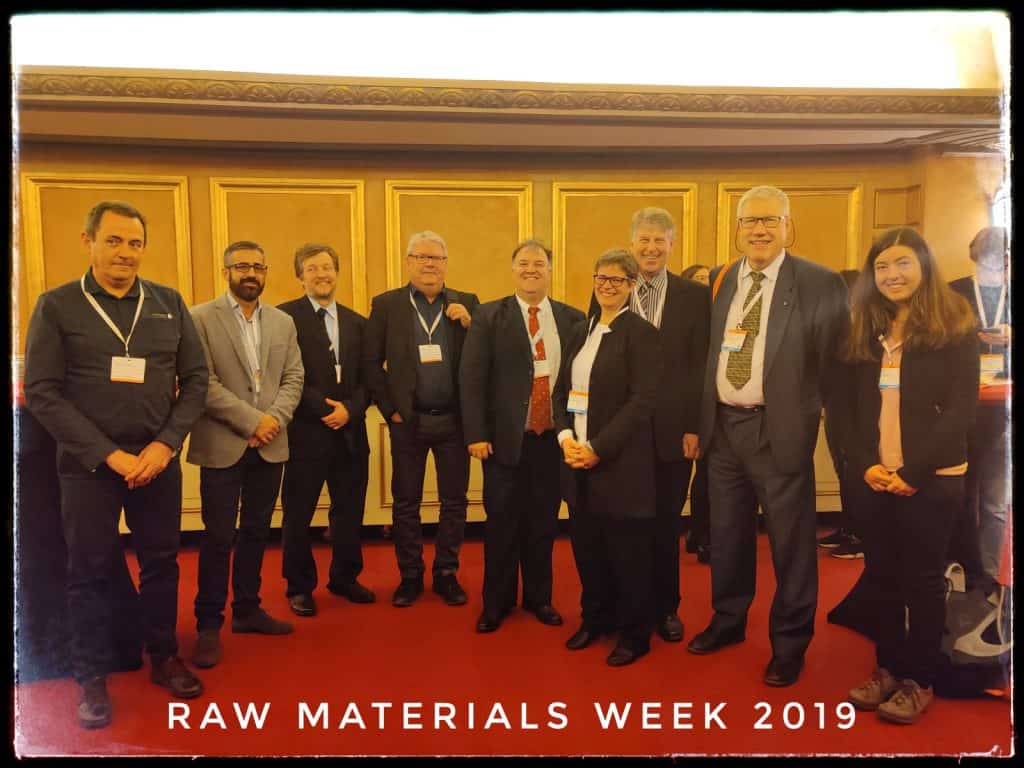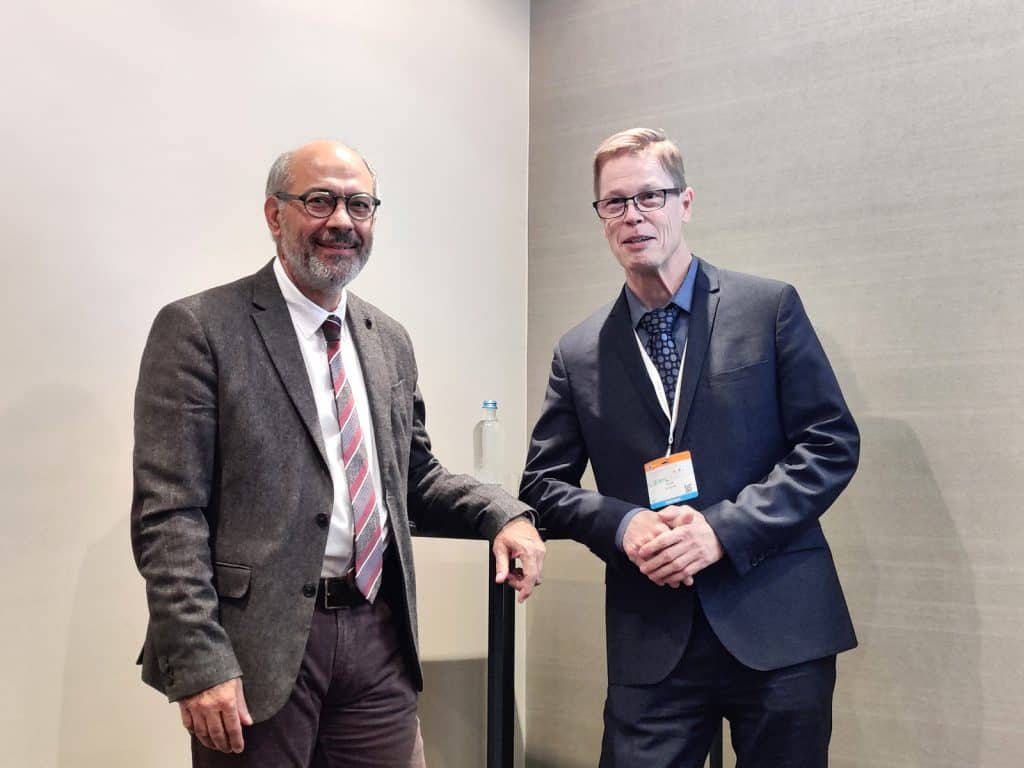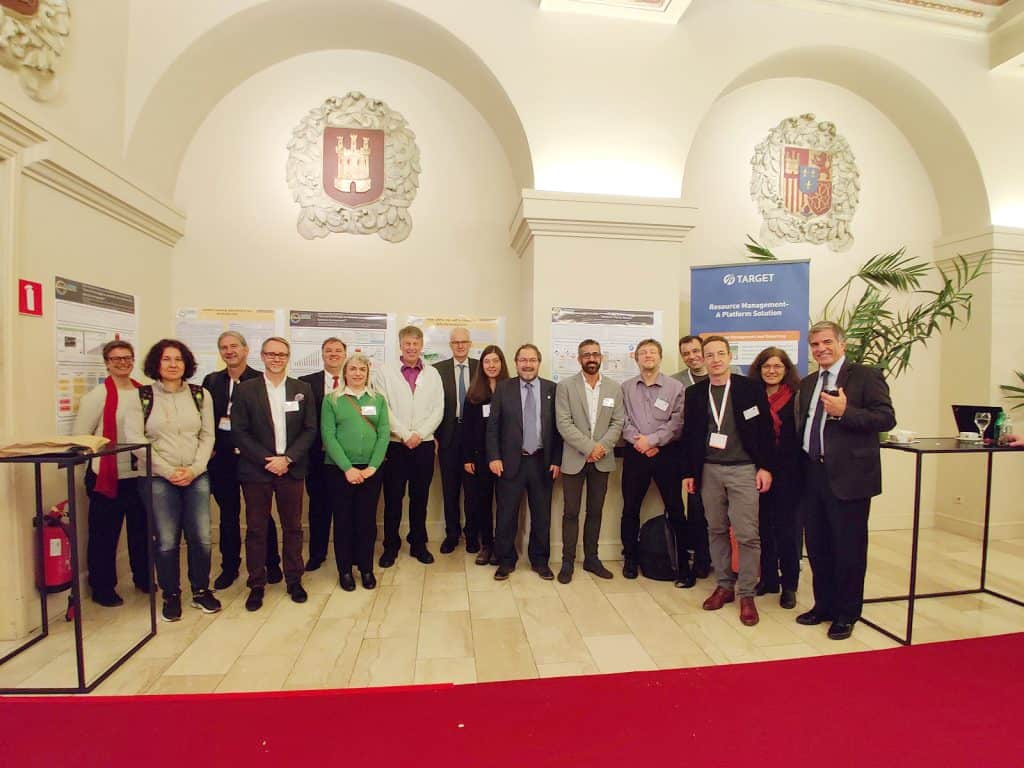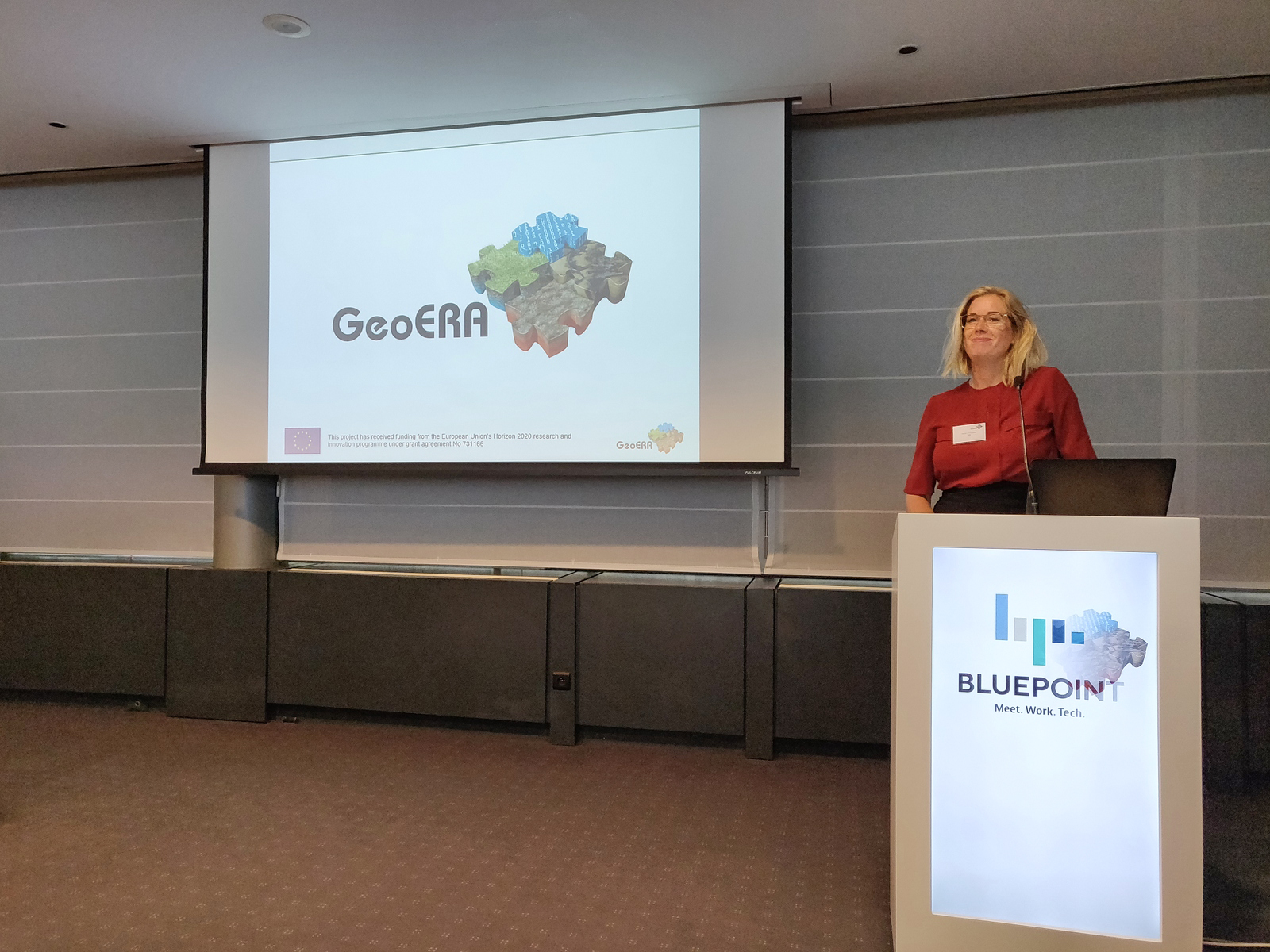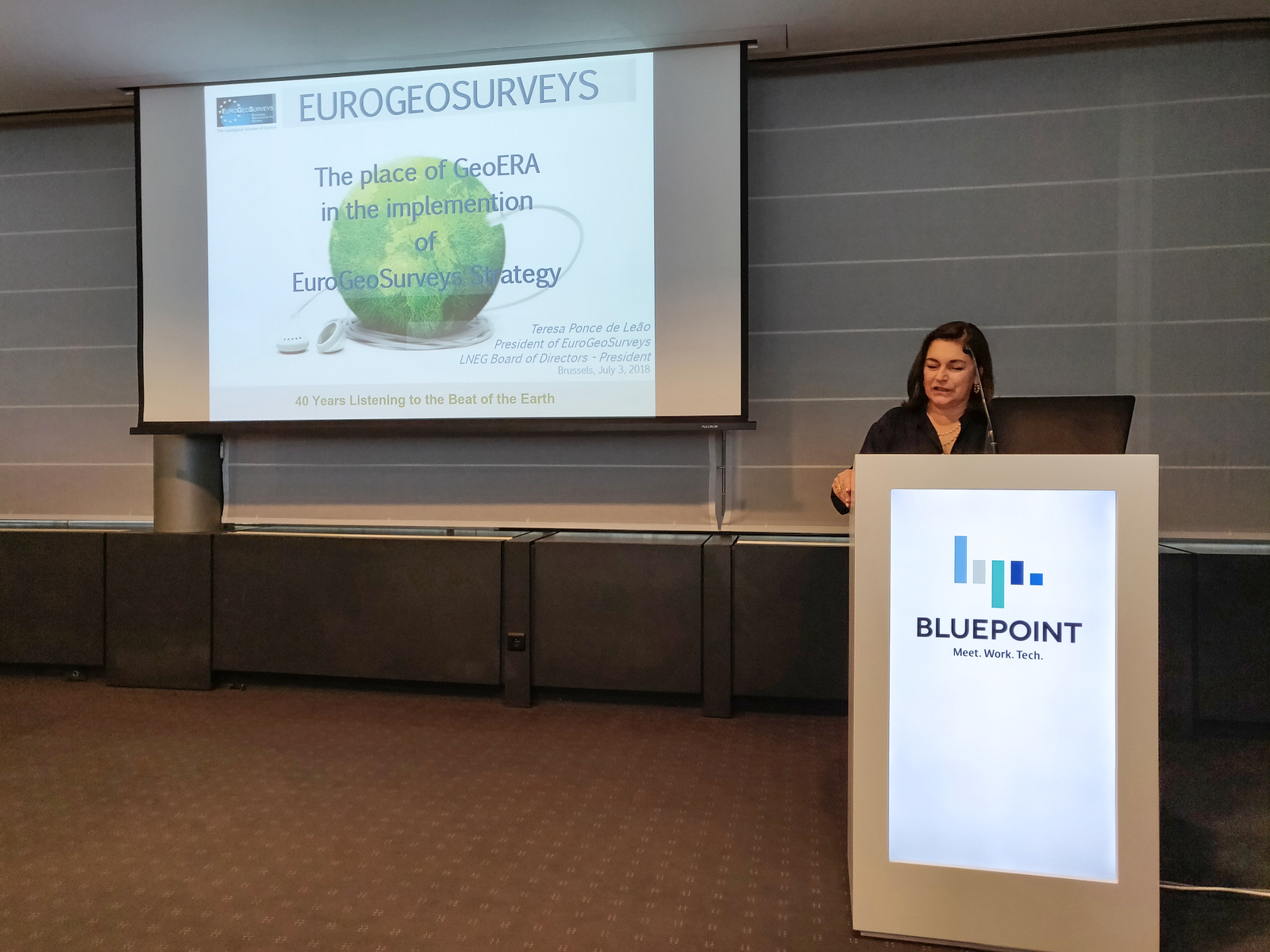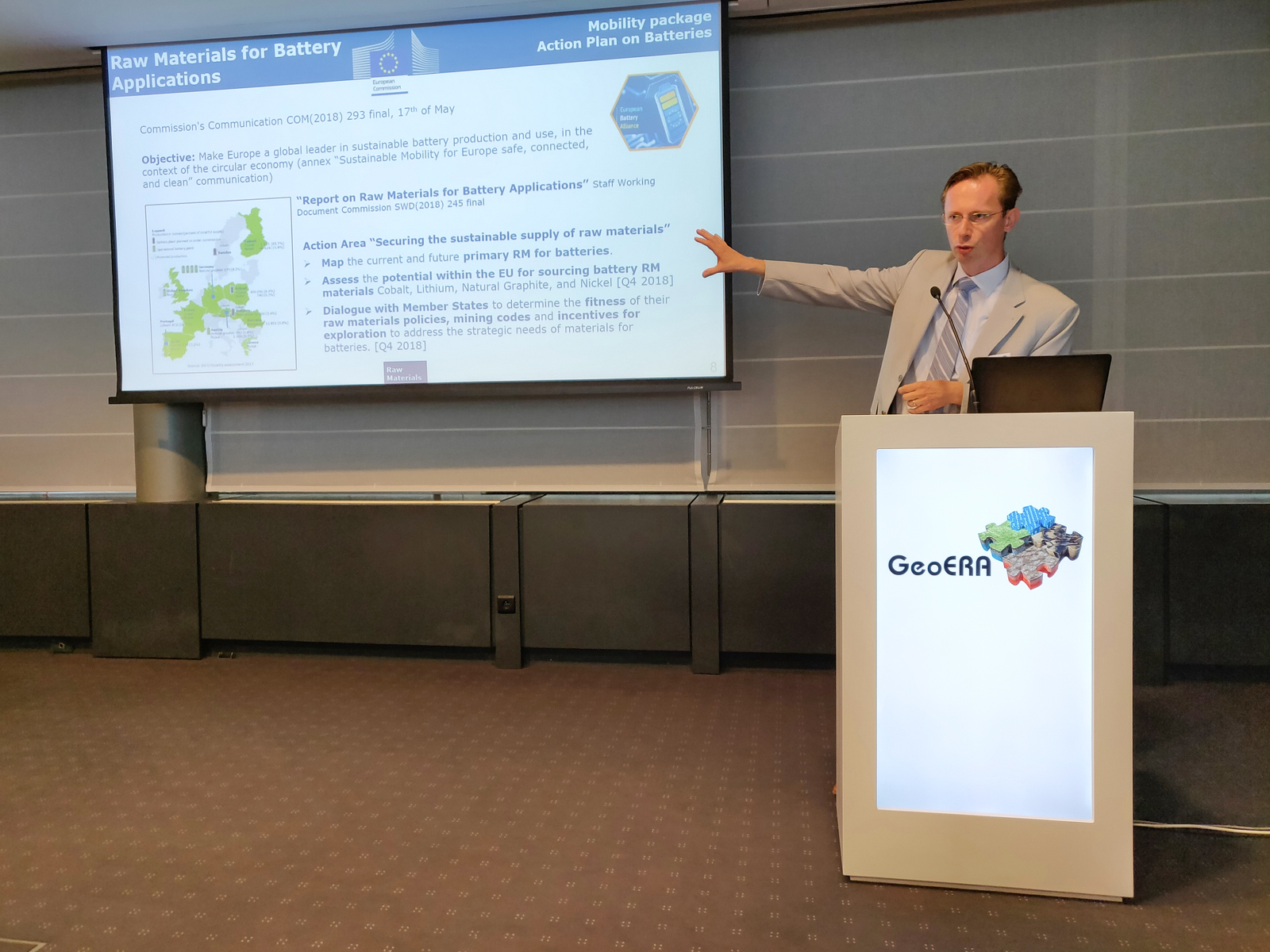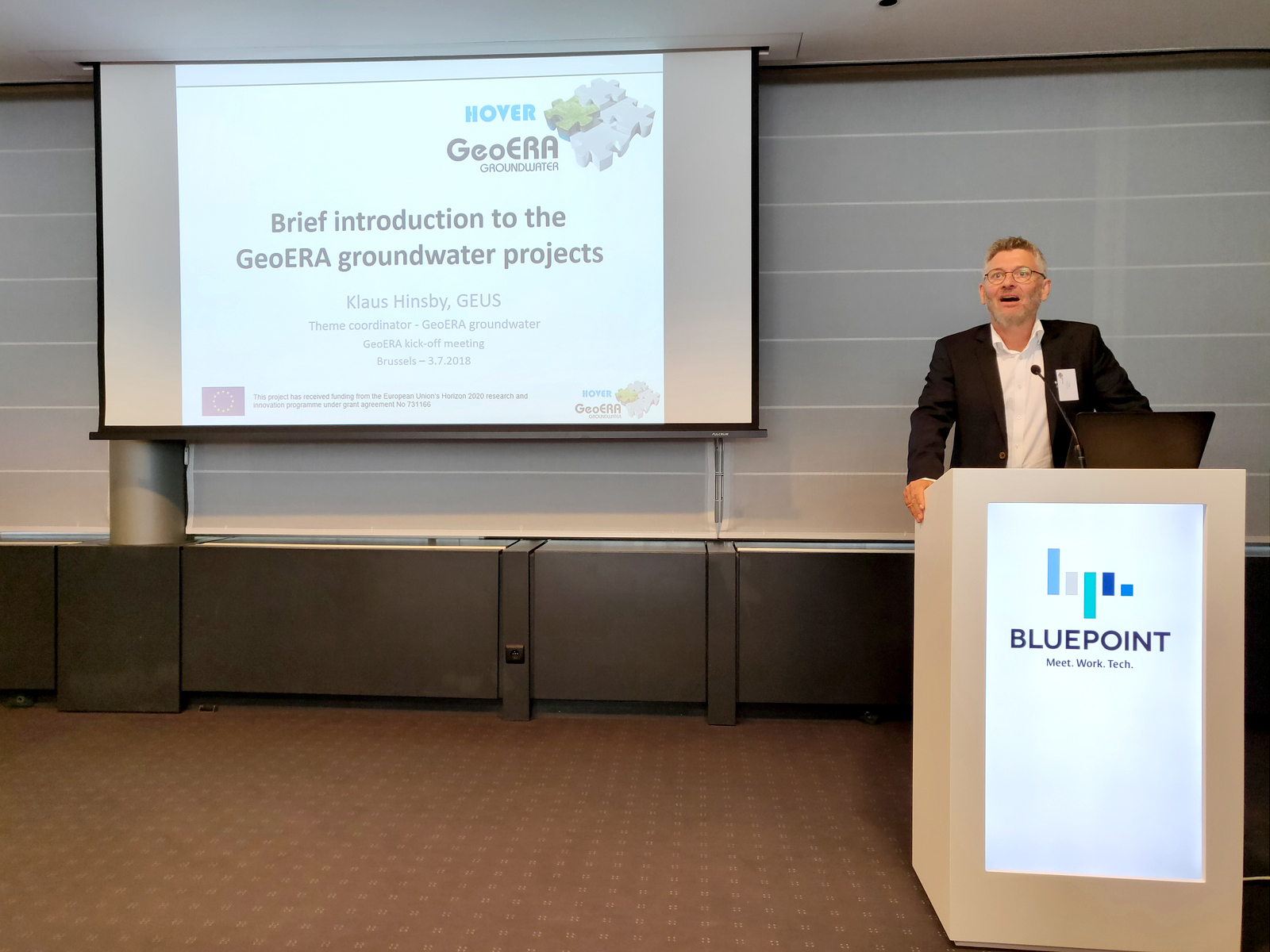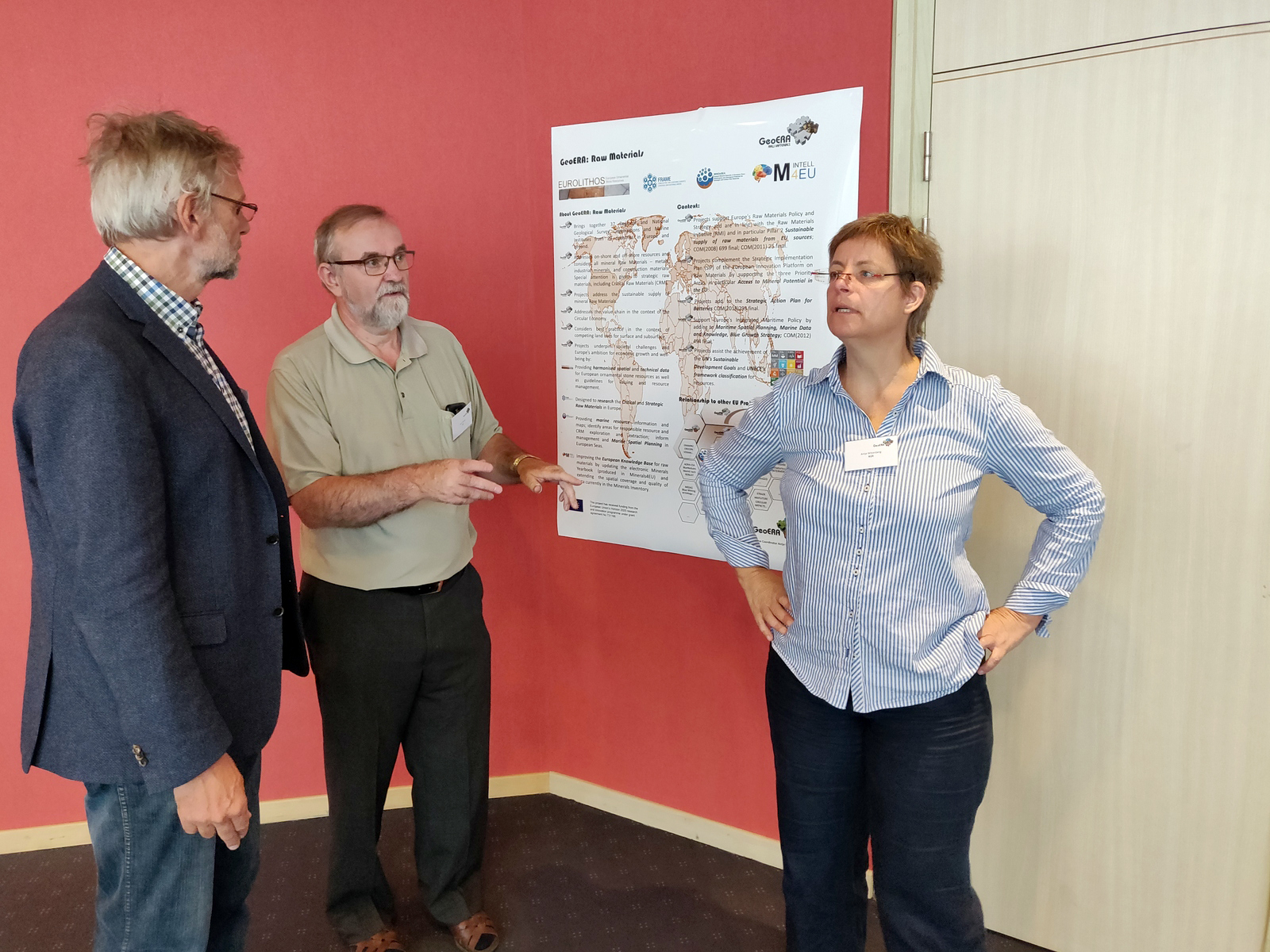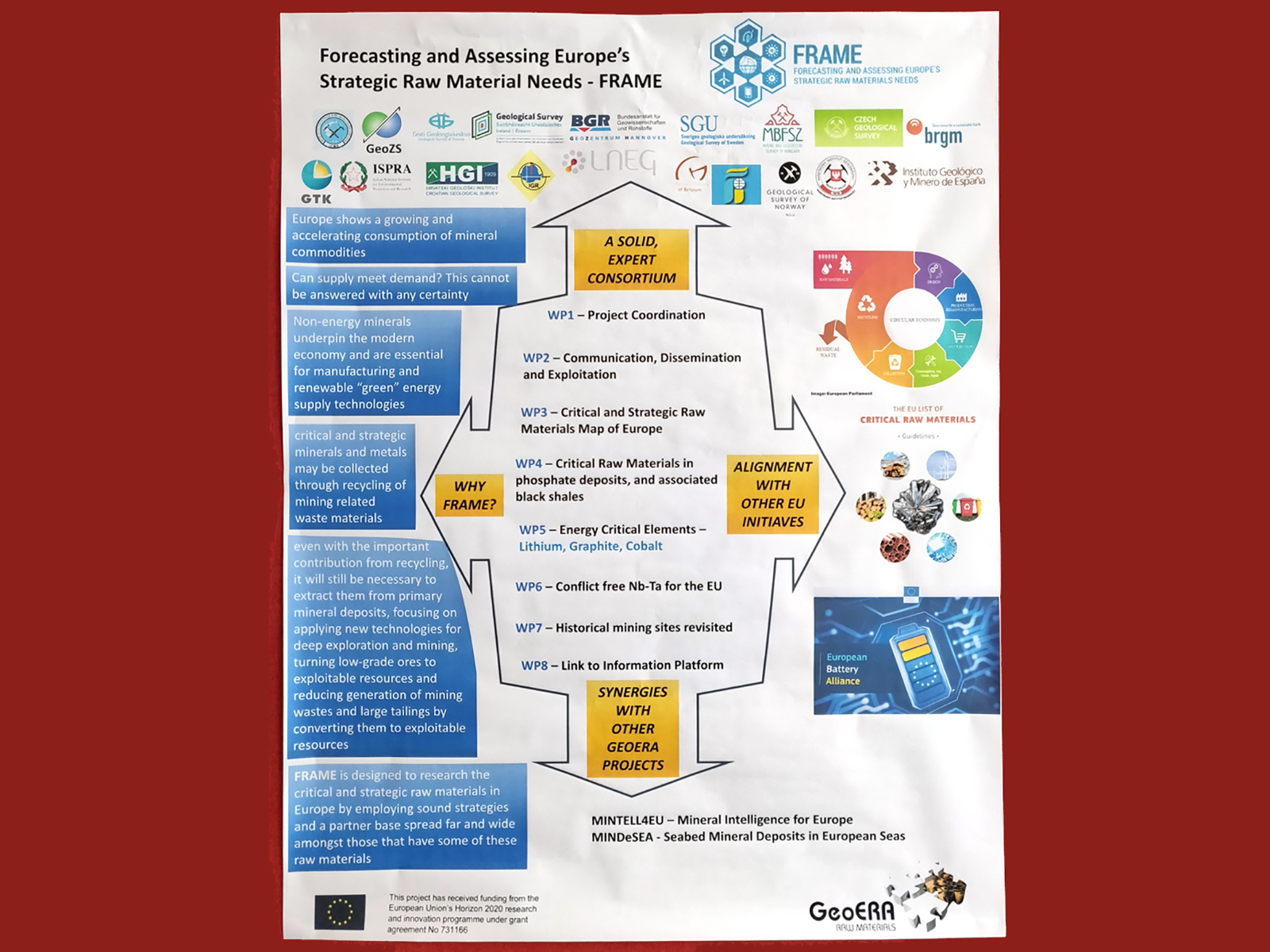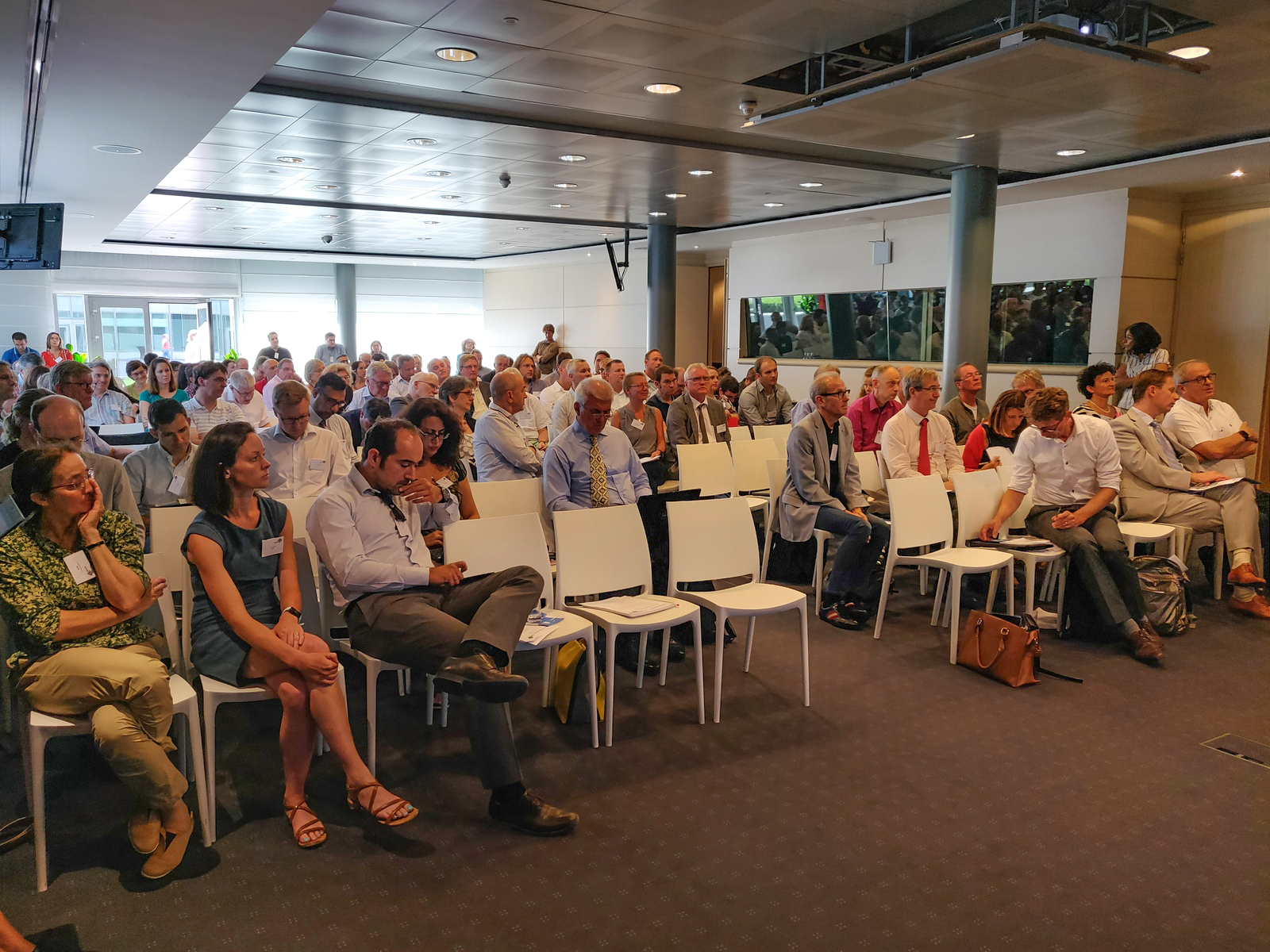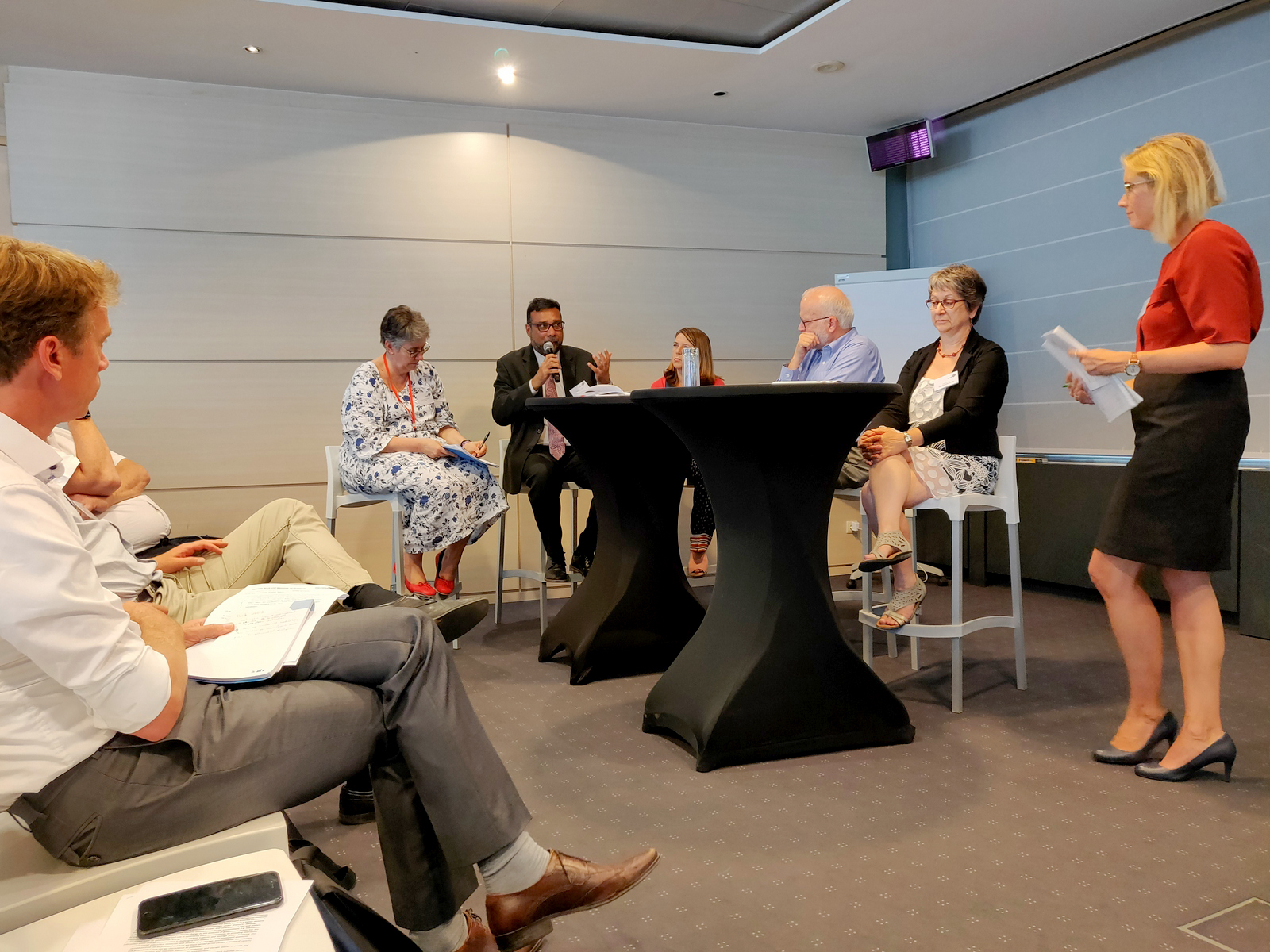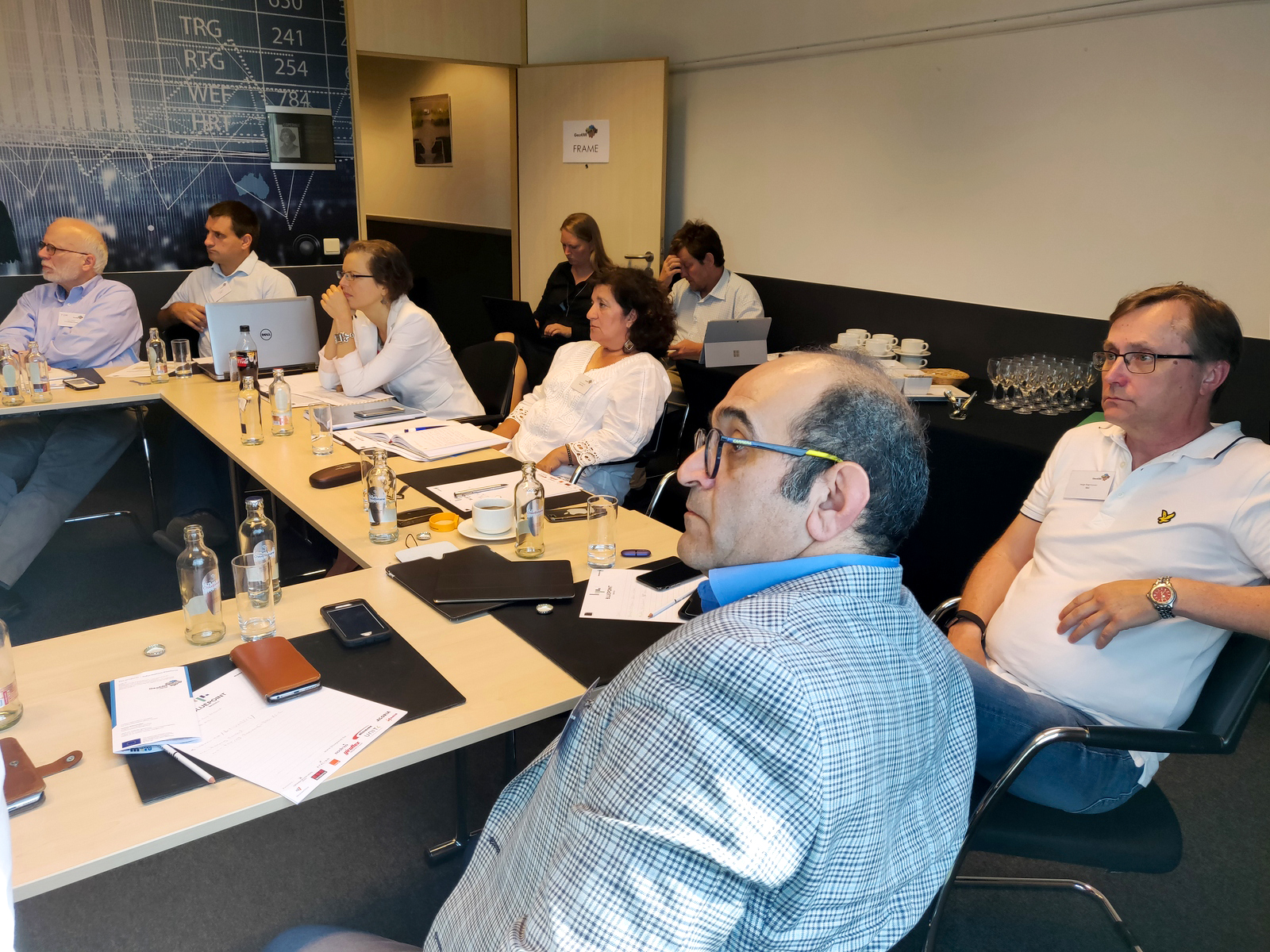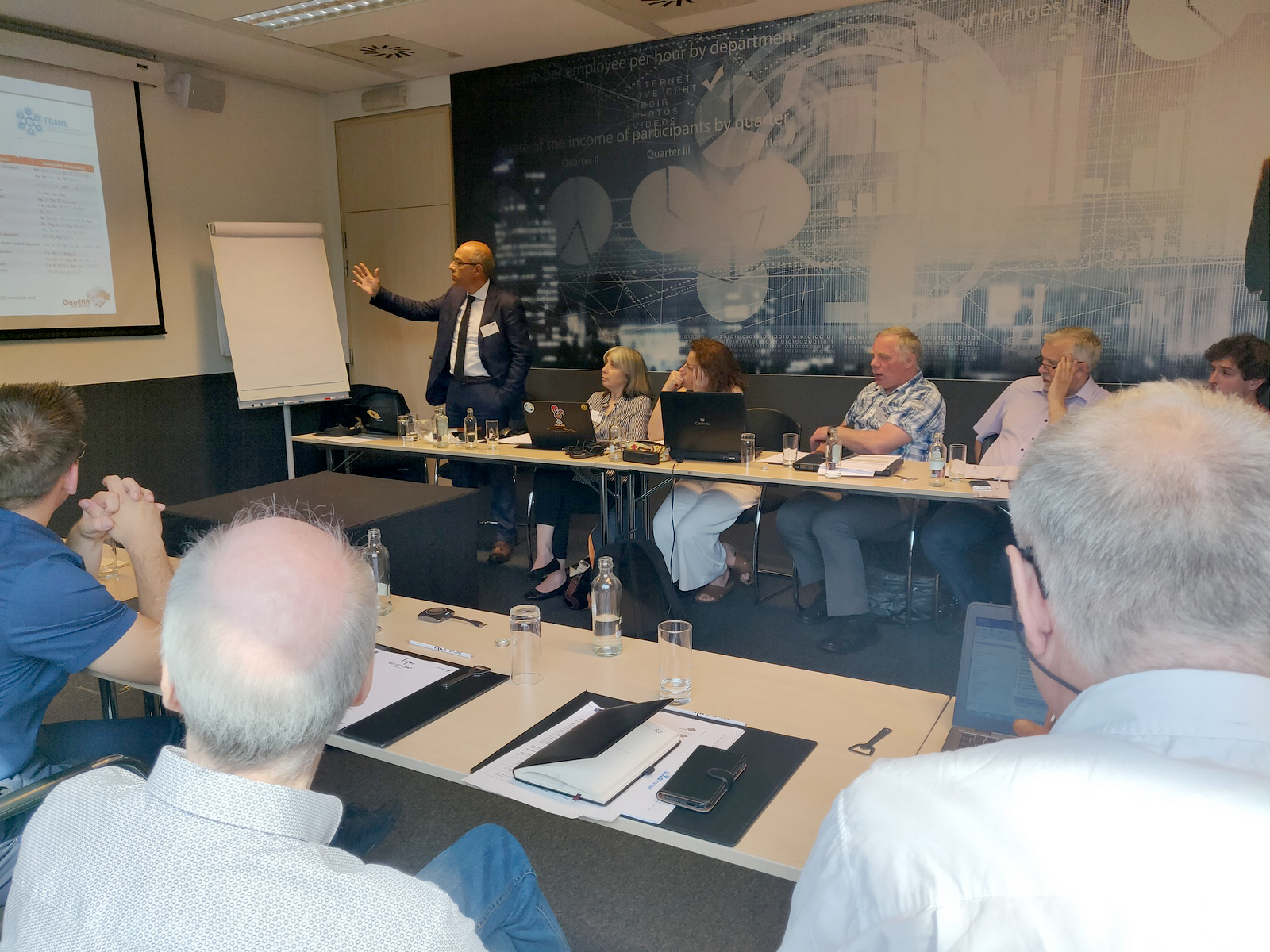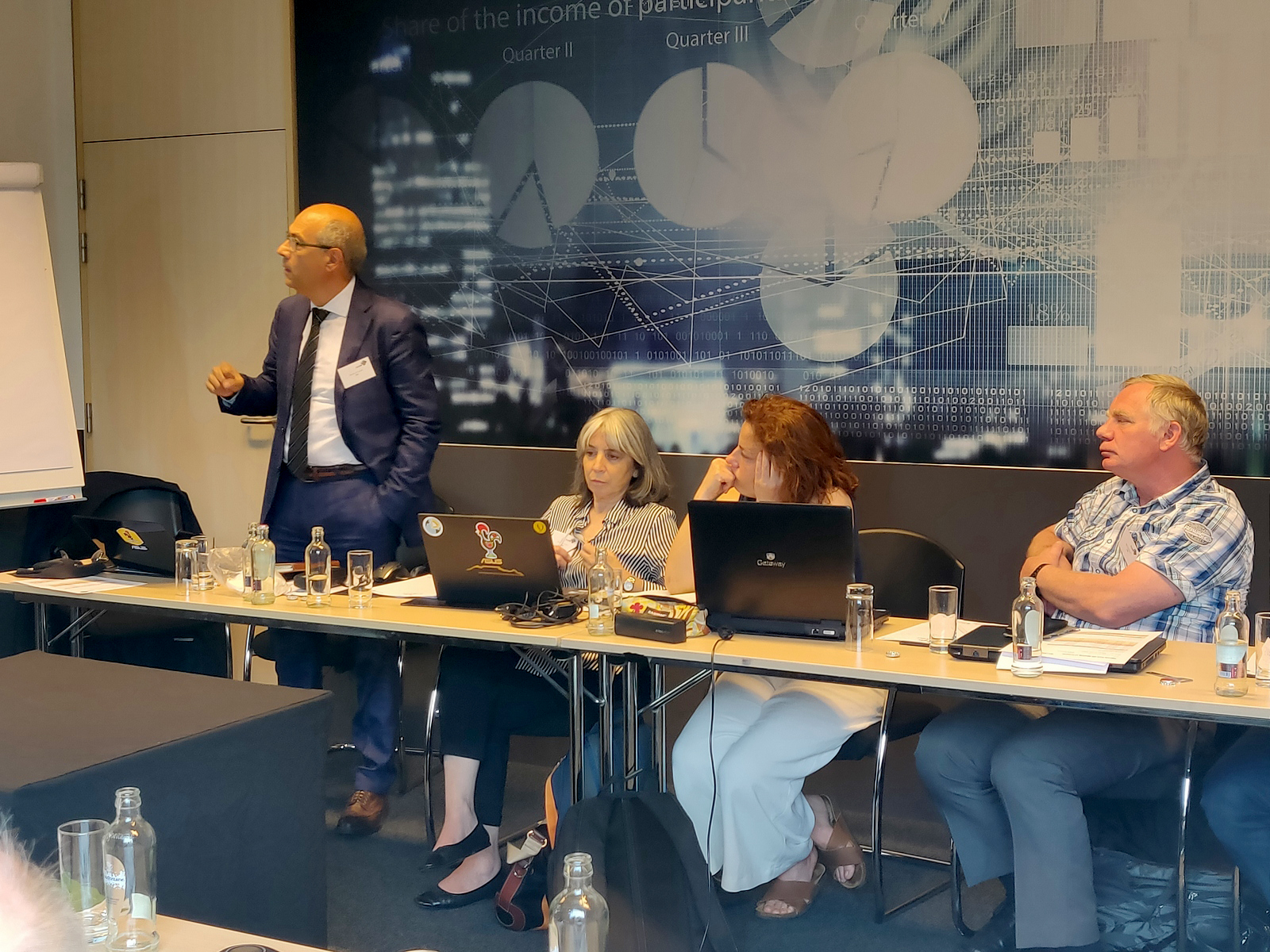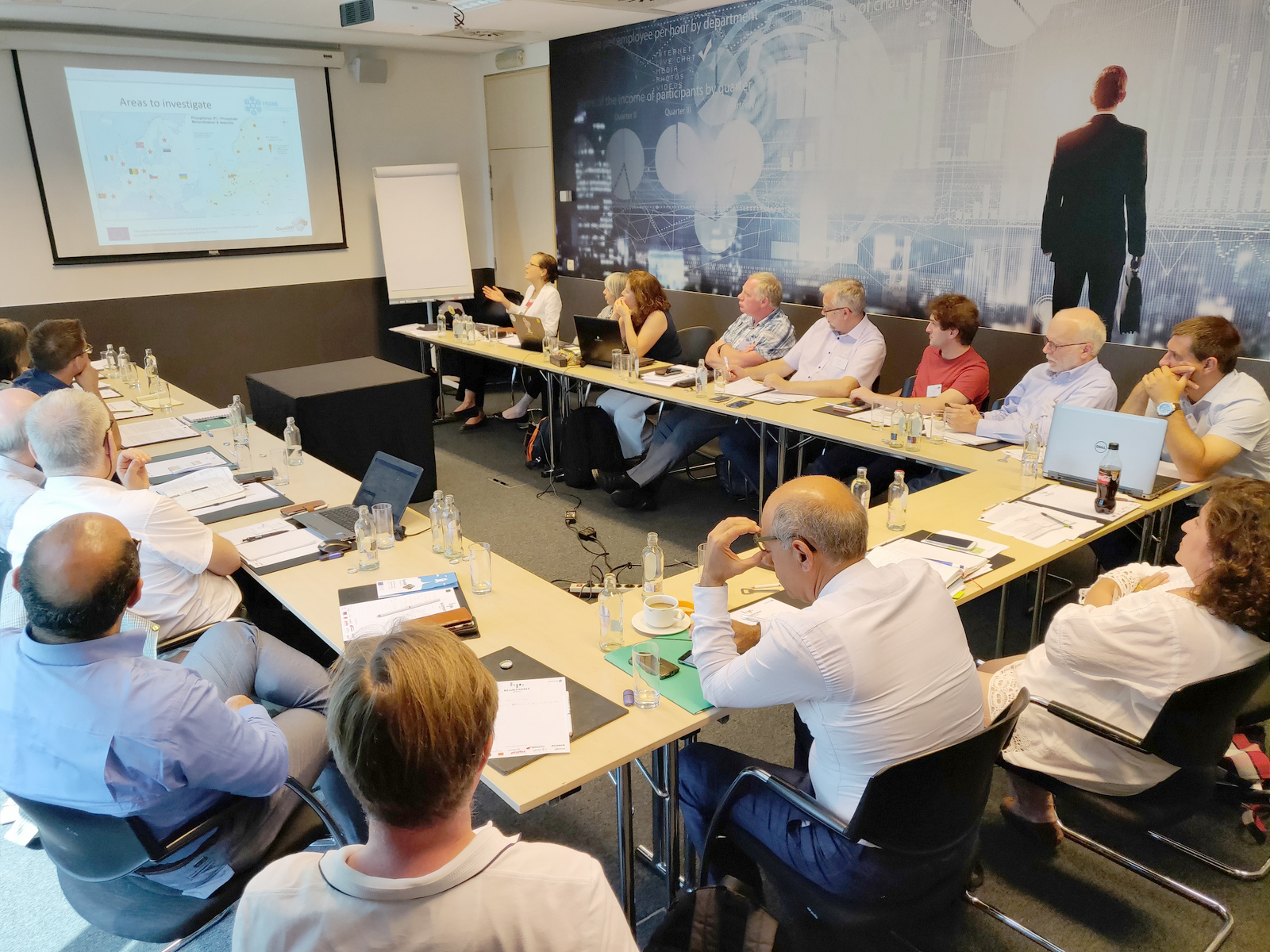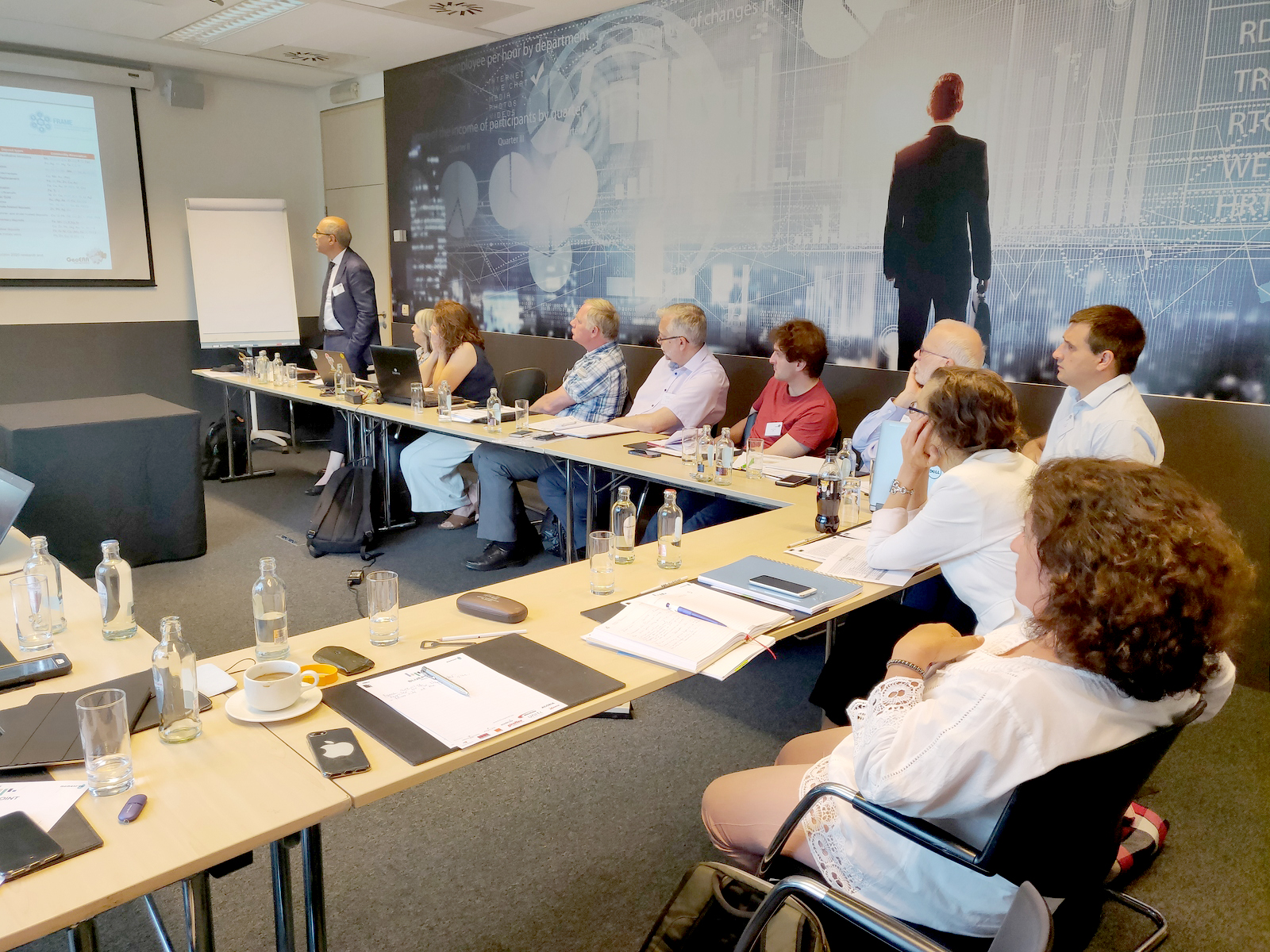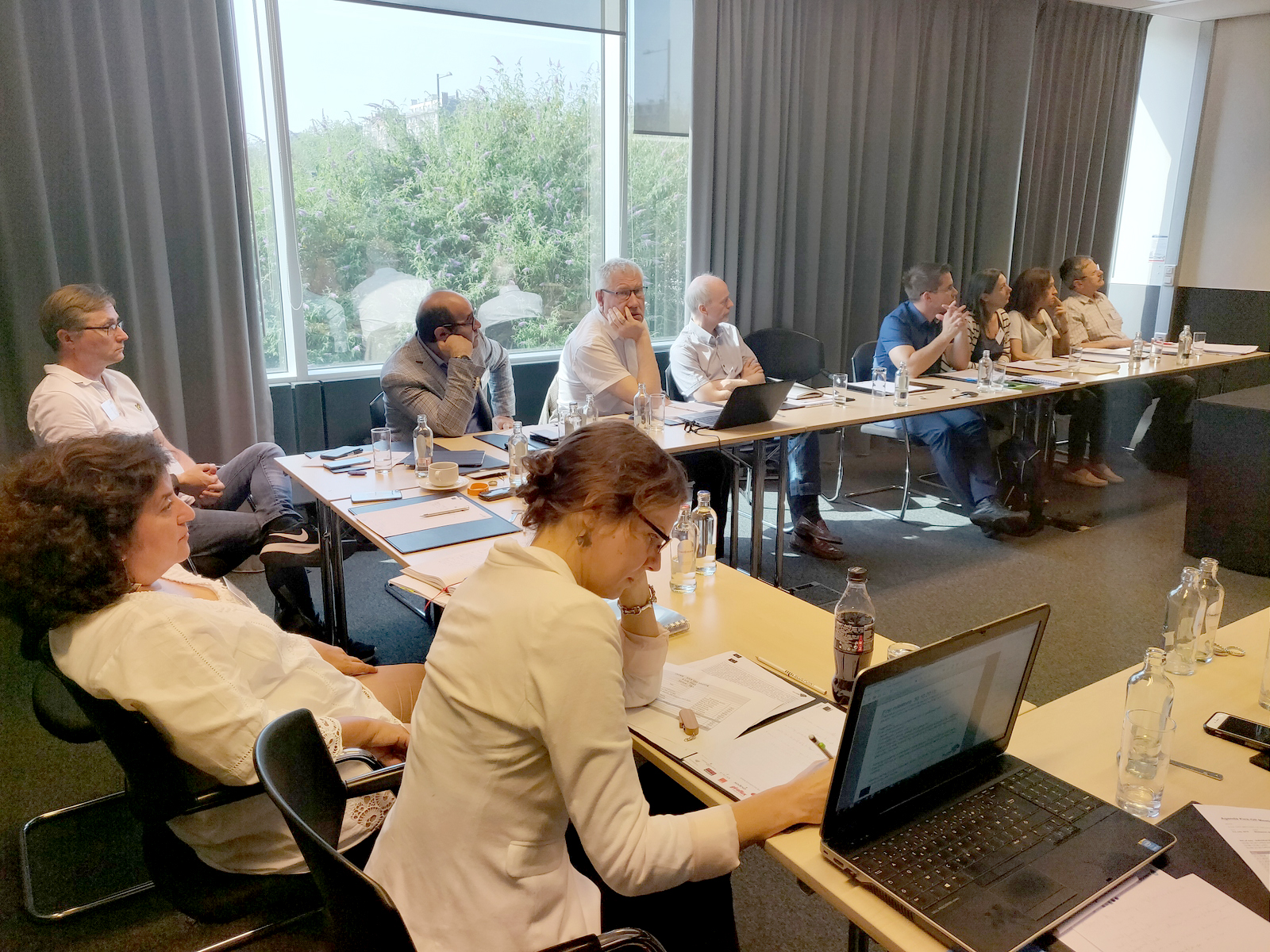Objectives
Unlike “more common metals” such as copper, zinc, lead and iron, many CRM do not form the main commodity (-ies) produced from operating mines, but are instead recovered as by-products (‘companion metals’) of the primary ores at some stage during processing. Europe has a rich and diverse mineral endowment including CRM, and a map showing the distribution of selected CRM deposits of Europe, based on the ProMine database was published by EGS’s Mineral Resources Expert Group during 2016 and an updated version base on the new CRM list was delivered in December 2017. Despite these efforts, there is still need for a more comprehensive pan-European identification and compilation of mineral potential and metallogenic areas of CRM. Such metallogenic areas can be defined by the presence of mineral occurrences and deposits, past and active mines, previous and ongoing exploration activities, favorable bedrock geology, geophysical signatures, geochemistry and predictive/prospectivity mapping.
The present project will build on previously and currently developed pan-European and national databases, and expand the strategic and CRM knowledge trough a compilation of mineral potential and metallogenic areas of critical raw materials resources in Europe, focused on related metal associations on land and the marine environment. Secondary resources, in terms of historical mining wastes and potential by-products will also be considered. The mineral resources targeted will have to extend beyond the current EU CRM list and include also minerals and metals (e.g. lithium, copper, and manganese) that are strategic for the European downstream industry in the mid- and long-term perspective.
To develop metallogenic research and models at regional and deposit scales, with special attention to strategic critical minerals for which the EU is highly dependent, in support of more efficient exploration and mining the following specific objectives need to be addressed:
• Identify and define the strategic minerals and metals that will make part of the metallogenetic map and related interpretations, focused on the current list of CRM, but considering also the strategic importance of some of those which were among the original candidates, such as phosphate rock, lithium, graphite, cobalt, niobium, tantalum, and others such as selenium, silver, copper, manganese, lead and iron ore. All minerals and metals collected and selected to be part of the metallogenetic map will simply go under the term CRM.
• Produce a metallogenetic map and increase the knowledge on the CRM endowments and resource potential in Europe and EU seas, based on,
– Mineralisations and deposits on land and the marine environment in which CRM make the main commodities, e.g. REE minerals related to carbonatite, nepheline syenites, pegmatites or paleoplacers, tungsten deposits related to granites, lithium feasible pegmatites, graphite hosted by schists.
– Mineralisations and deposits on land and the marine environment in which CRM make associated commodities, e.g. REE in bauxite deposits and manganese nodules; cobalt in nickel deposits and ferromanganese crusts; vanadium in iron-titanium deposits;, indium and tellurium in VMS and epithermal gold deposits
– Secondary resources, in terms of historical and modern mineral-based mining wastes (waste rocks, processing tailings, metallurgical residues) and by-products, e.g. REE in apatite concentrates related to iron extraction and red mud derived from alumina refining; indium in the waste streams of lead-zinc sulphide mining.
• Better understanding of the ore genetic links between major deposit types and hosted critical mineral and metal associations. Understanding also the mineralizing processes in different environments, including current deep sea, and using this understanding to predict and develop new mineral deposits or deposit types. This research also involves the characterization of ores, rocks, primary and secondary deposits etc. for significant elements and minerals, whose importance has increased and/or which represent cases where the occurrence is poorly understood or constrained. This objective and target will be interlinked and interactive with the tasks undertaken and the achievements resulted from GeoERA RM3 Metallogeny that will address the main deposit types and commodities.
• Be able to identify conditions and processes involved in the formation of the STR and CRM-potential deposits and develop conceptual models for their formation.
• Predictive targeting based on GIS exploration tools, of high potential mineral provinces and mining districts.
• Provide potential CRM resource estimates based on the UNECE classification system in close cooperation with RM 1/WP 5 on UNCF system.
• Display and distribute the map and description on the Information platform.
• Highlight mineral resources criticality to high-tech economy and downstream sectors.
This project will collect and act as a source of mineral information data that will support the continuous work going on in the DG-Grow, Raw Materials Supply Group and the Ad Hoc Working Group on Criticality of the EU commission.
Relation to existing programmes and projects:
European projects including the CRM dimension are M4EU, EuRare, ProSUM, ProMine and SCRREEN. An important output from the M4EU project is the European minerals knowledge data platform (EUMKDP) and the Minerals Yearbook. The ProSUM project which has just finished at year end 17 delivered the EU Urban Mine Knowledge Data Platform (EU-UMKDP), including also mining wastes. There are also national projects going on targeting the ore potential of CRM at country level. EuRare has compiled an overview of REE metallogenetic belts in Europe. However, no pan-European map of major metallogenic provinces for a suite of CRM has been published.
